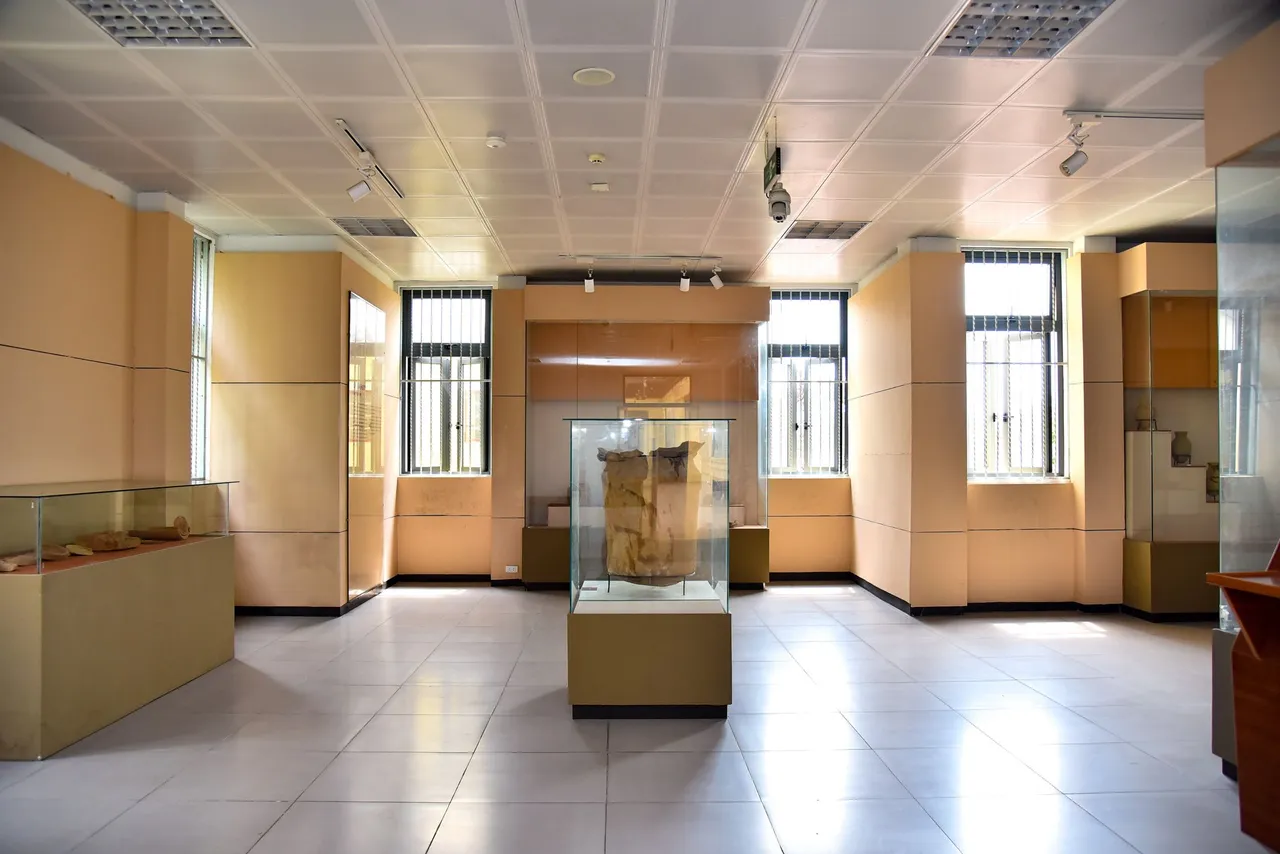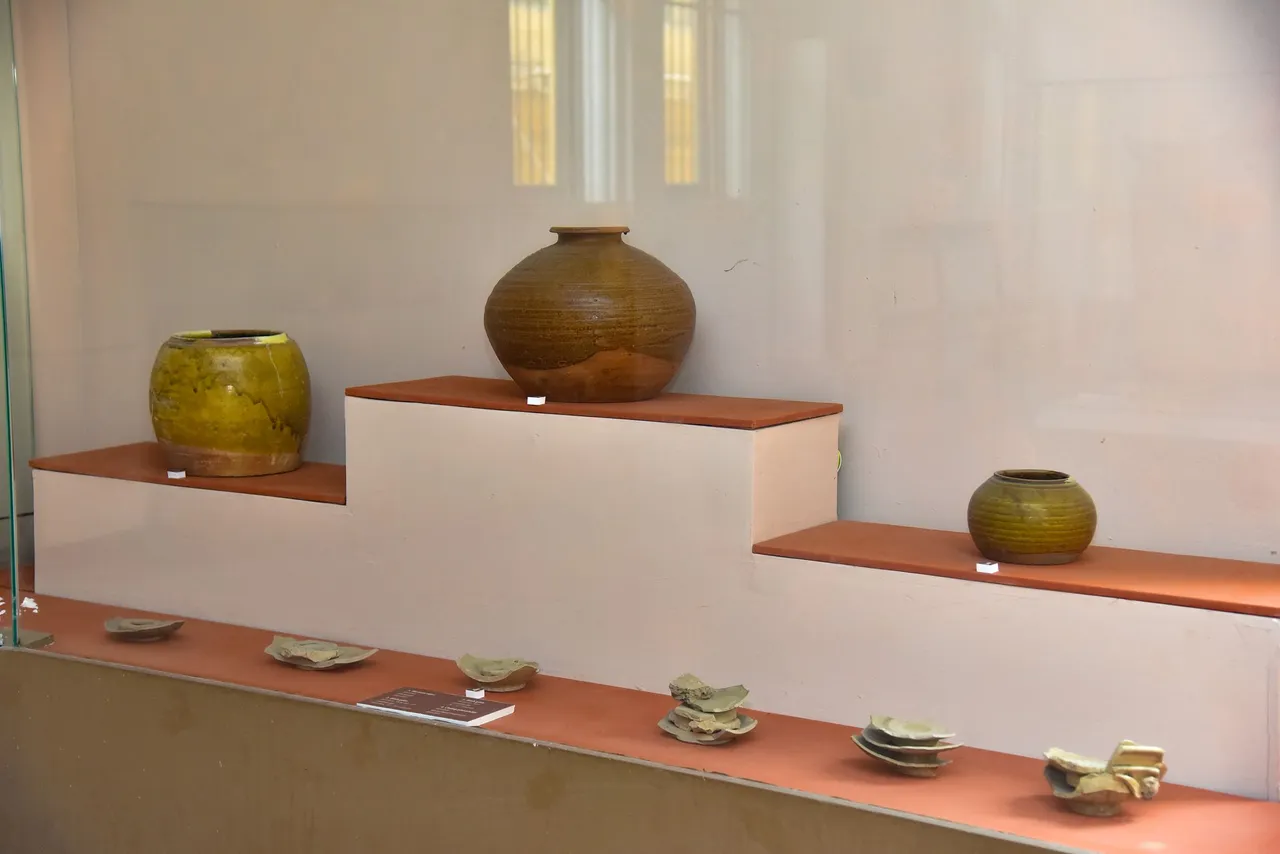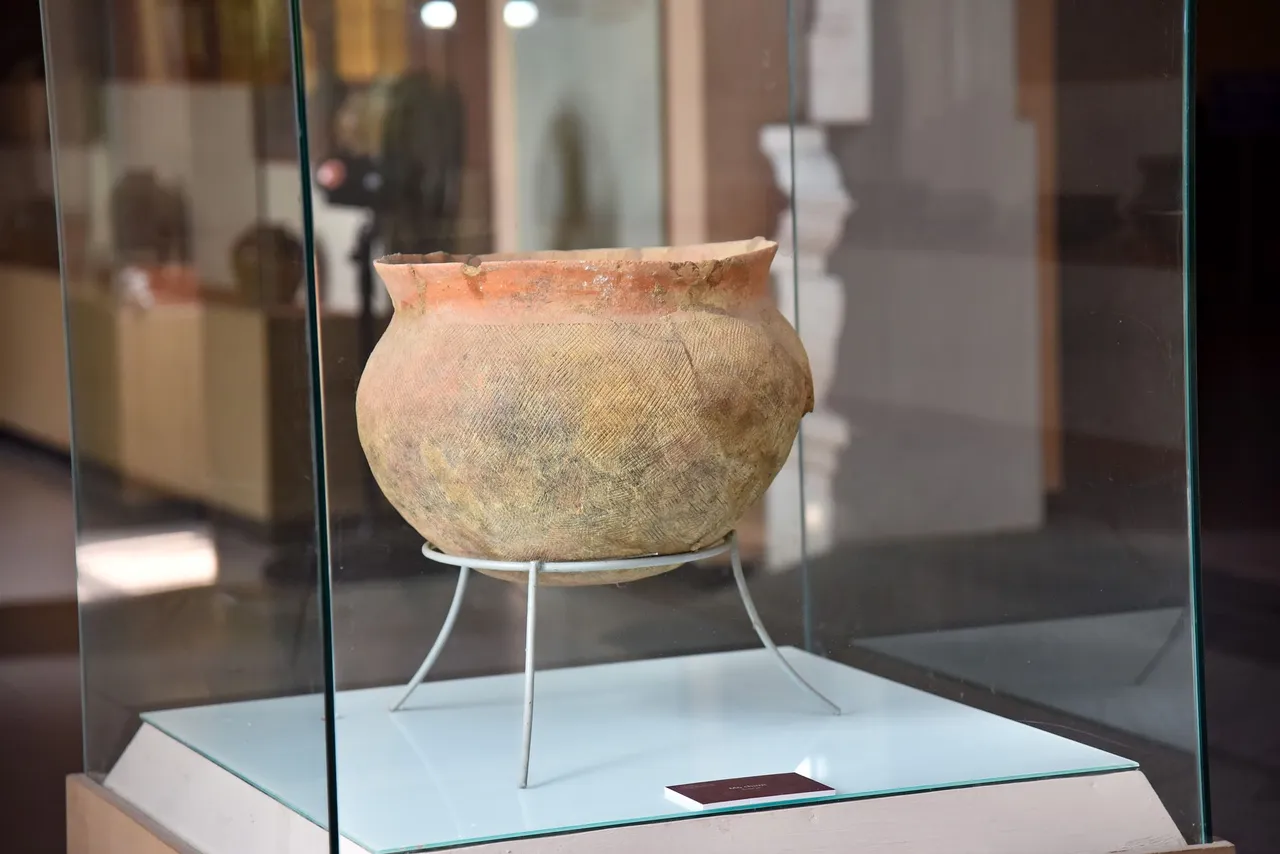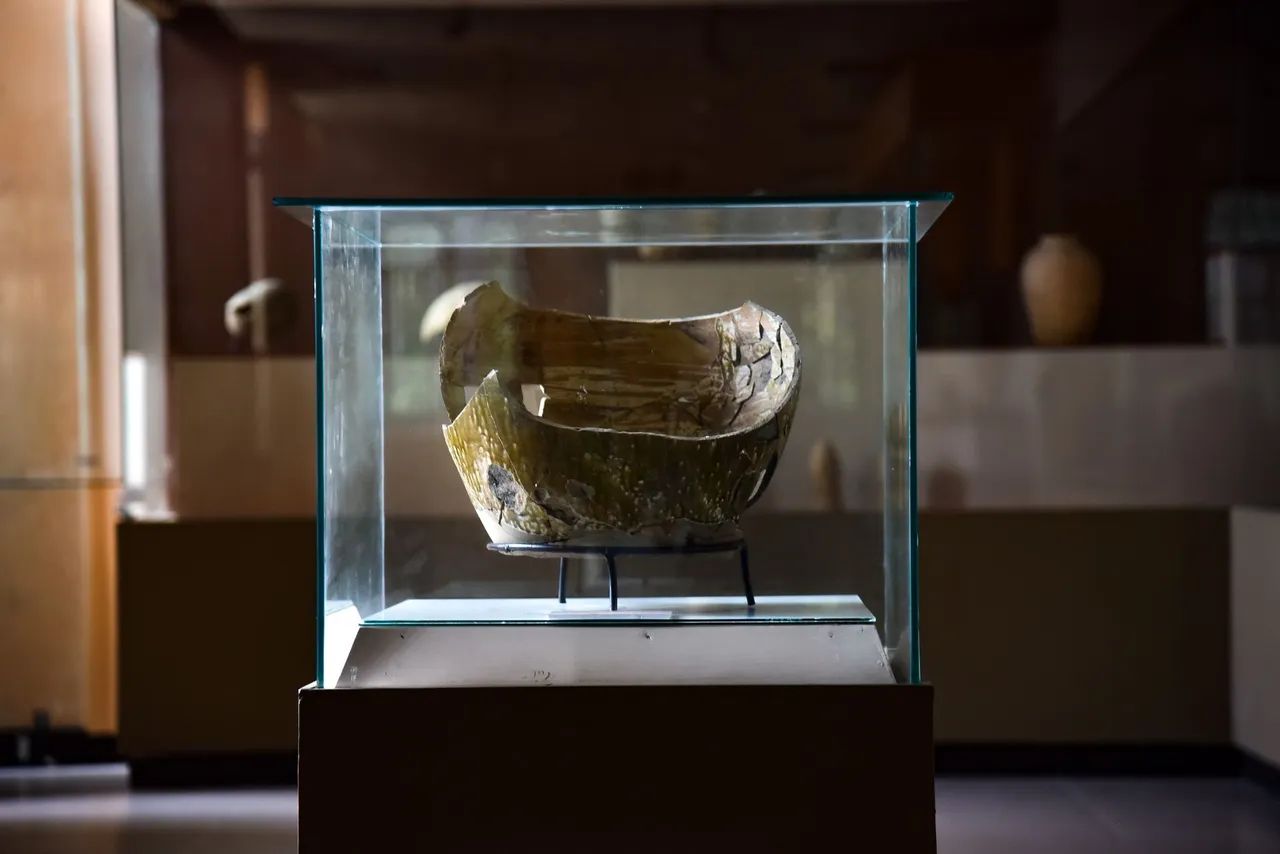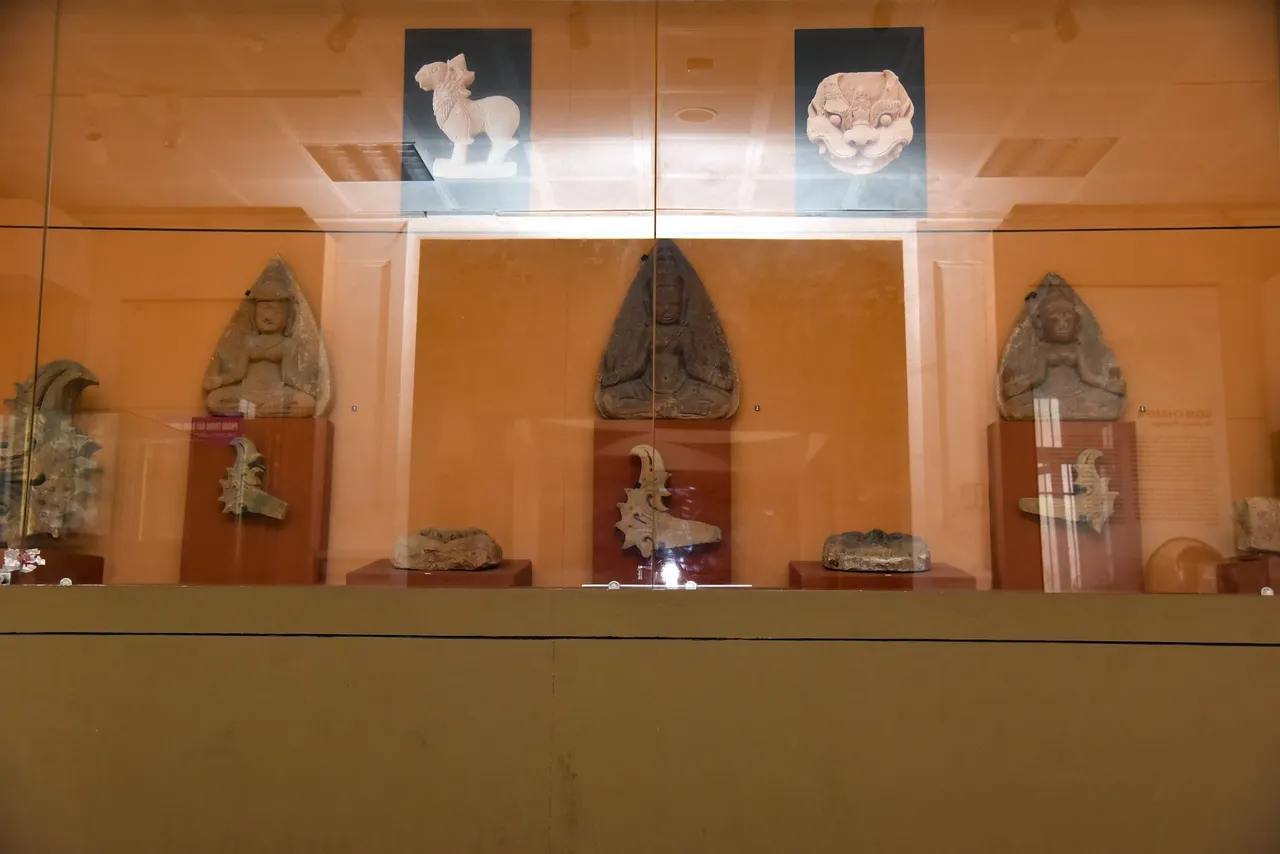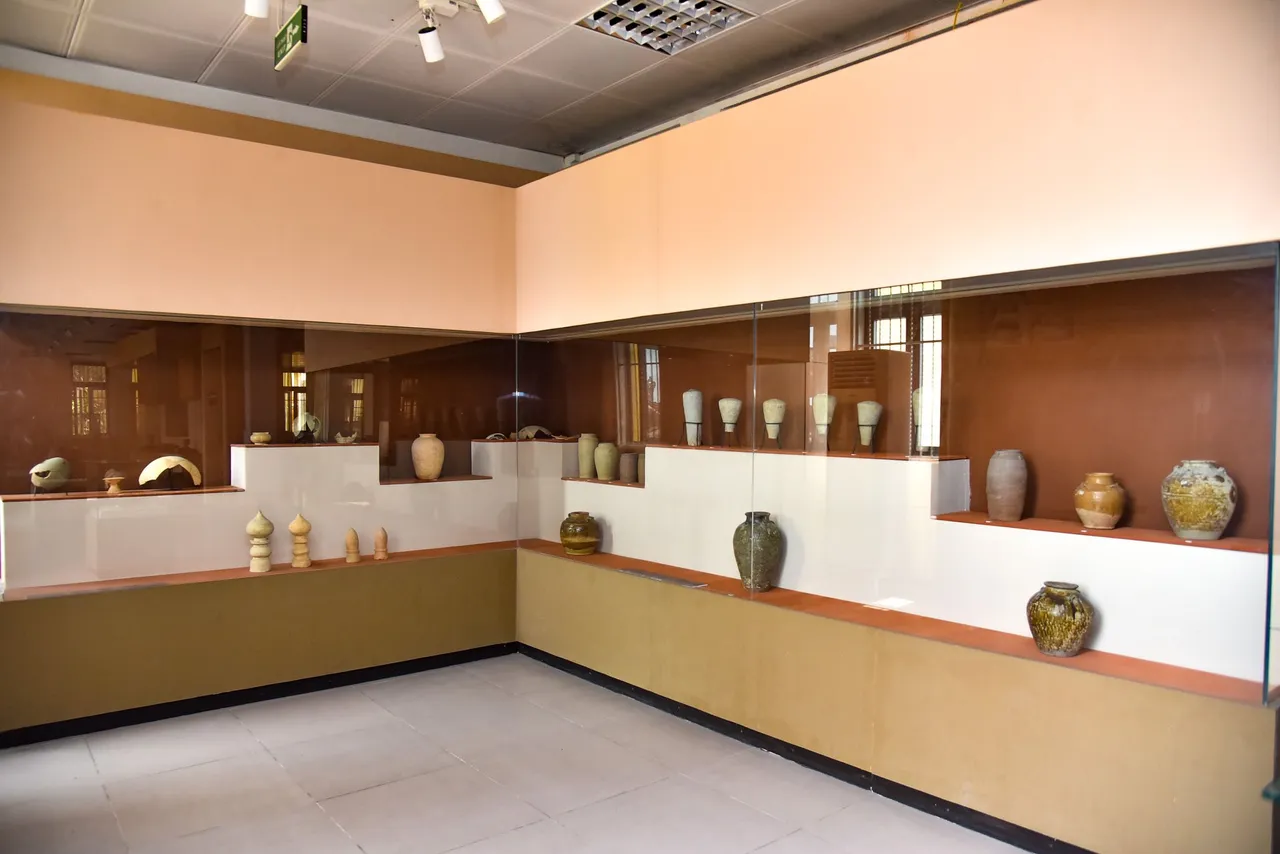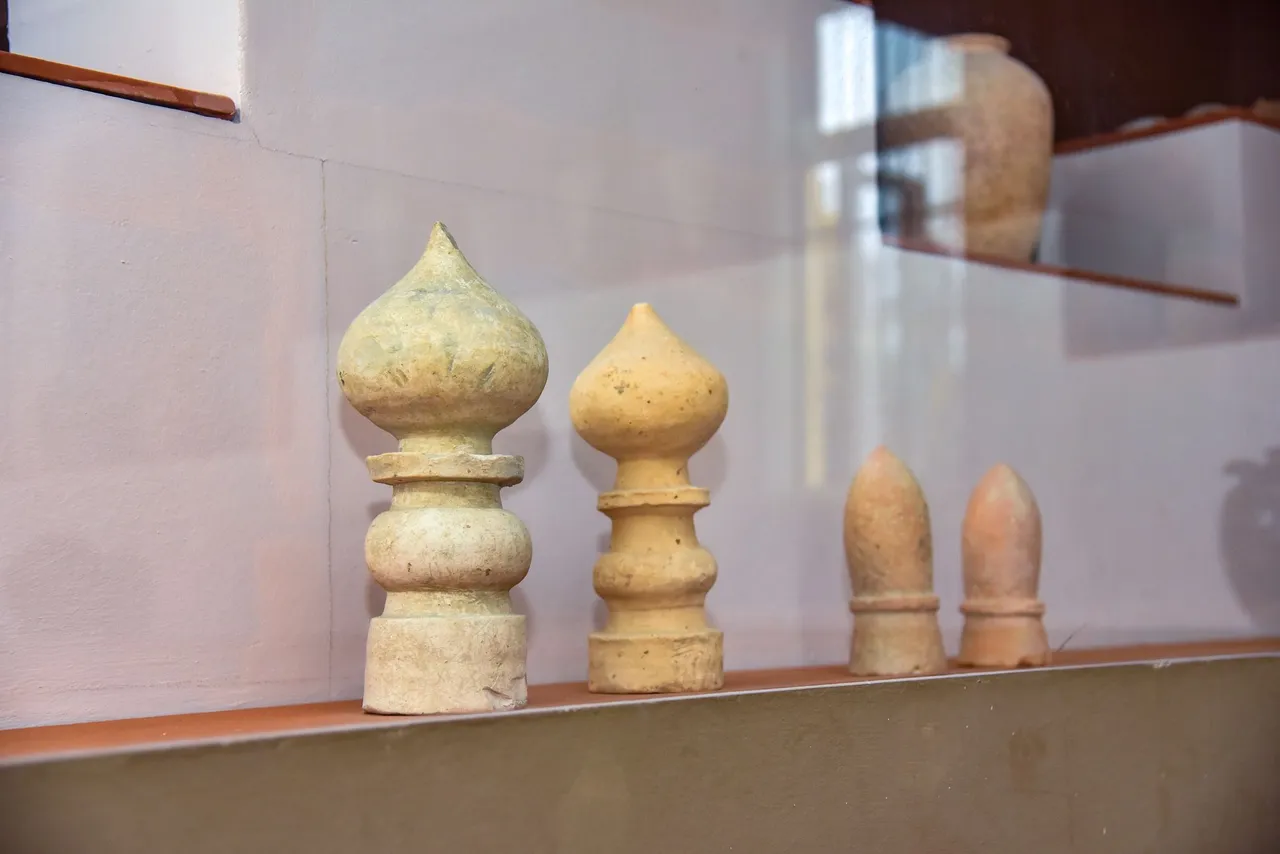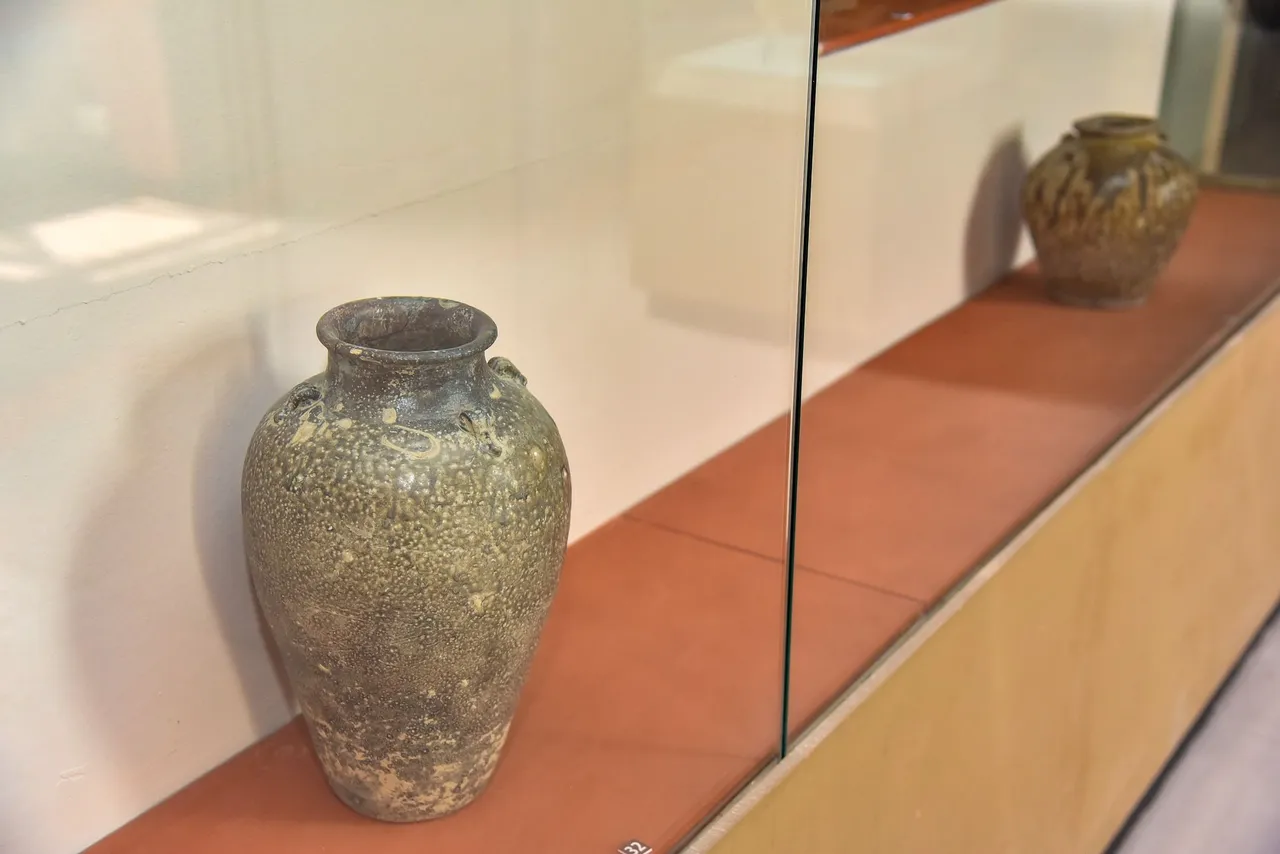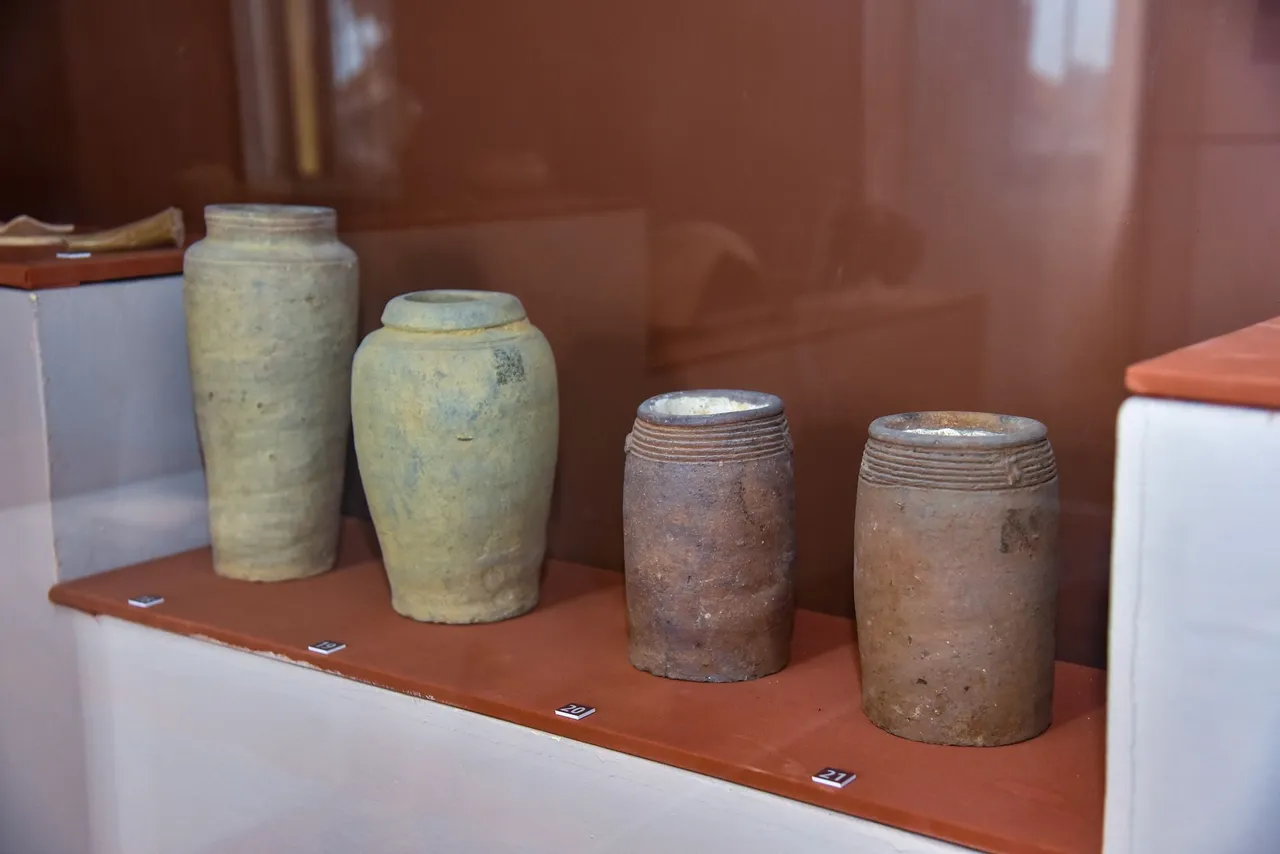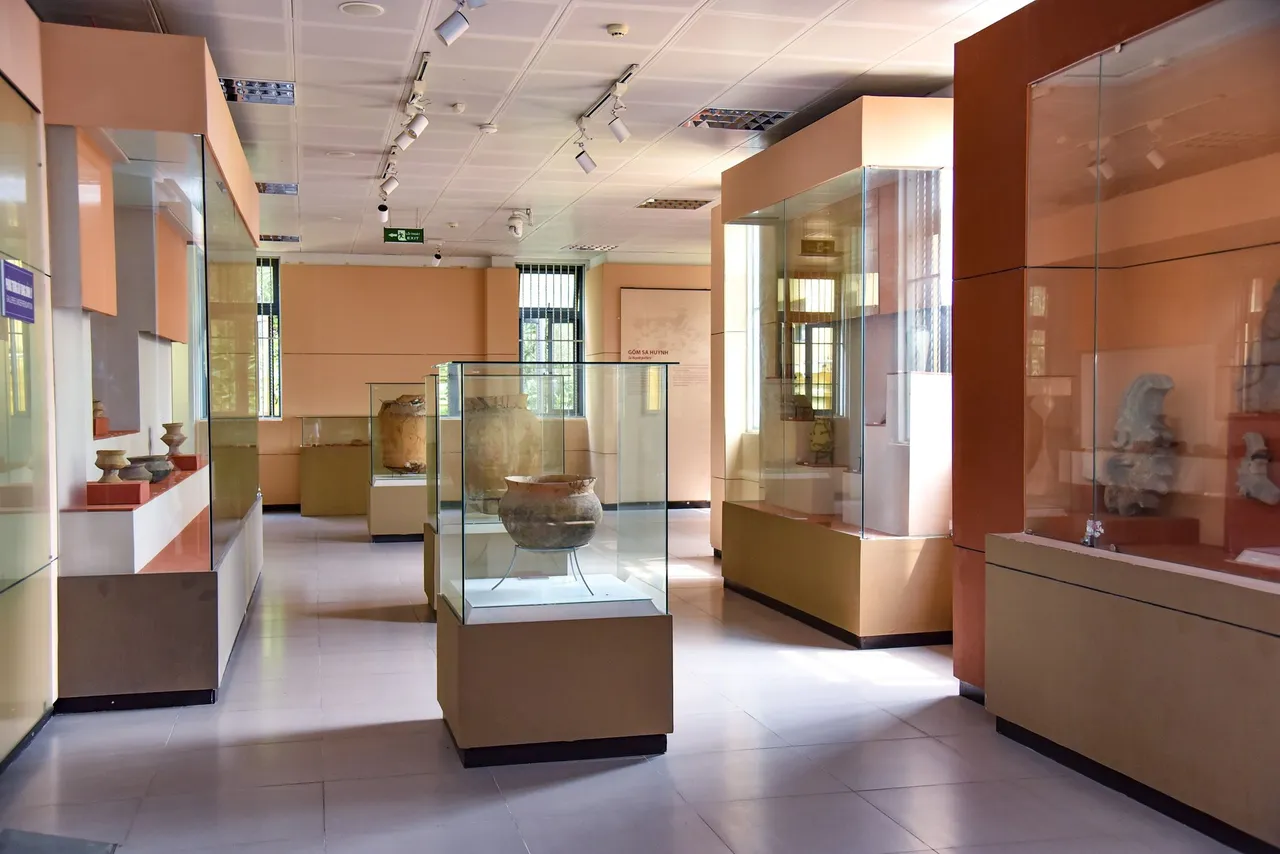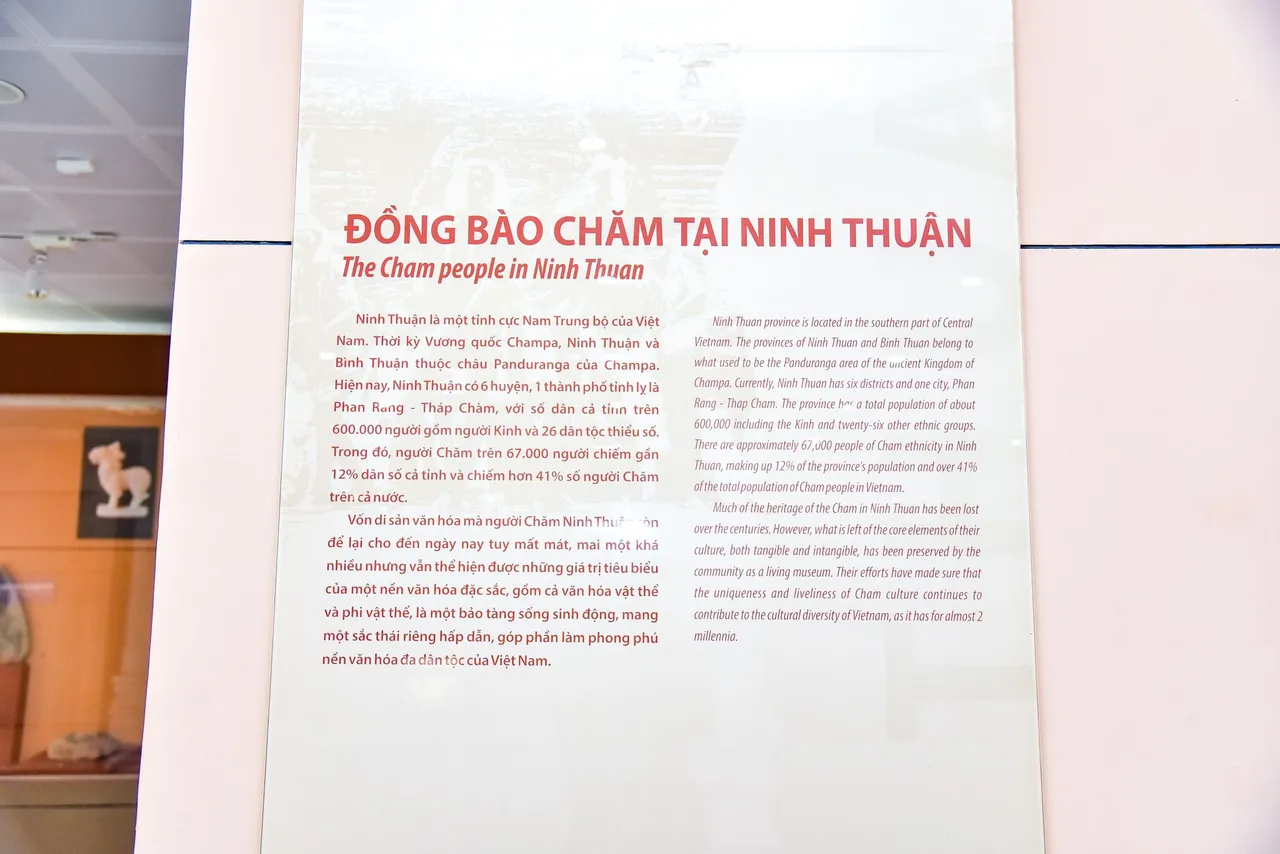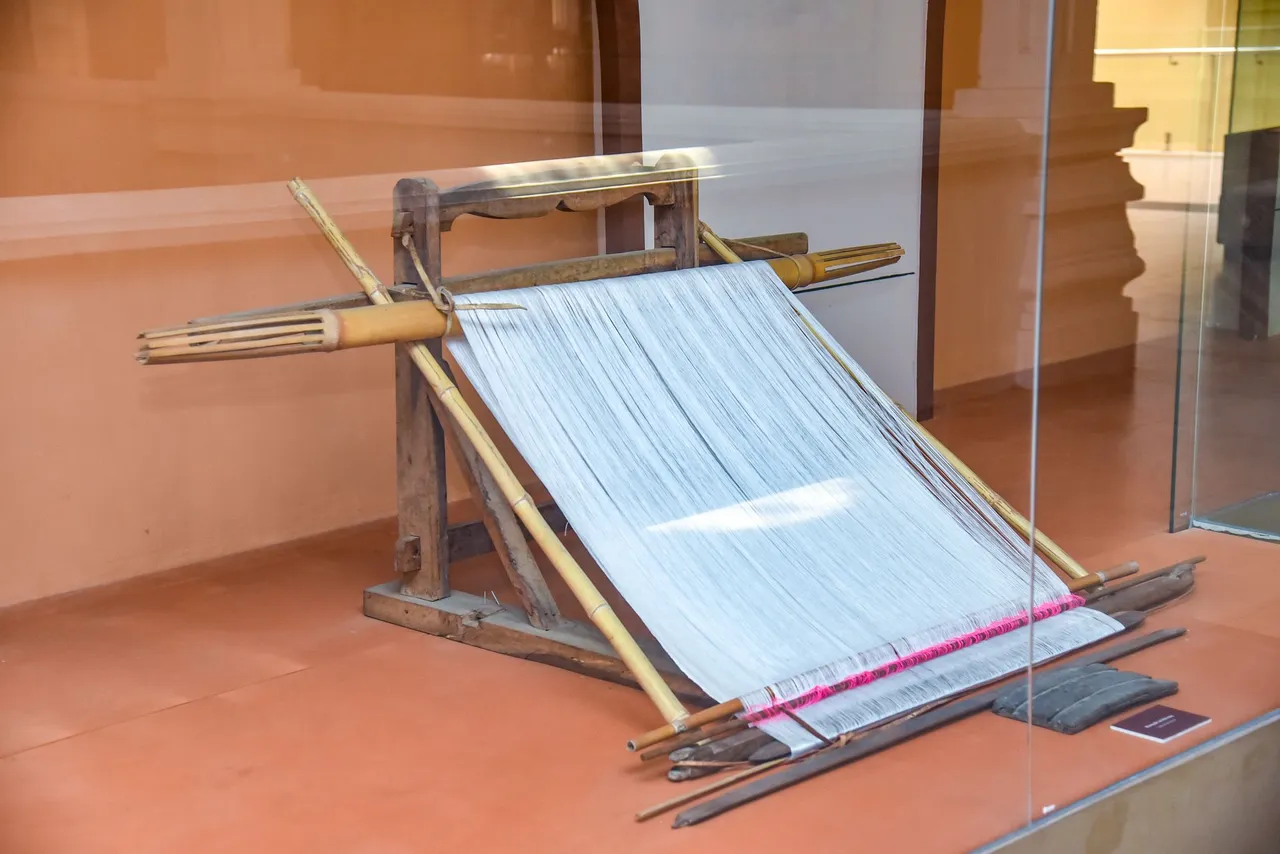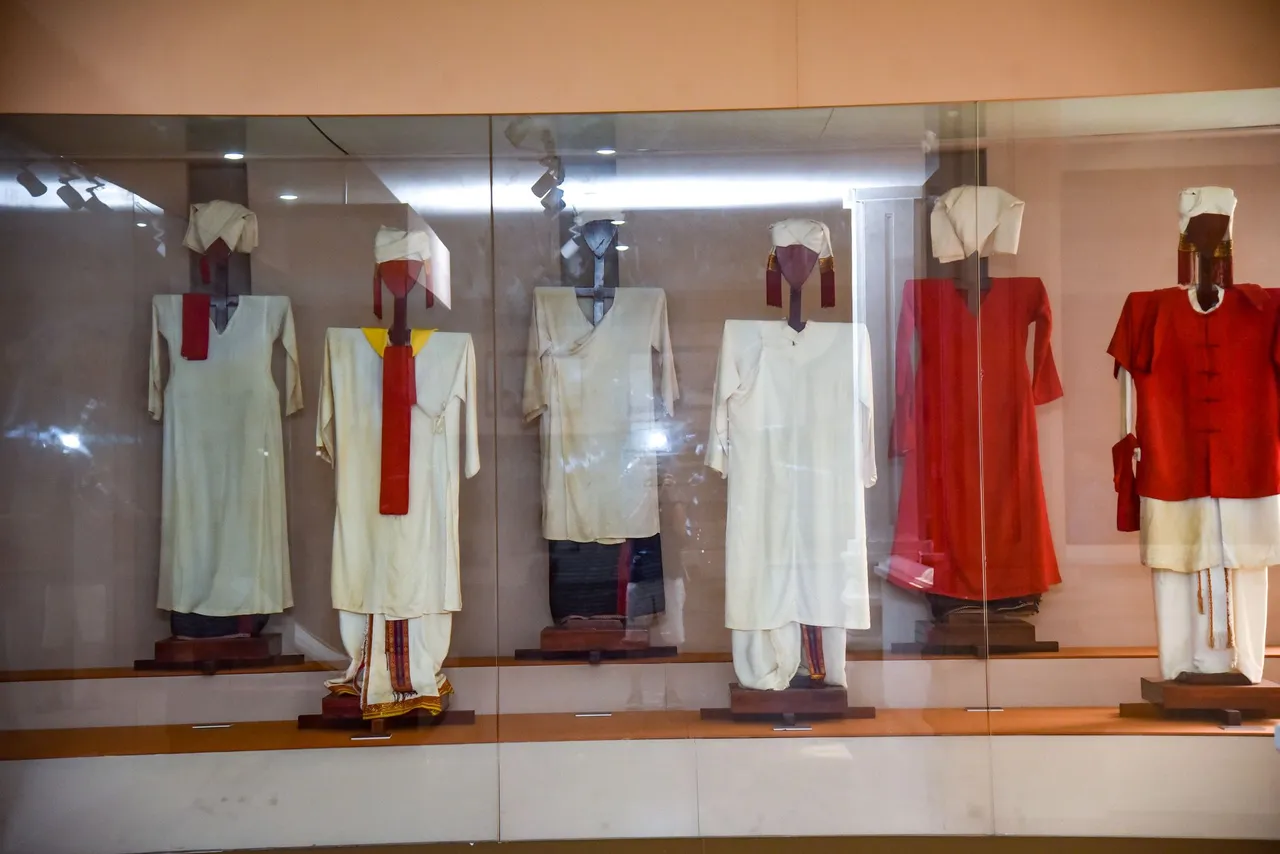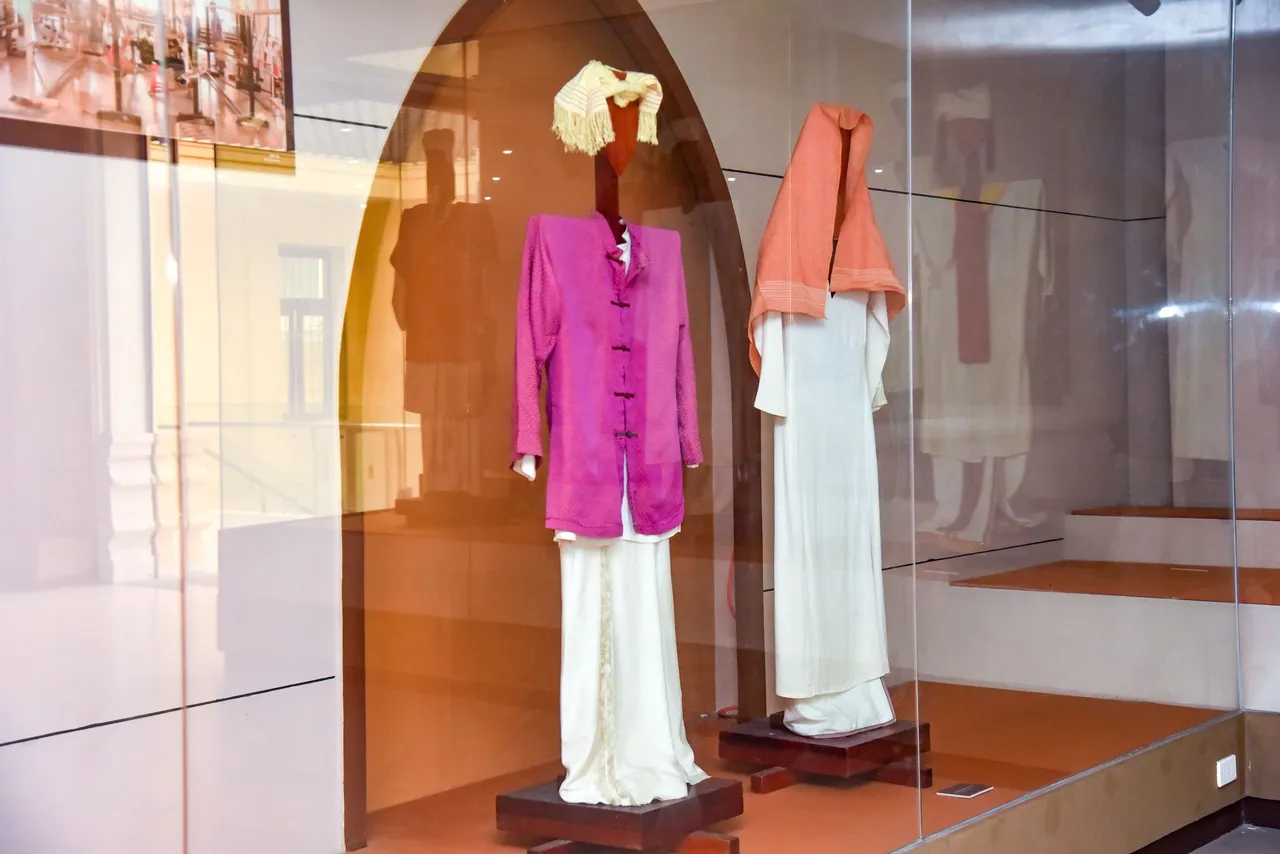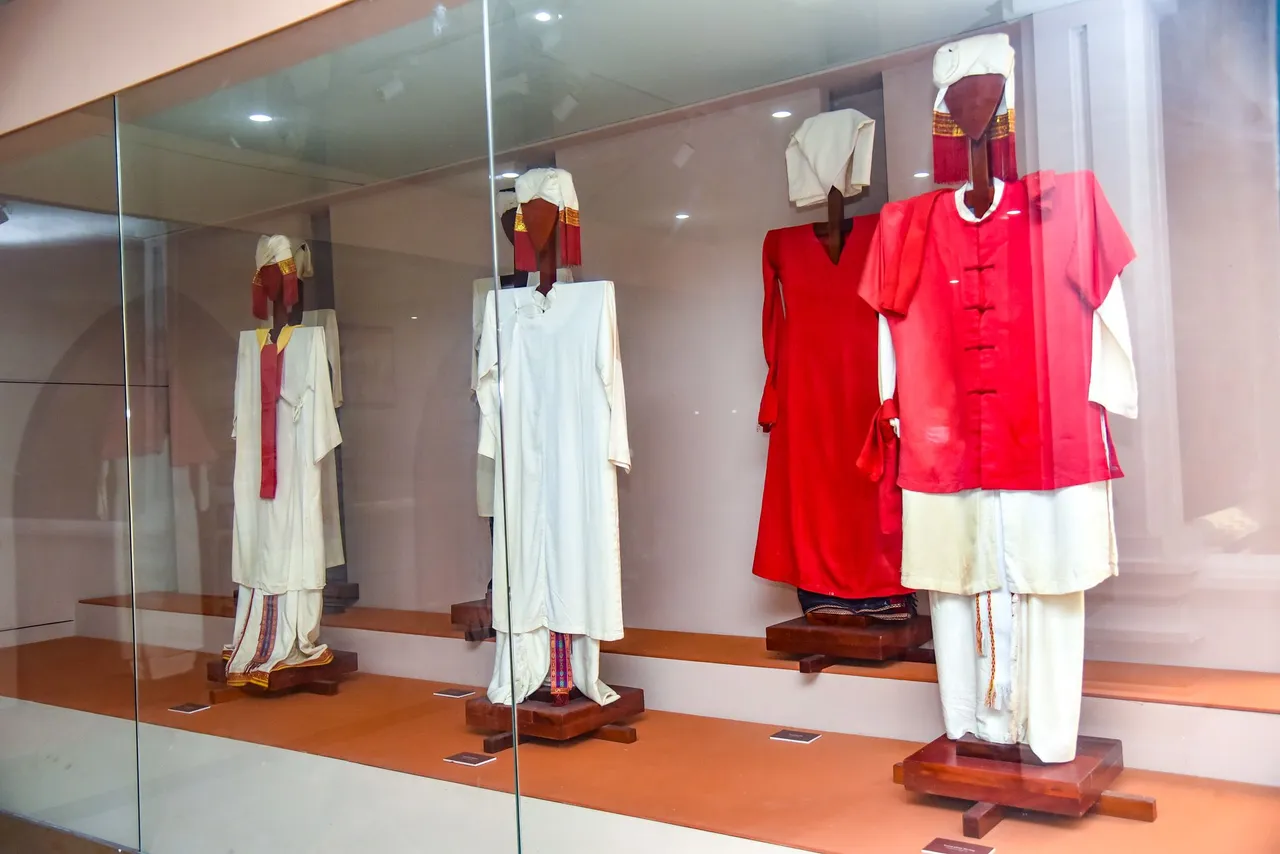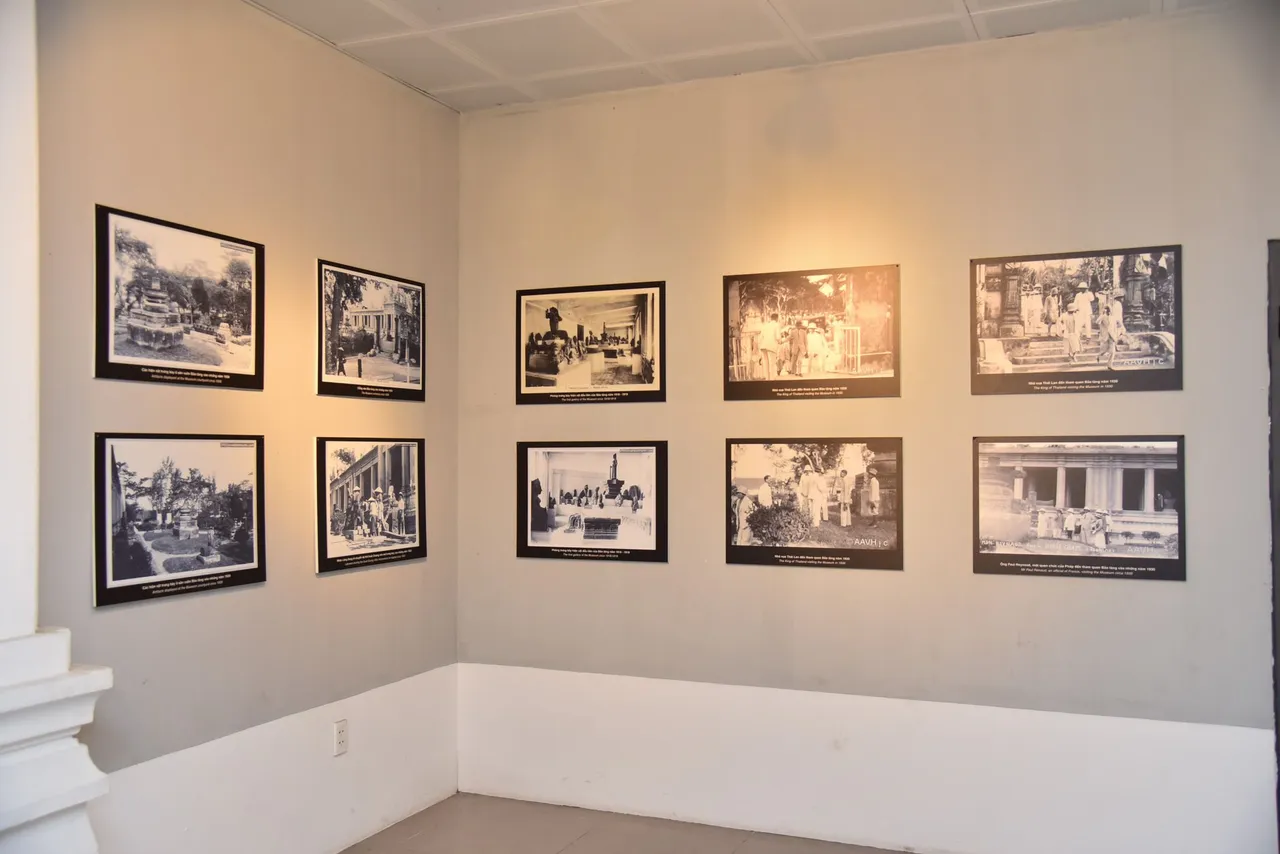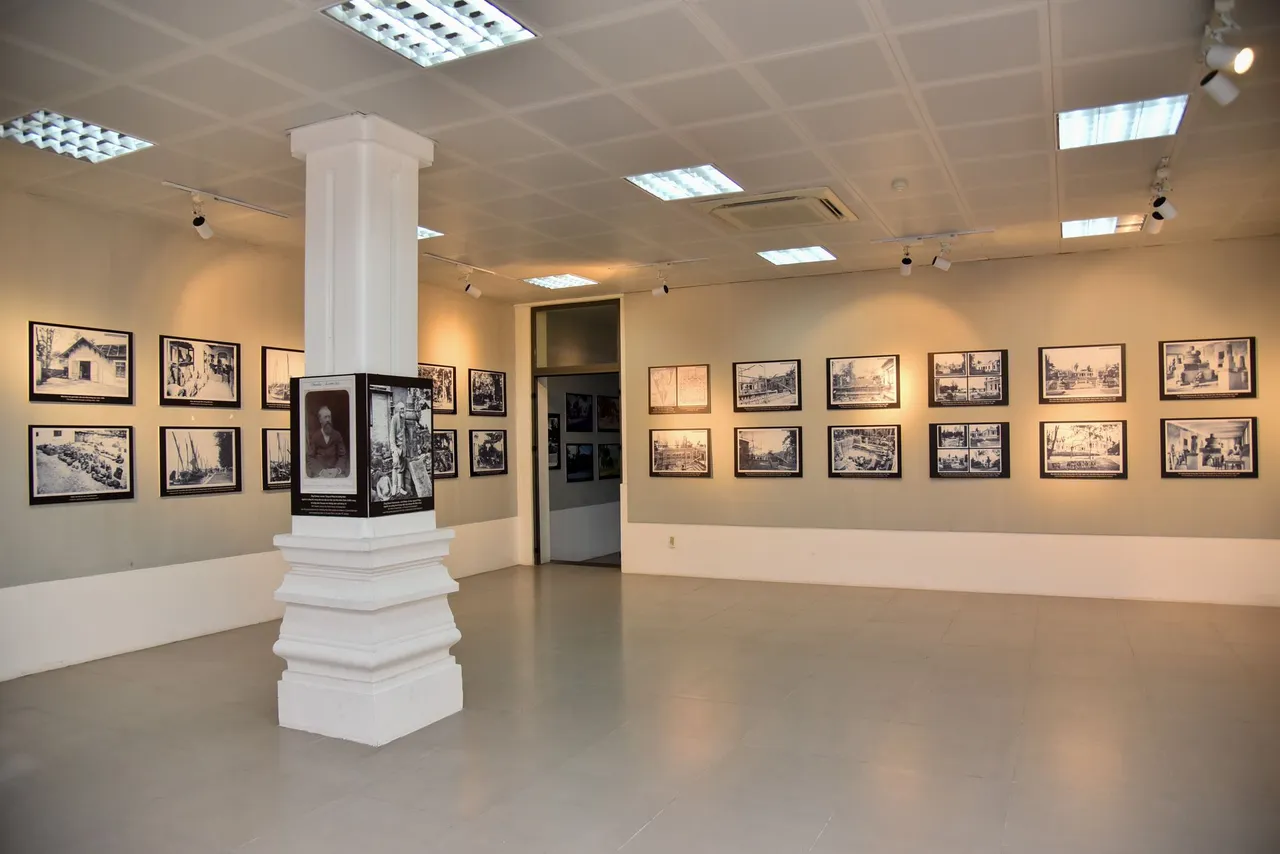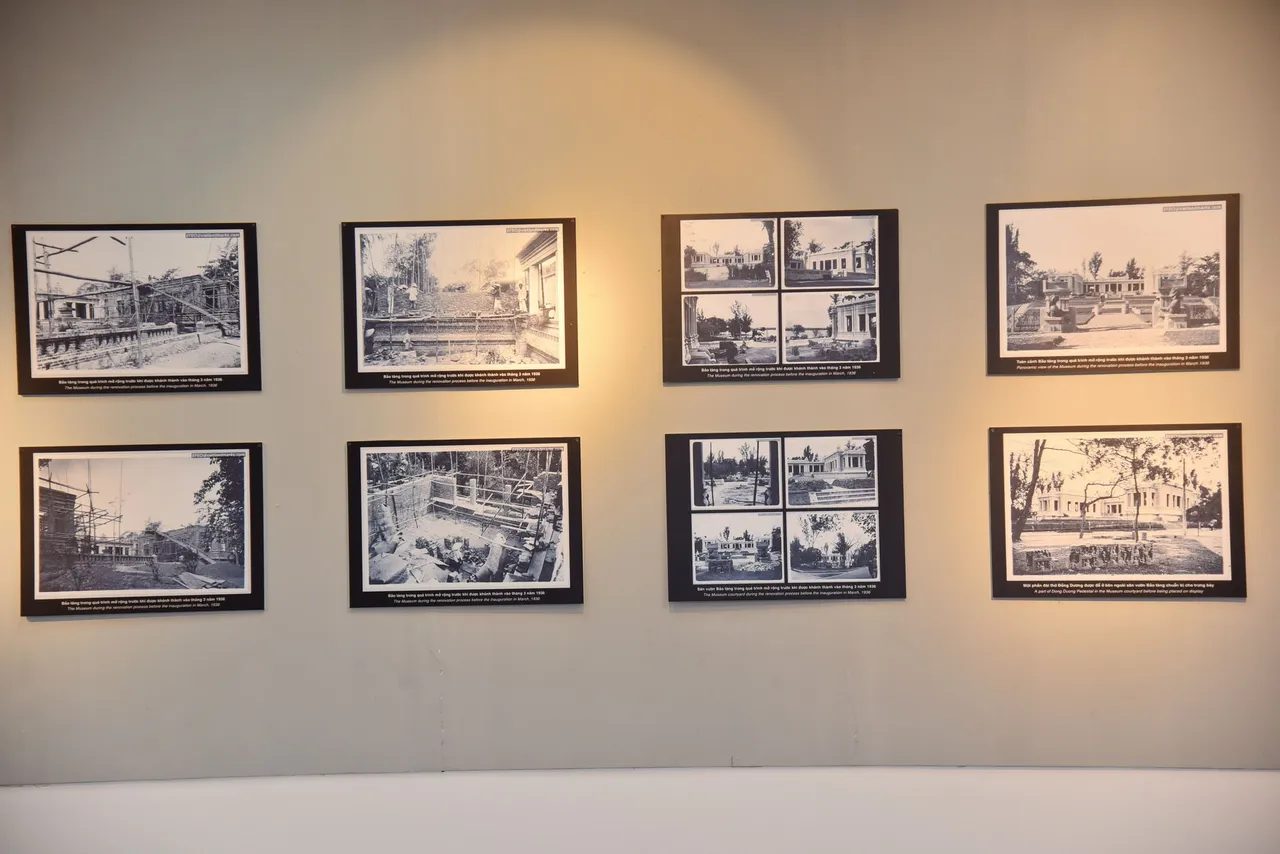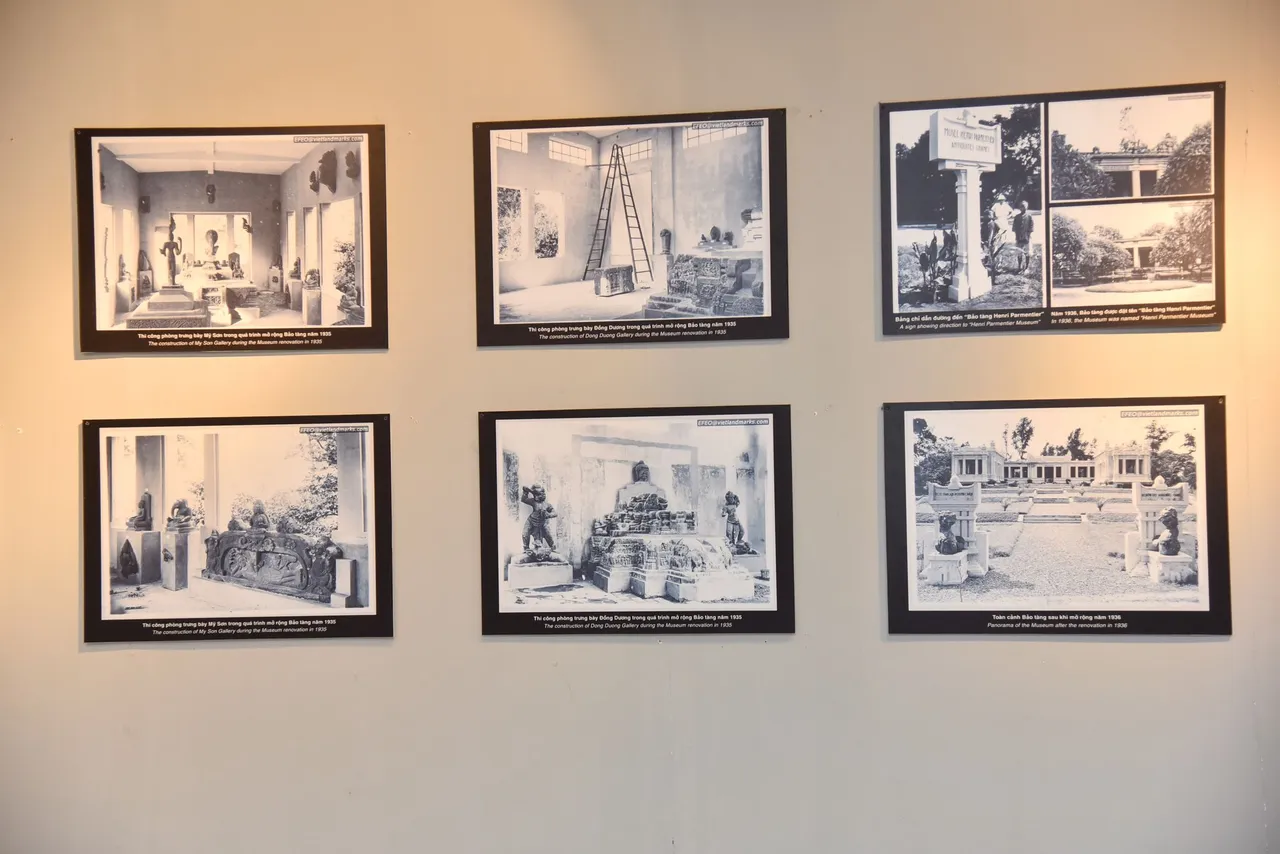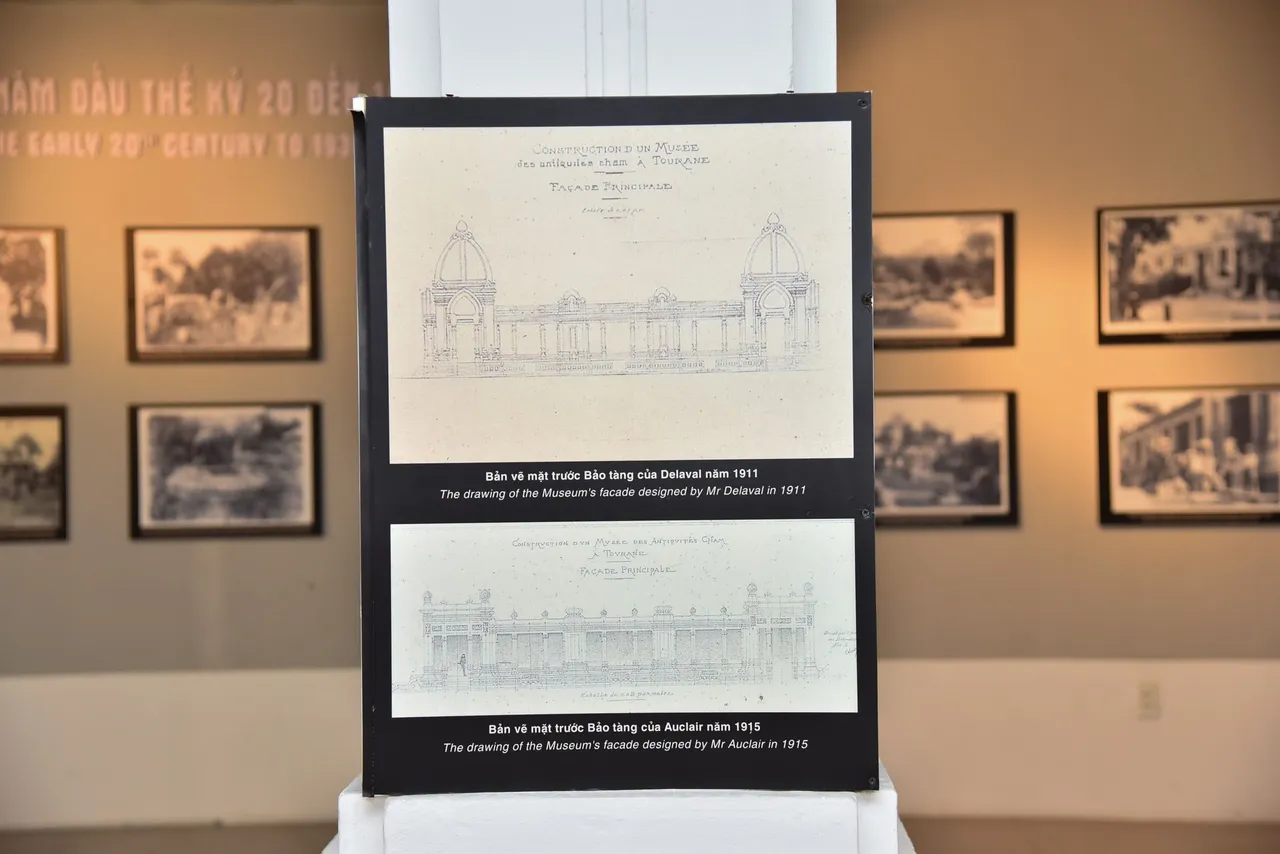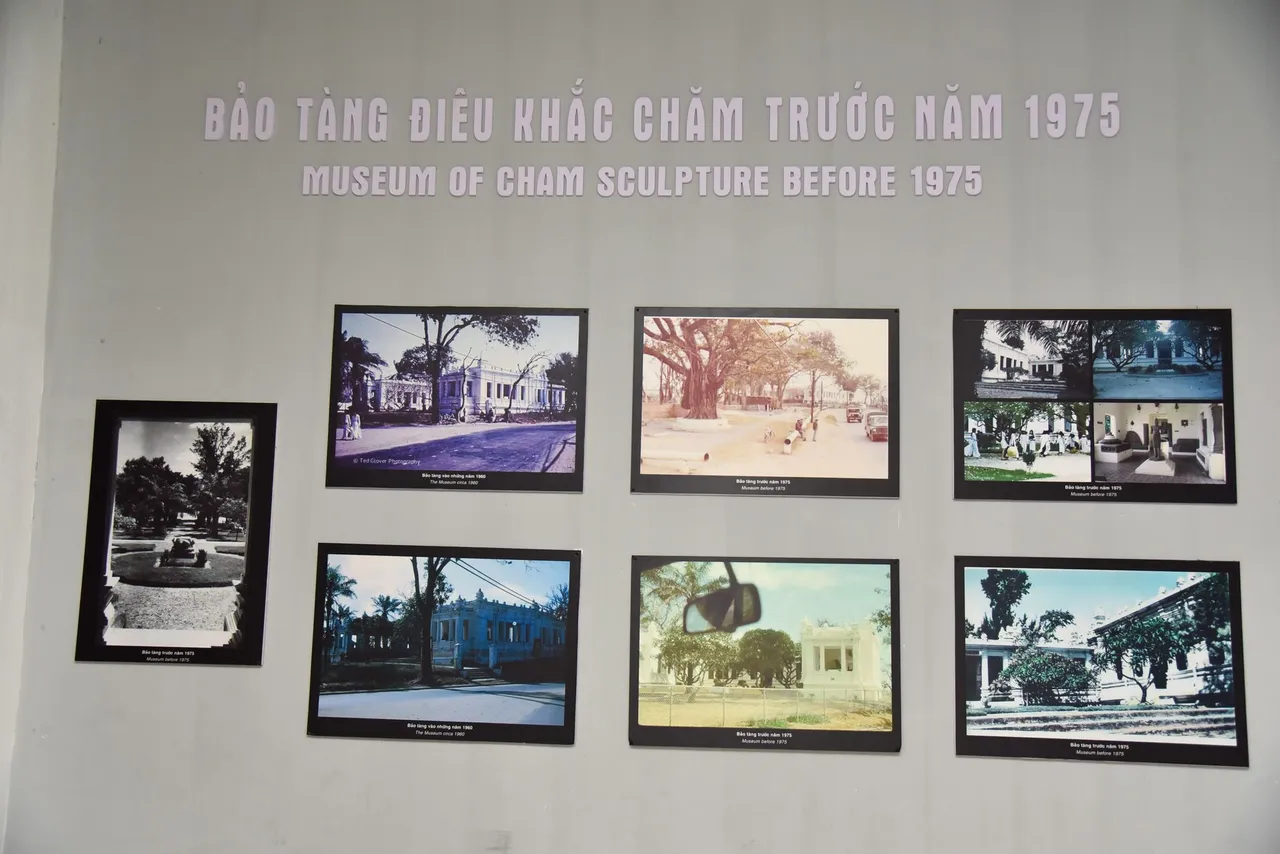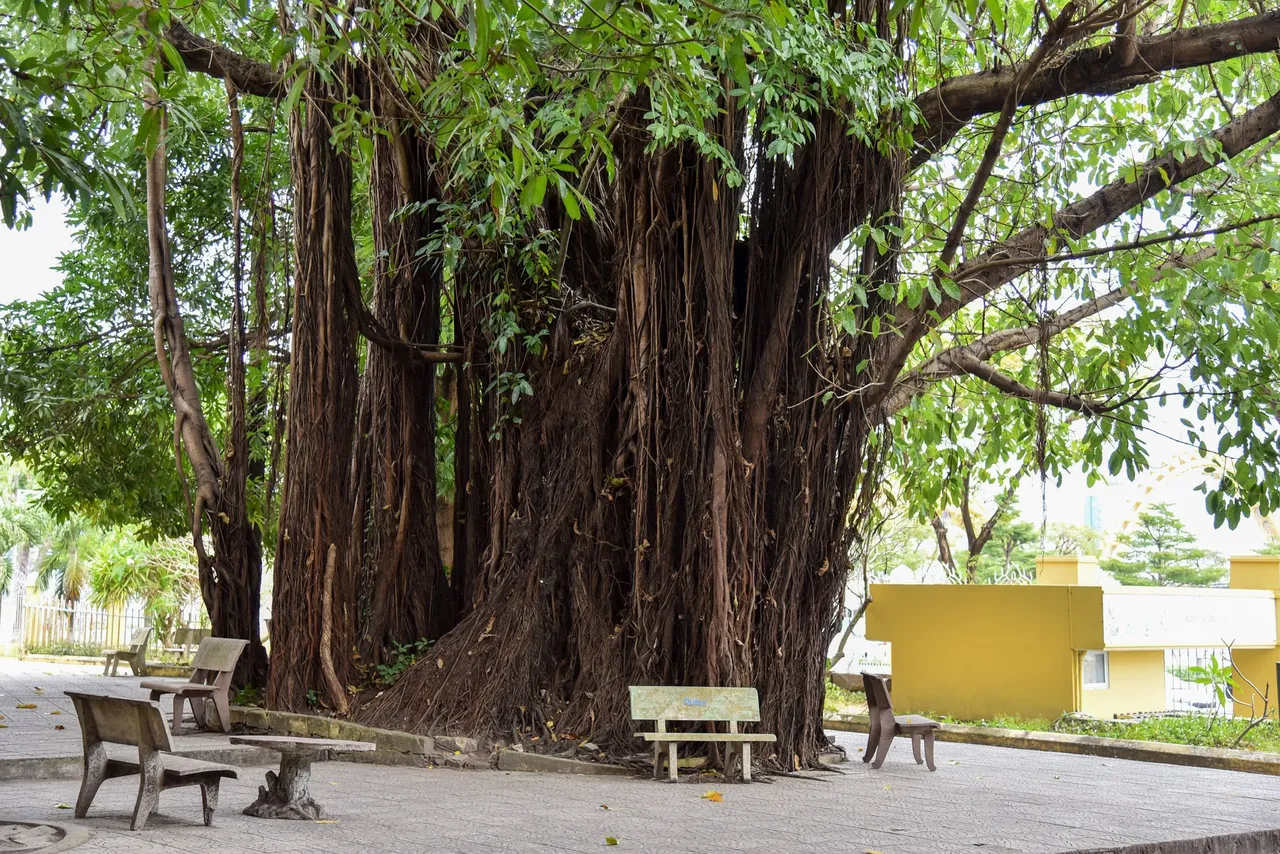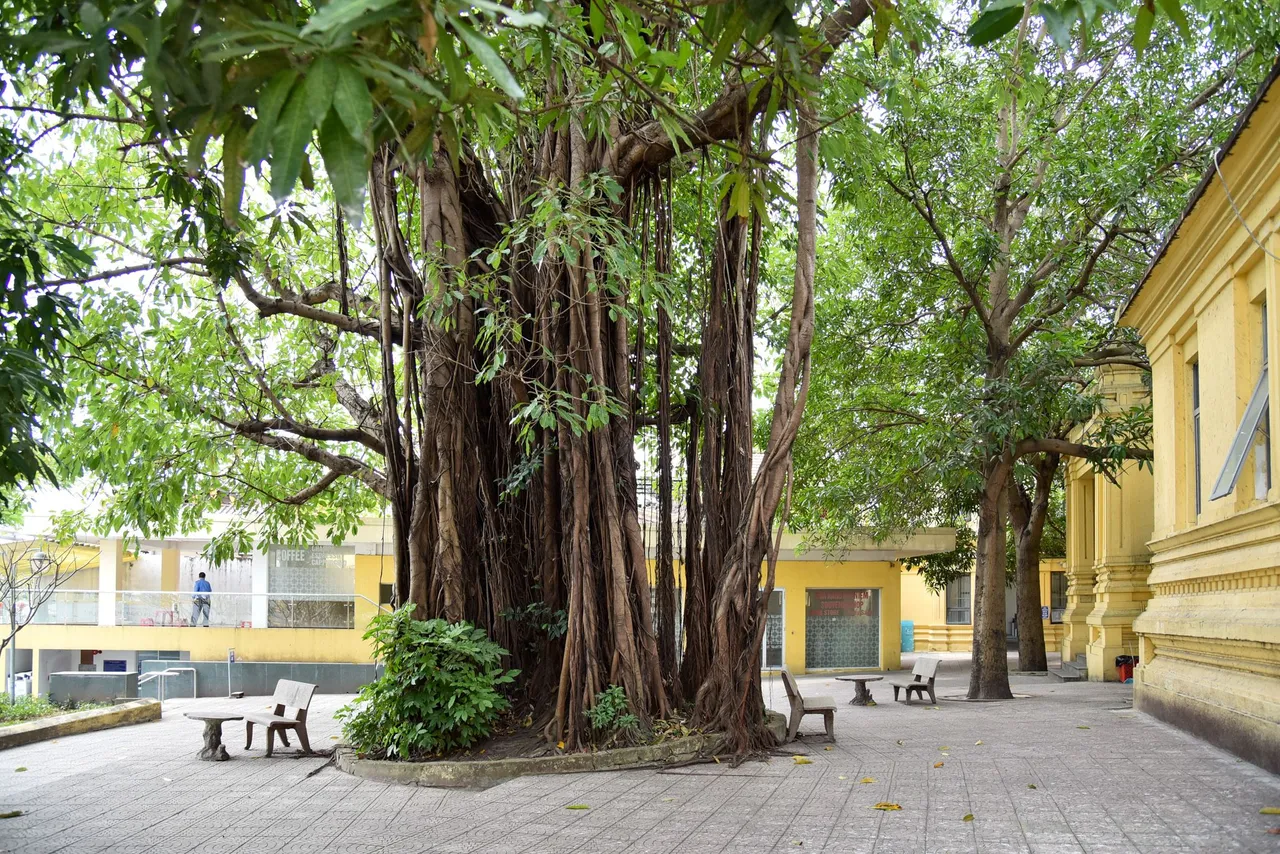Hello everyone! It's Khoa again, where are you going to play this weekend? This weekend I had a 4-day itinerary, with my job as a tour guide, for tourists to visit the central Vietnam heritage tour. In this discovery tour, visitors will visit Da Nang, Hoi An ancient town, Hue ancient capital, My Son Sanctuary, Quang Binh city and places located in Phong Nha Ke Bang national forest. In the travel articles that I am about to introduce soon, I will introduce the places here in turn. In this weekend's post, I would like to introduce to everyone a museum, located in Da Nang city. This museum is called Champa Sculpture Museum, this is one of the museums with the largest number of kept in the Kingdom of Champa, the works of the museum here are excavated and preserved for more than the past 100 years. Artworks of the Champa kingdom, dating from the 2nd century, until the 19th century.
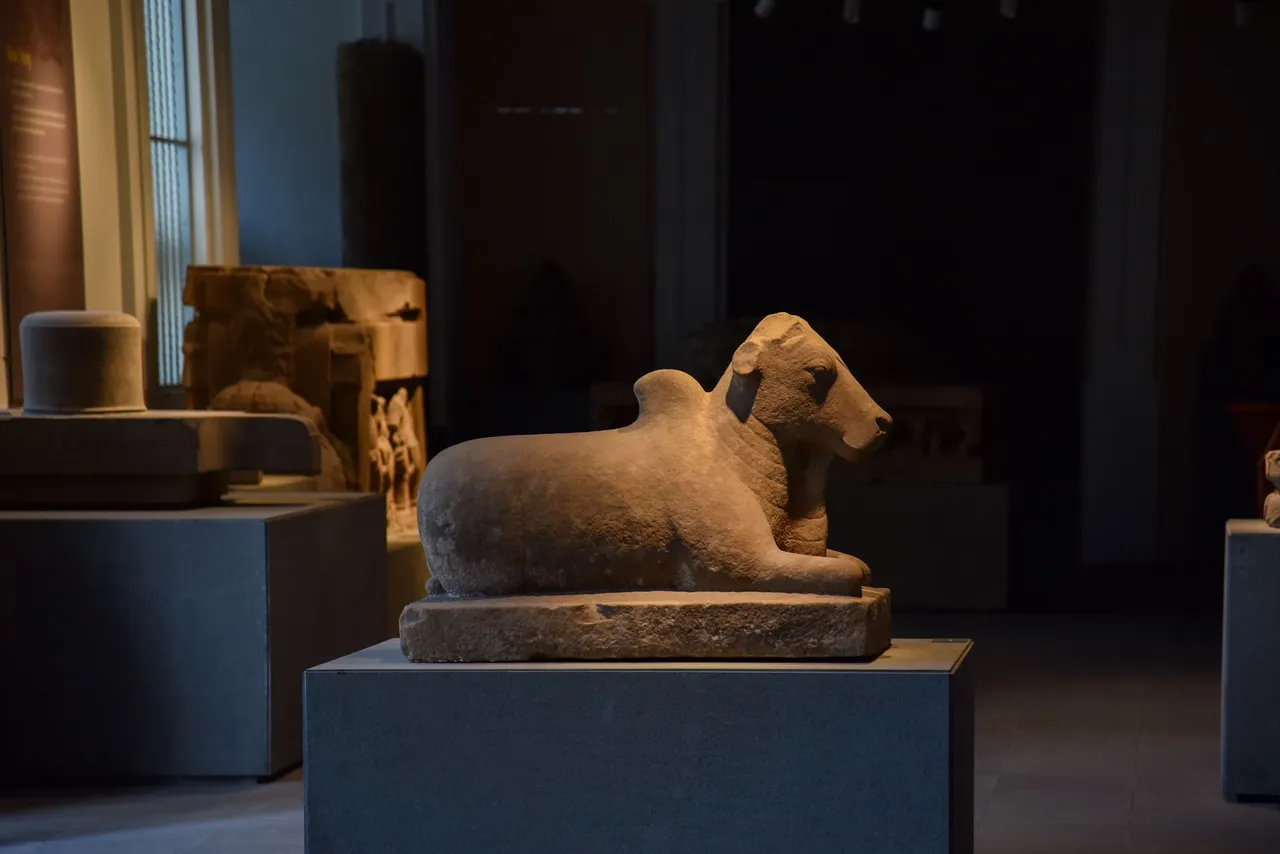
I will introduce everyone to the history of the Champa kingdom. In today's post, there are stories and historical milestones that I recall, during my classes at the tourism university and during my time as a tour guide. In each nation, each country has a rich history and artistic quintessence. Likewise, the Cham had a kingdom with the most developed ancient civilization in the region. Even thousands of years of dust will not erase a kingdom's flourishing period. The Cham-Pa people originate from the country of Malaysia, in the southeastern region of Asia, the people crossed the sea to the north and migrated to present-day Vietnam. During the 2nd century, when Vietnam was colonized by the Eastern Han dynasty, it was present-day China. After the uprisings and national liberation, the Eastern Han dynasty lost the battle and withdrew to its own country. After the liberation struggle, in the southern part of Vietnam today, two countries appeared, Dai Co Viet and Chiem Thanh. In the past, there were always wars between the two countries Dai Co Viet and Chiem Thanh, to fight for new lands. By the 18th century, the Nguyen Dynasty of Vietnam had annexed the country of Champa. After that, the Kingdom of Champa was completely incorporated into Vietnam. Experiencing the ups and downs of this calendar day among the 54 ethnic groups of Vietnam, in present-day Ninh Thuan Vietnam, there is a Cham ethnic group living here. If you travel to Vietnam, you can visit this land to discover interesting things about a developed kingdom in the past.
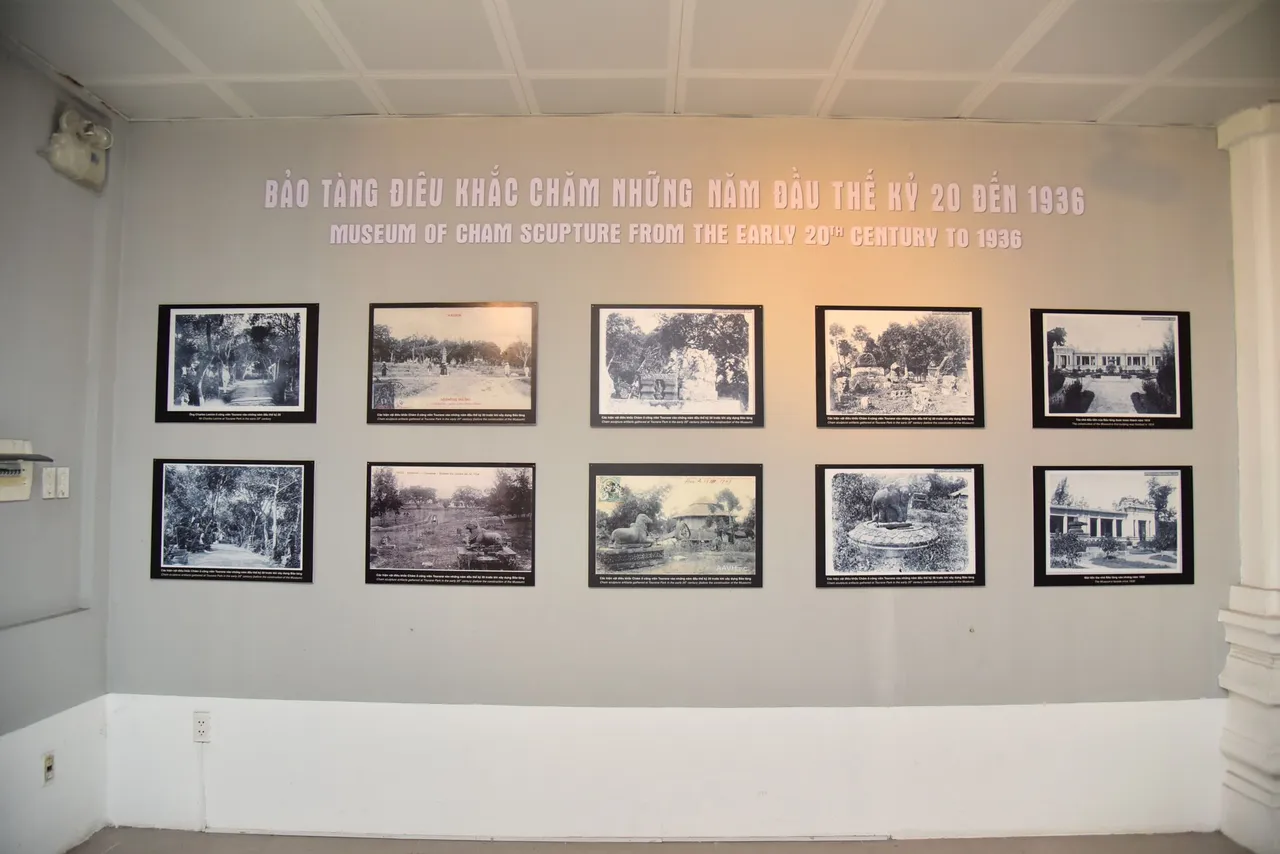
That is an introduction to the kingdom of Champa and in today's article, I will introduce you to the Champa sculpture museum. The museum is located in the heart of Da Nang city centre, located on the main road Nguyen Van Linh and 2/9 Da Nang street. The main gate of the museum is located on 2/9 street, around the vicinity of the museum are famous places with unique modern architecture such as dragon bridge and APEC park, if you come here you should not visit. miss the places to visit around here. The Cham-Pa Sculpture Museum is painted with a layer of yellow paint, stepping inside are rows of perennially planted porcelain trees. The museum was built in the first years of the 20th century, the work here was built by the French and the first works of the museum were found by French archaeologists in the first decades. of the 20th century. The architecture of the buildings here has been kept intact for more than 100 years. The museum used to welcome thousands of visitors every day, most of them foreign tourists on tours. Currently, in Da Nang, the city's museums are open for free to visit, each day there will be two opening hours from 7:30 to 11:30 a.m and from 1:30 to 5:30 p.m. Because the number of tourists visiting this place has not been as many as before, there will be many areas inside the museum that will not have lights on.
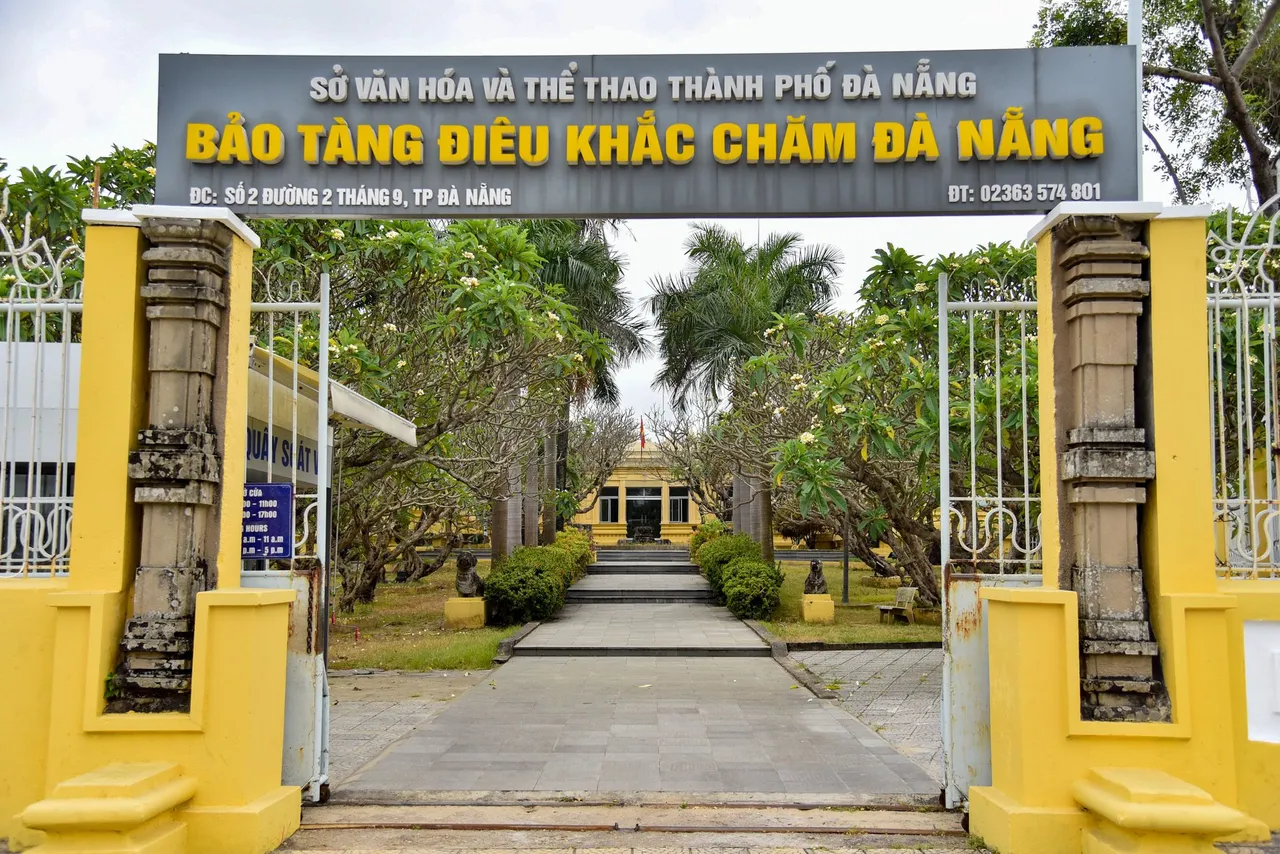
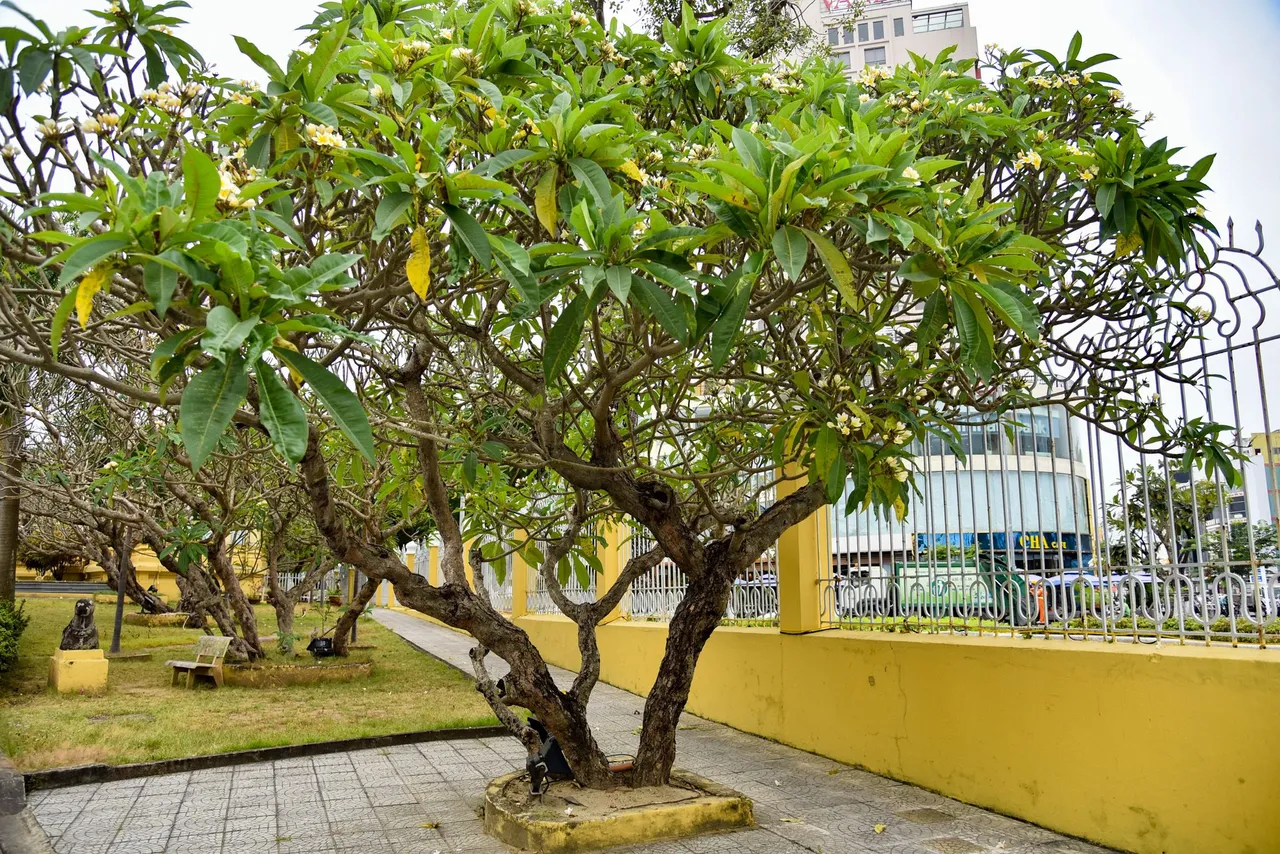
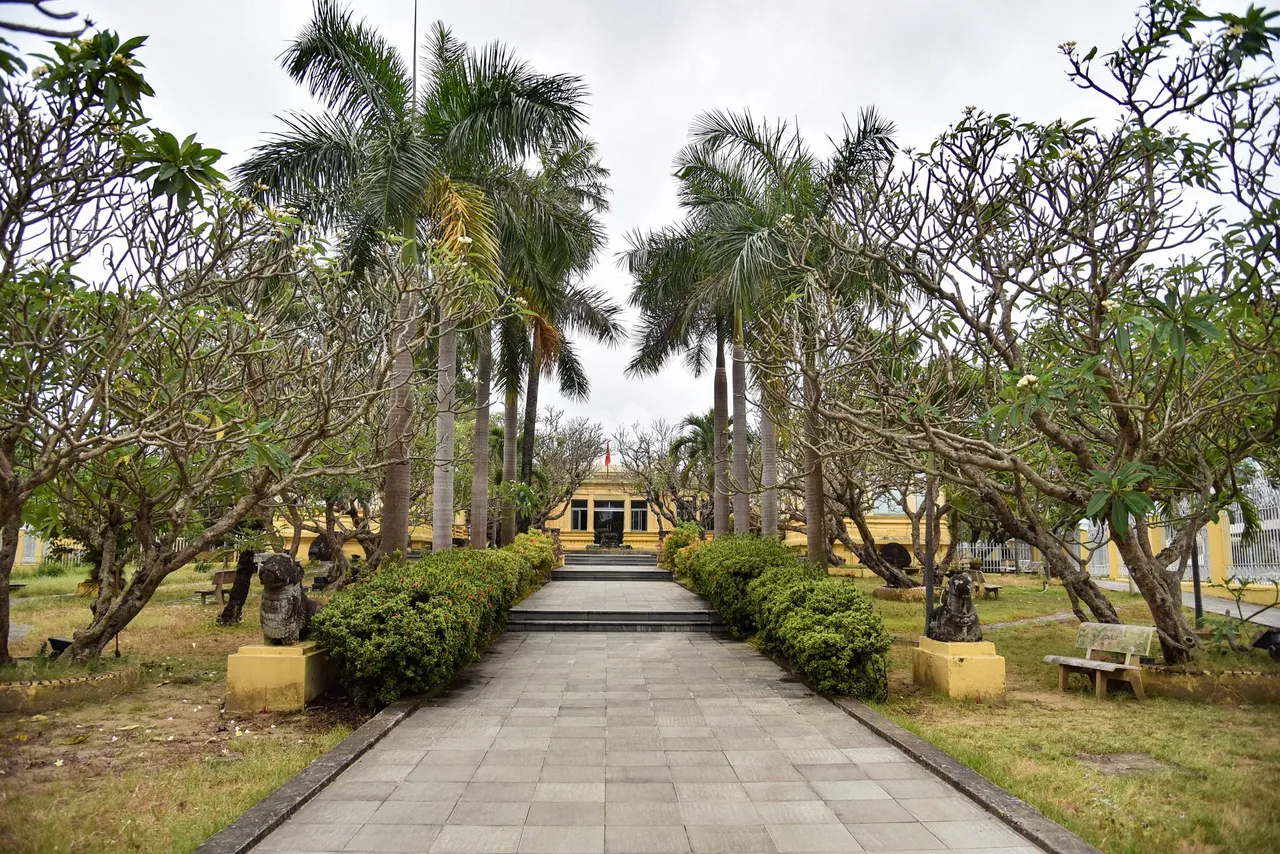
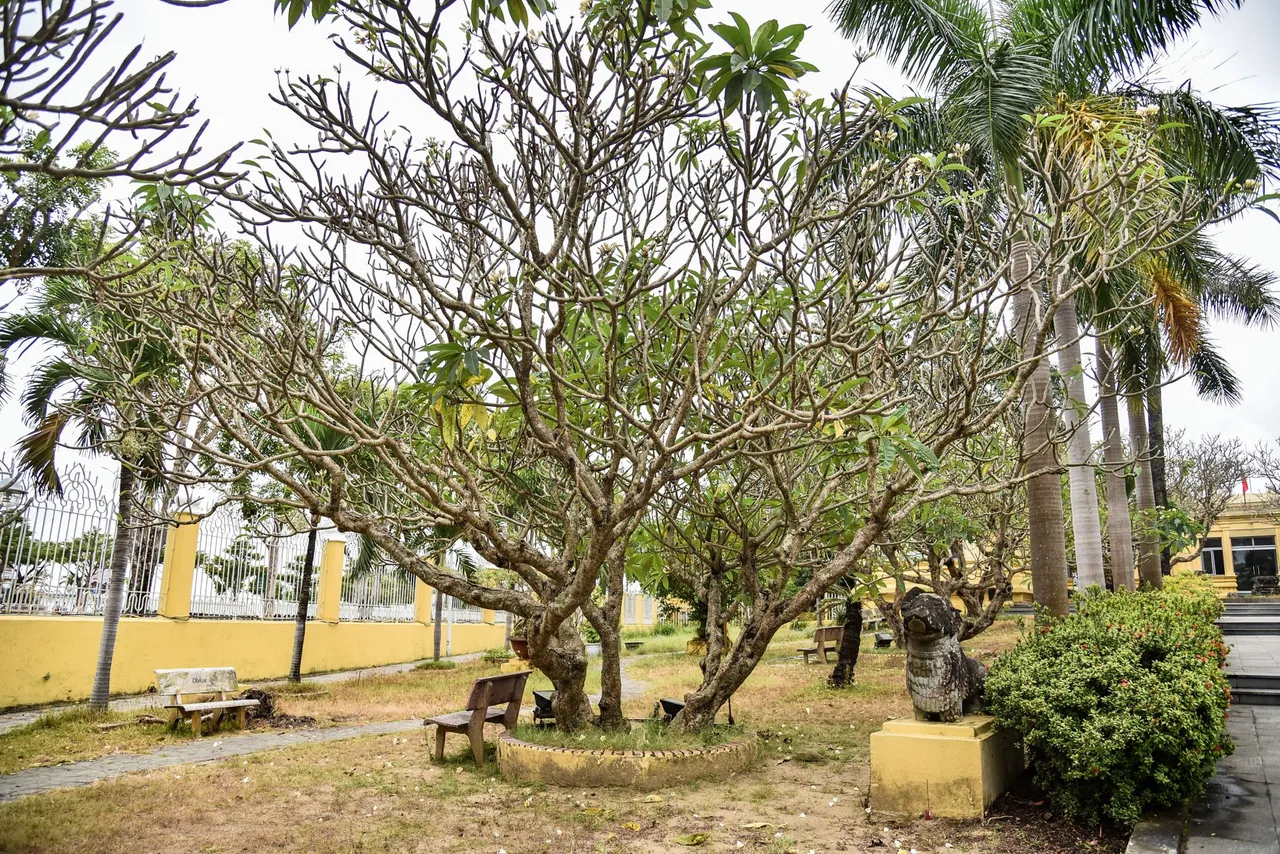

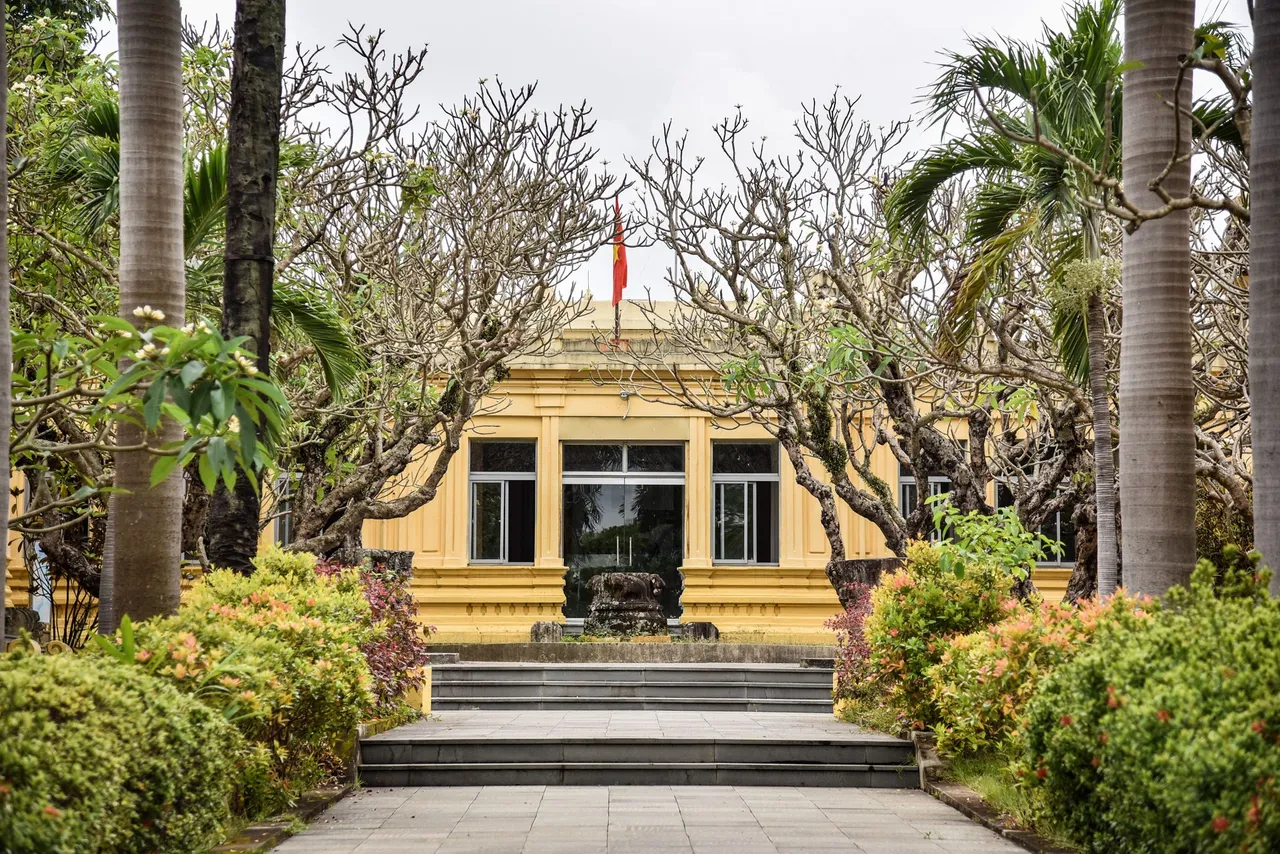

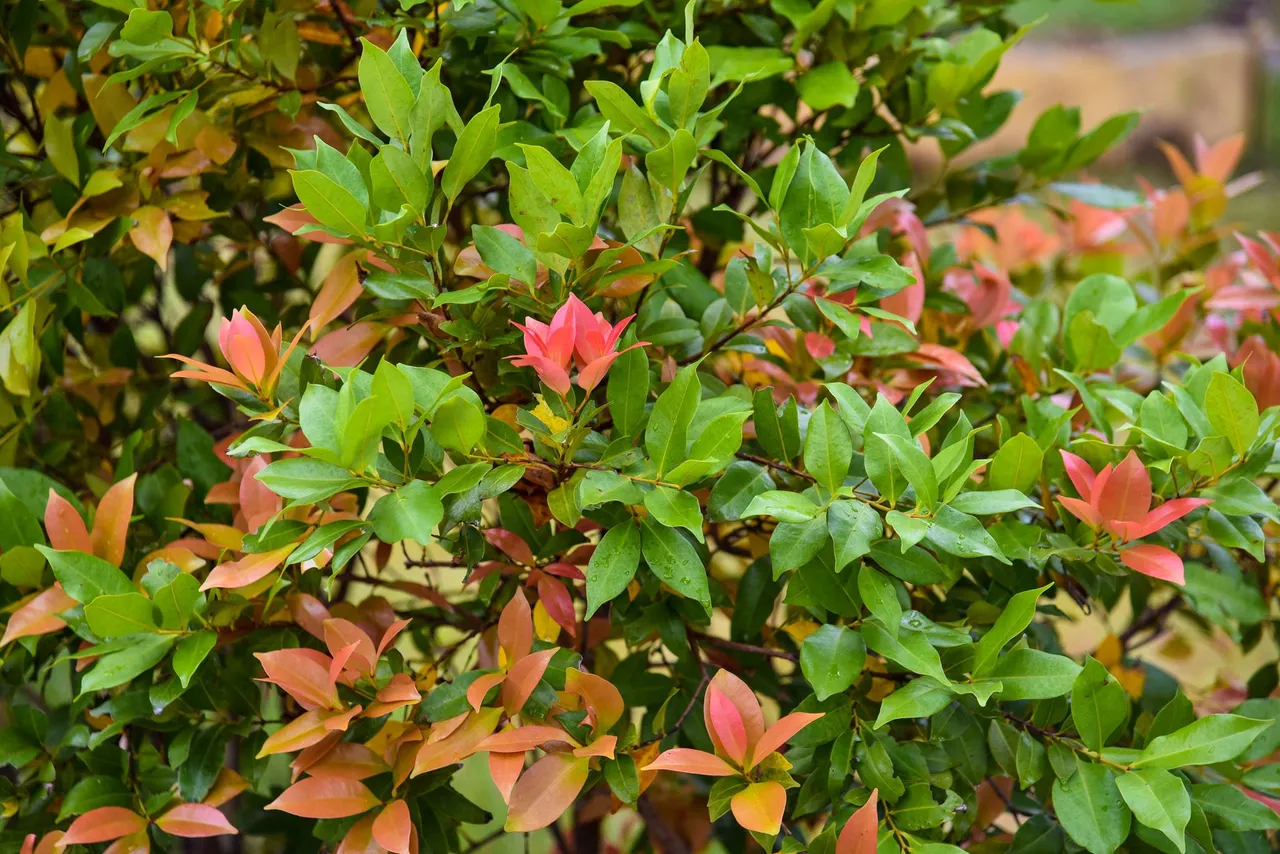
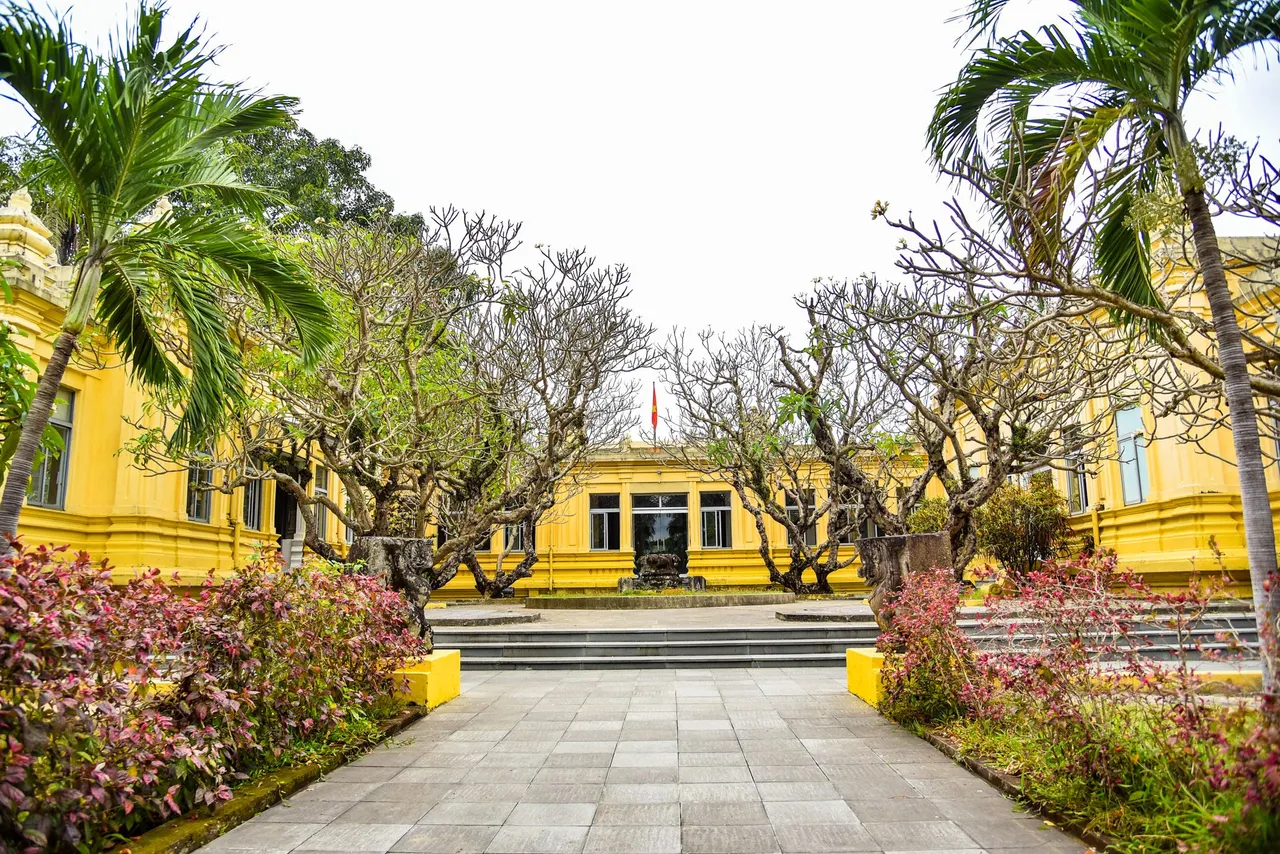
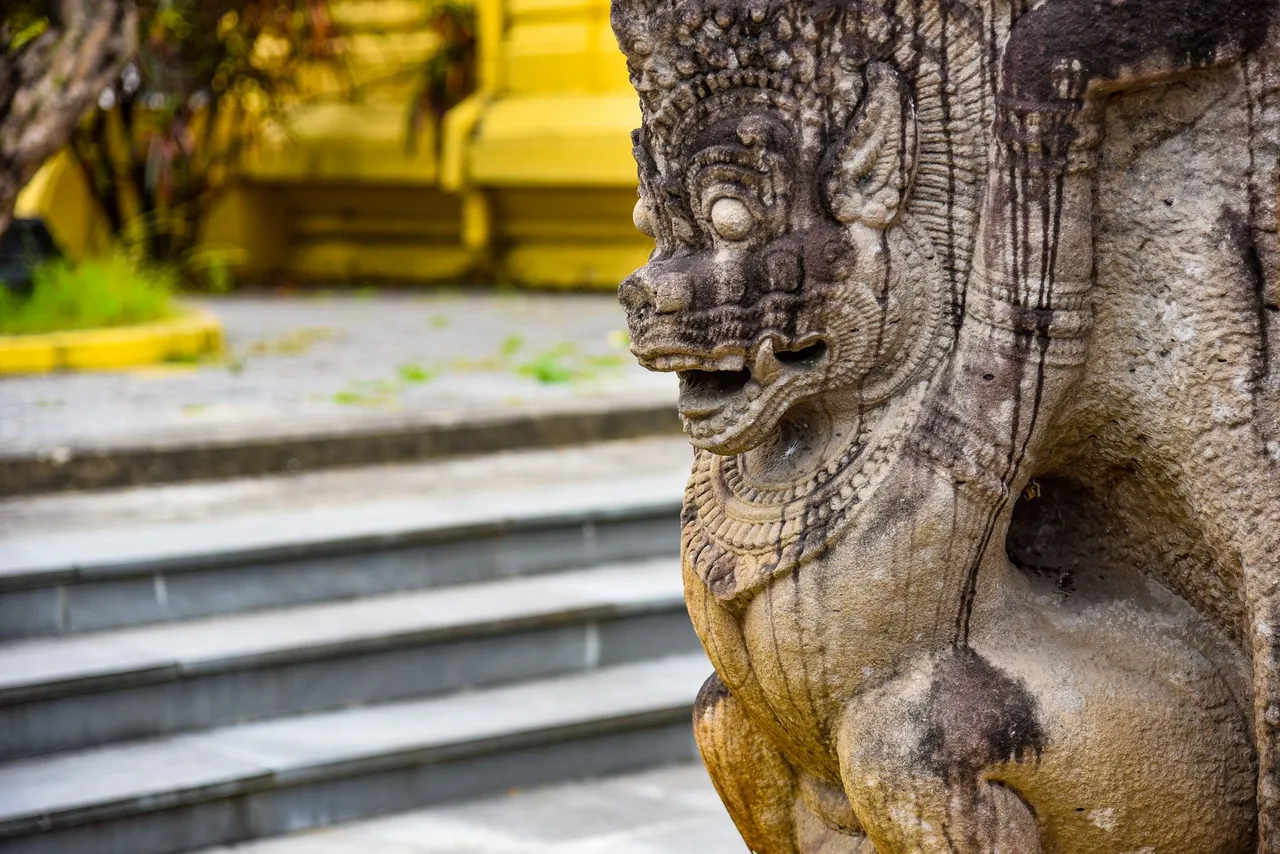
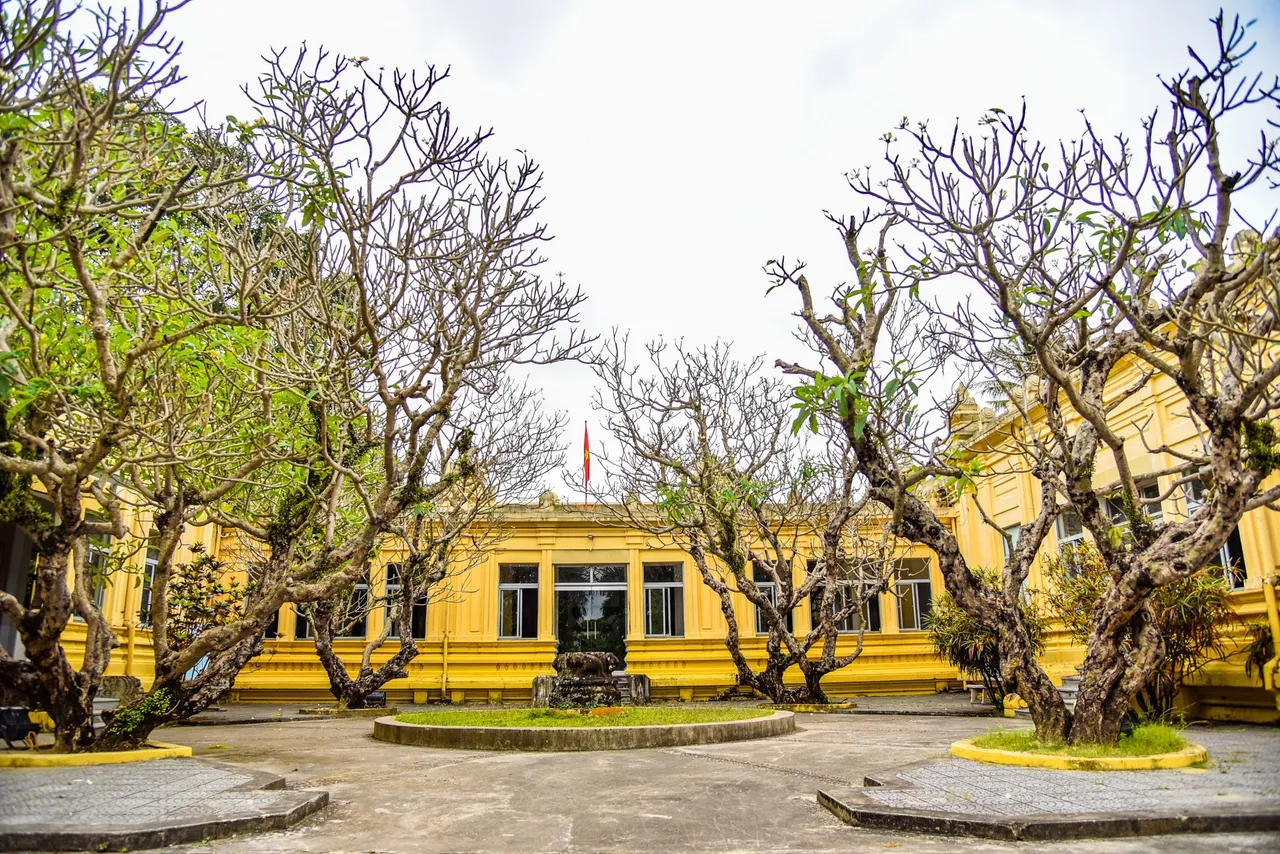
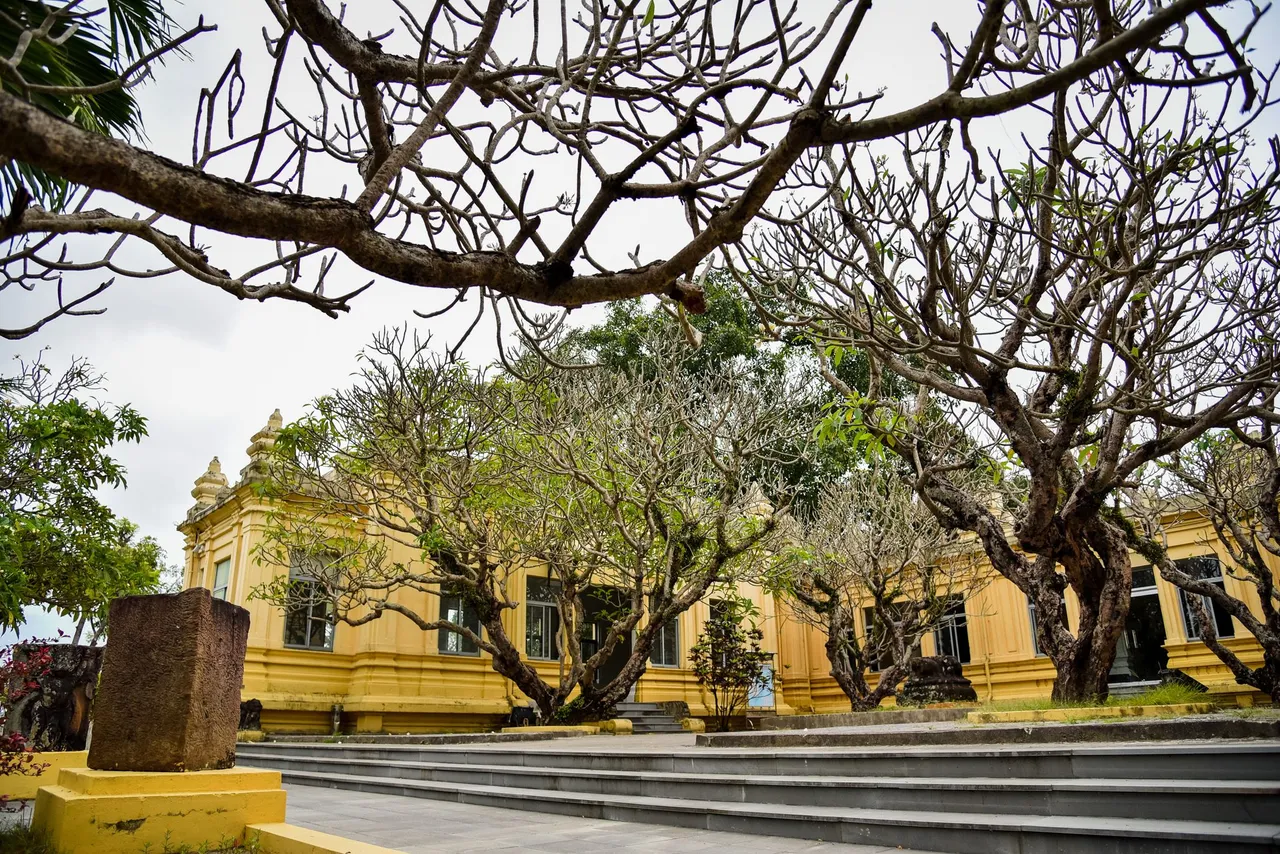
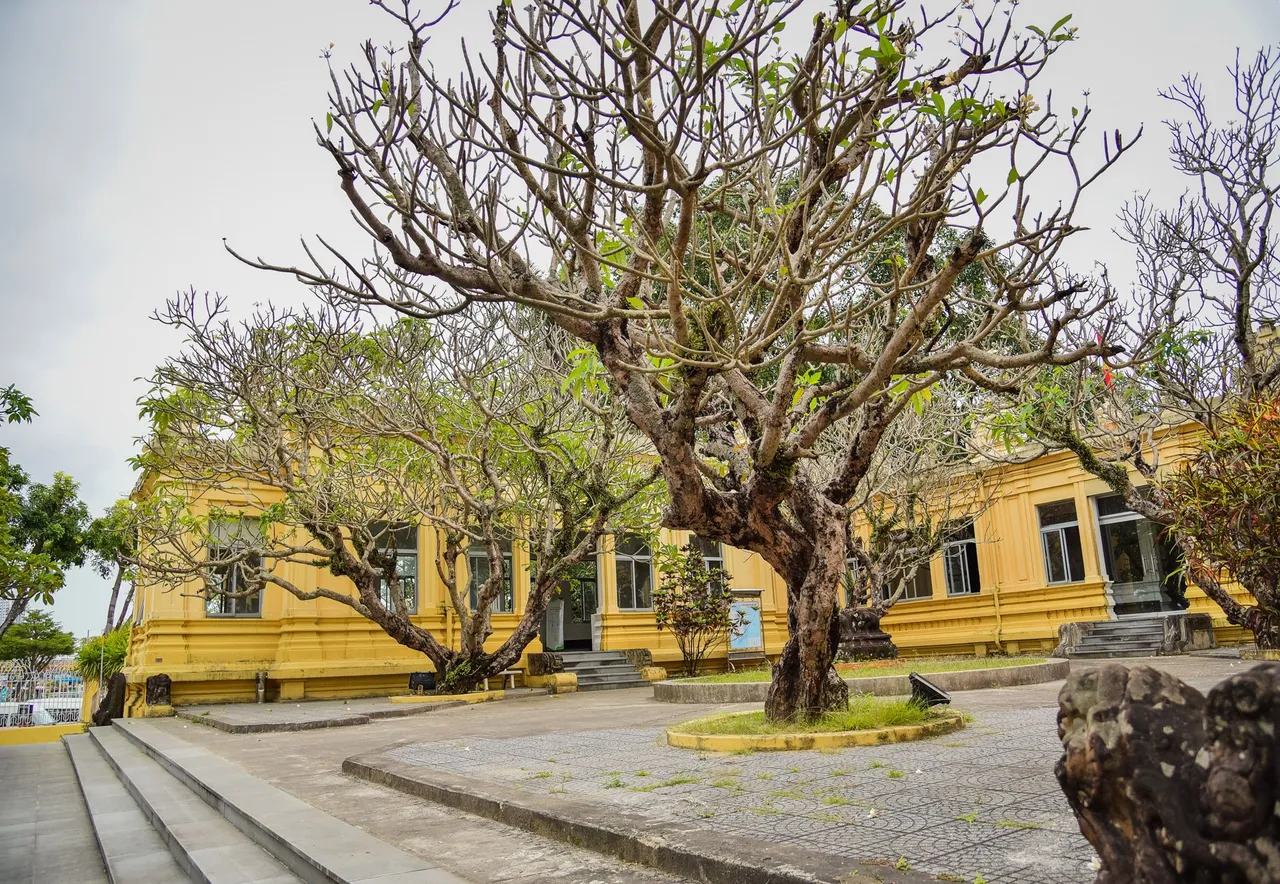
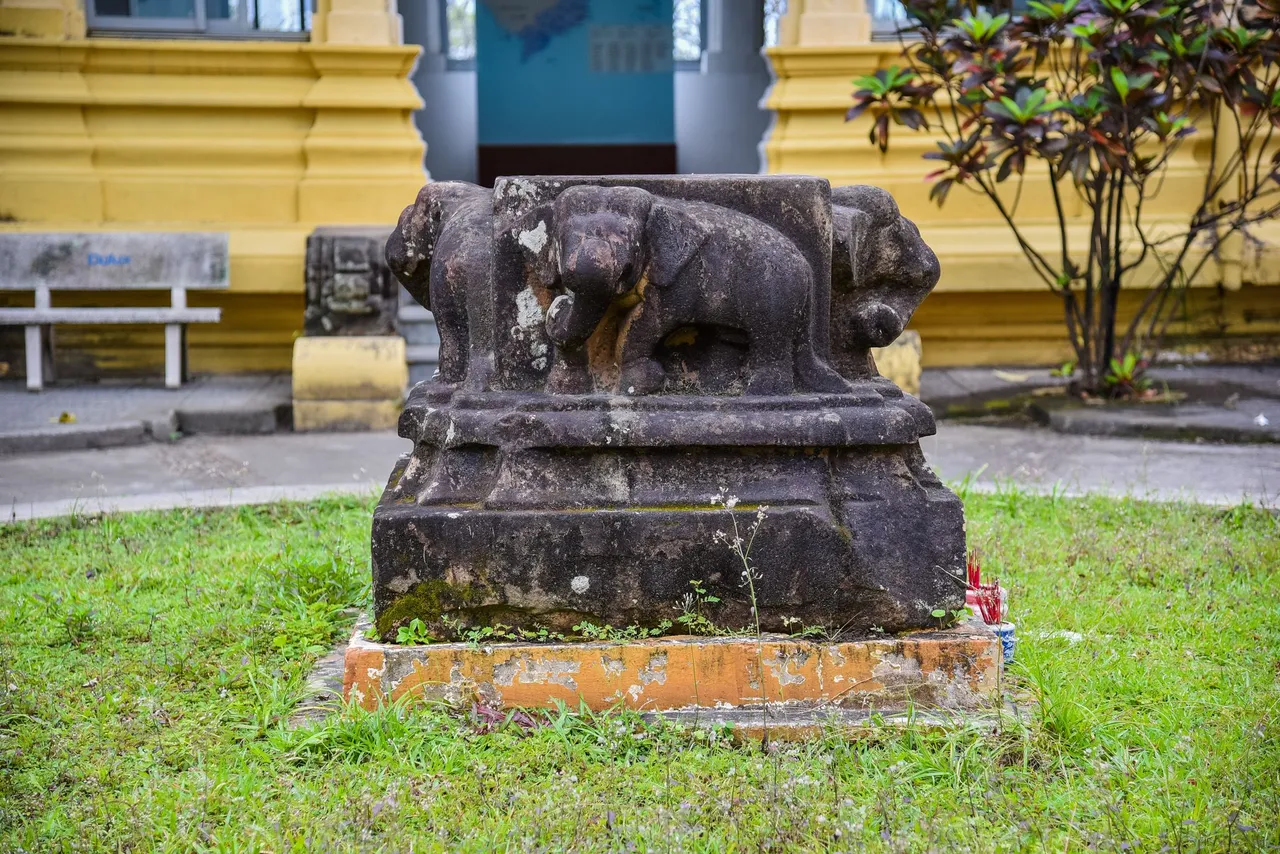
Before entering the inside of the museum, there will be a map. This is the map of the Cham-Pa relics, the main relics are the temples and towers of the Cham-Pa people, from the 2nd century to the 18th century. stretching from Quang Binh to Ninh Thuan province of Vietnam, today the locations on the map are the central provinces of Vietnam. The sculpture museum's works are boldly imprinted from India, stepping inside the museum is displayed a lot of works. Each room will have a different theme on display. Each theme of each exhibition area is excavated from different places. The Champa people worship 9 gods in the Shiva sect, these nine gods govern the universe according to Indian astronomy. The artworks of the Cham-Pa people are shown in different periods. In the culture of the Champa people always worship gods and Buddhism, inside the museum, there are many statues of Buddha and Bodhisattva. The reliefs are carved in stone, if you look at the people, you can see the dances of the Cham people. According to statistics, the Cham-Pa people have more than 80 dances and each dance corresponds to their 80 gods.
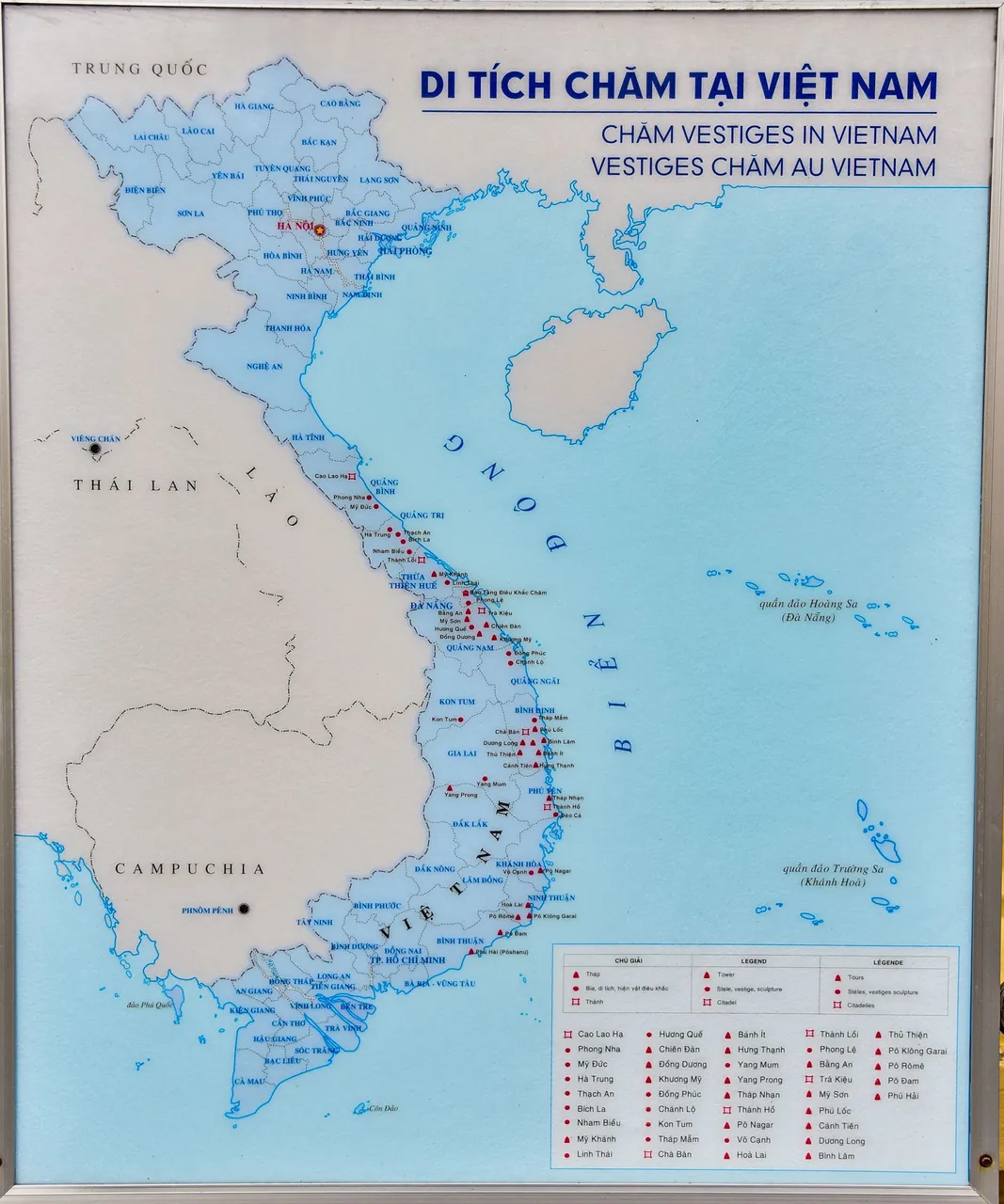
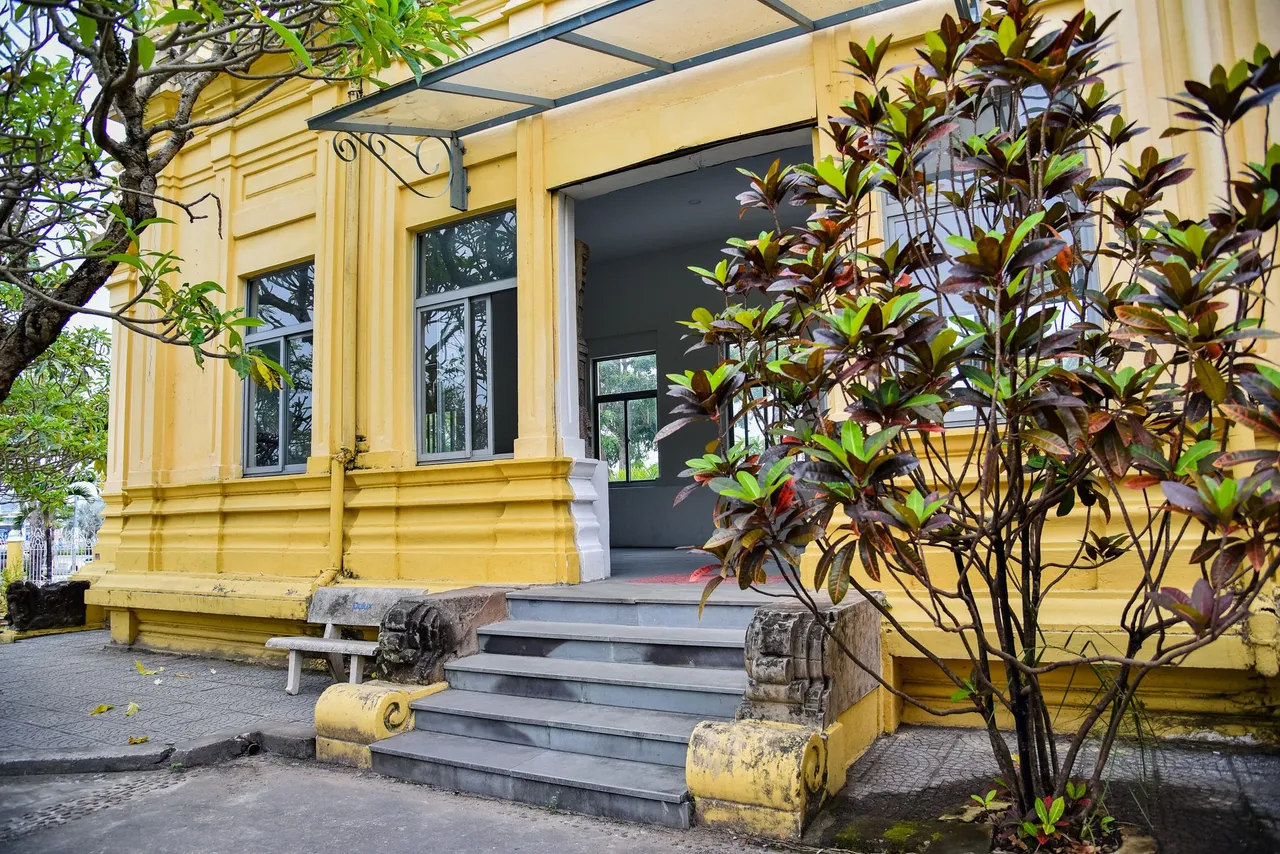
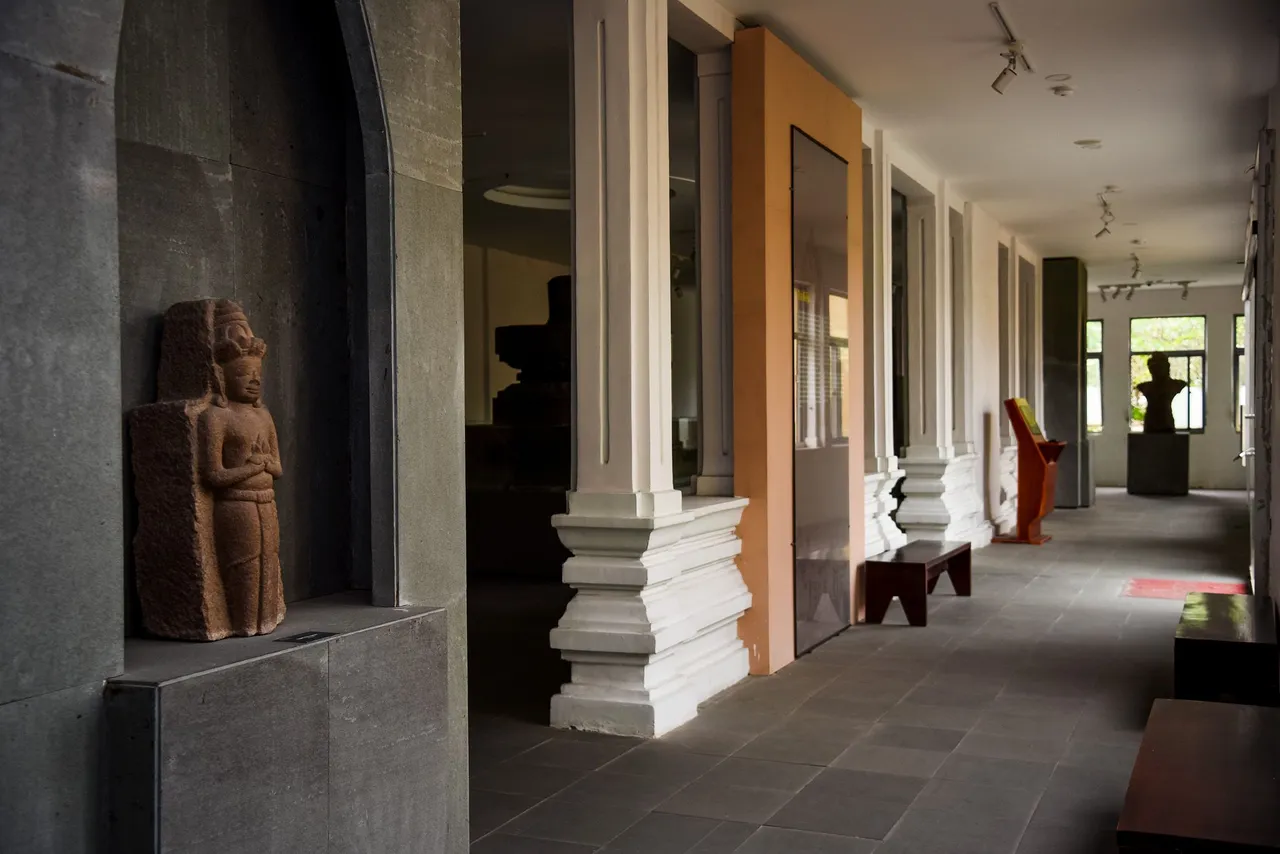
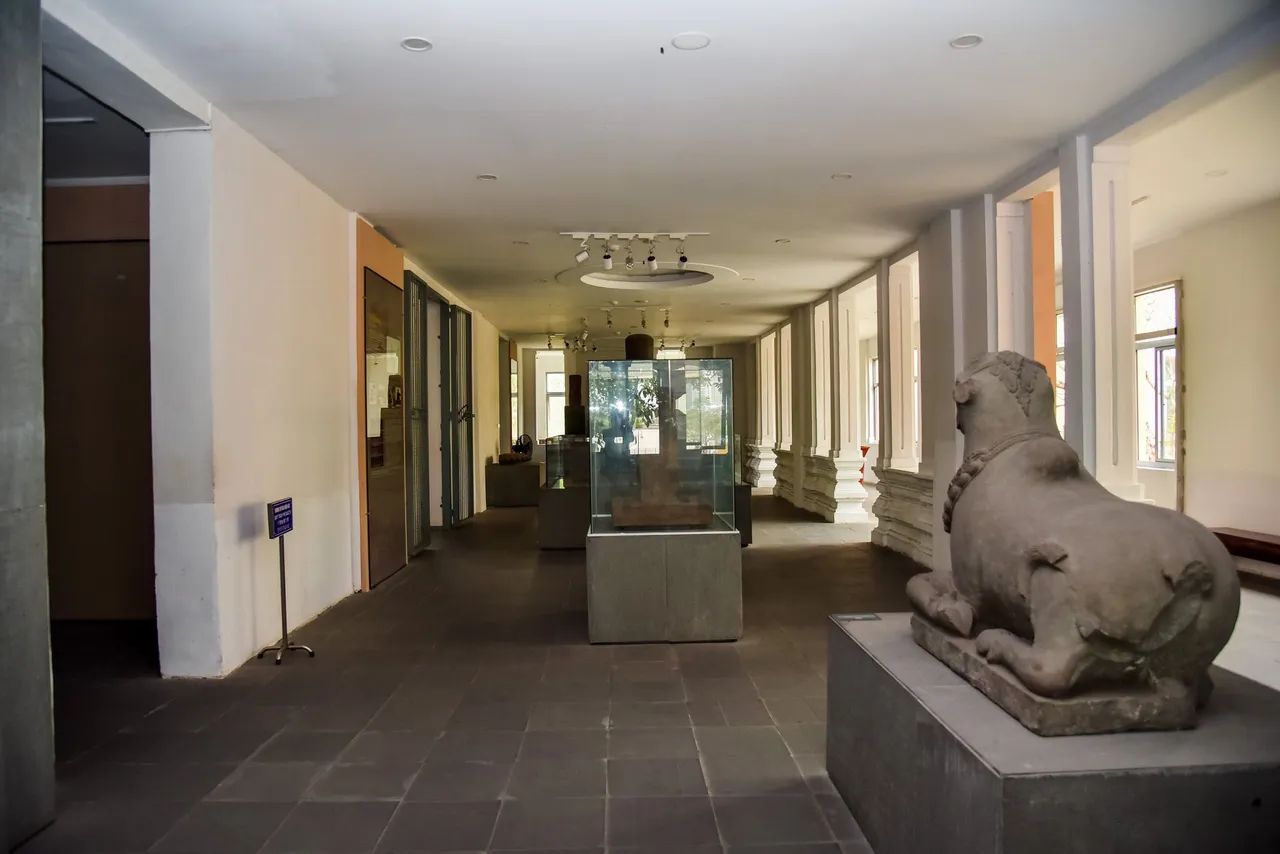


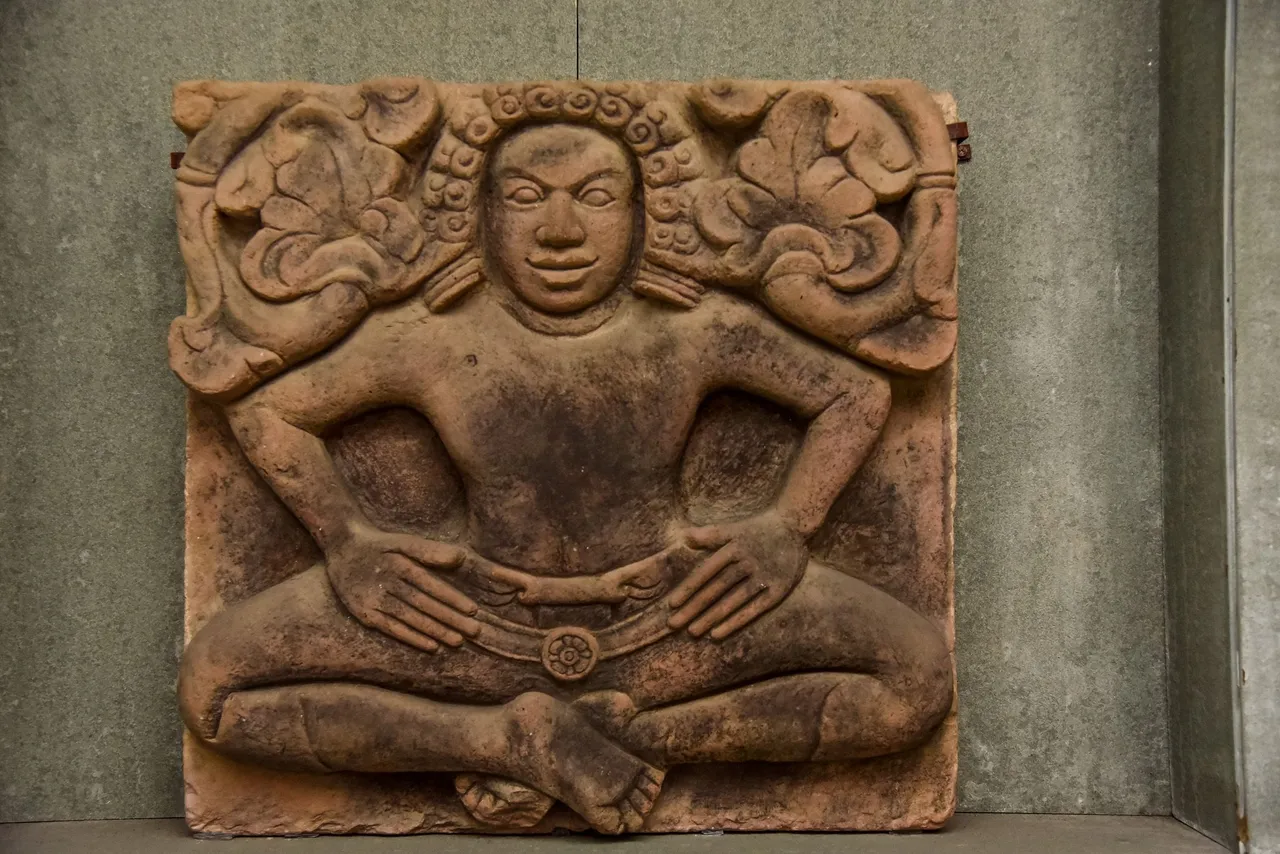
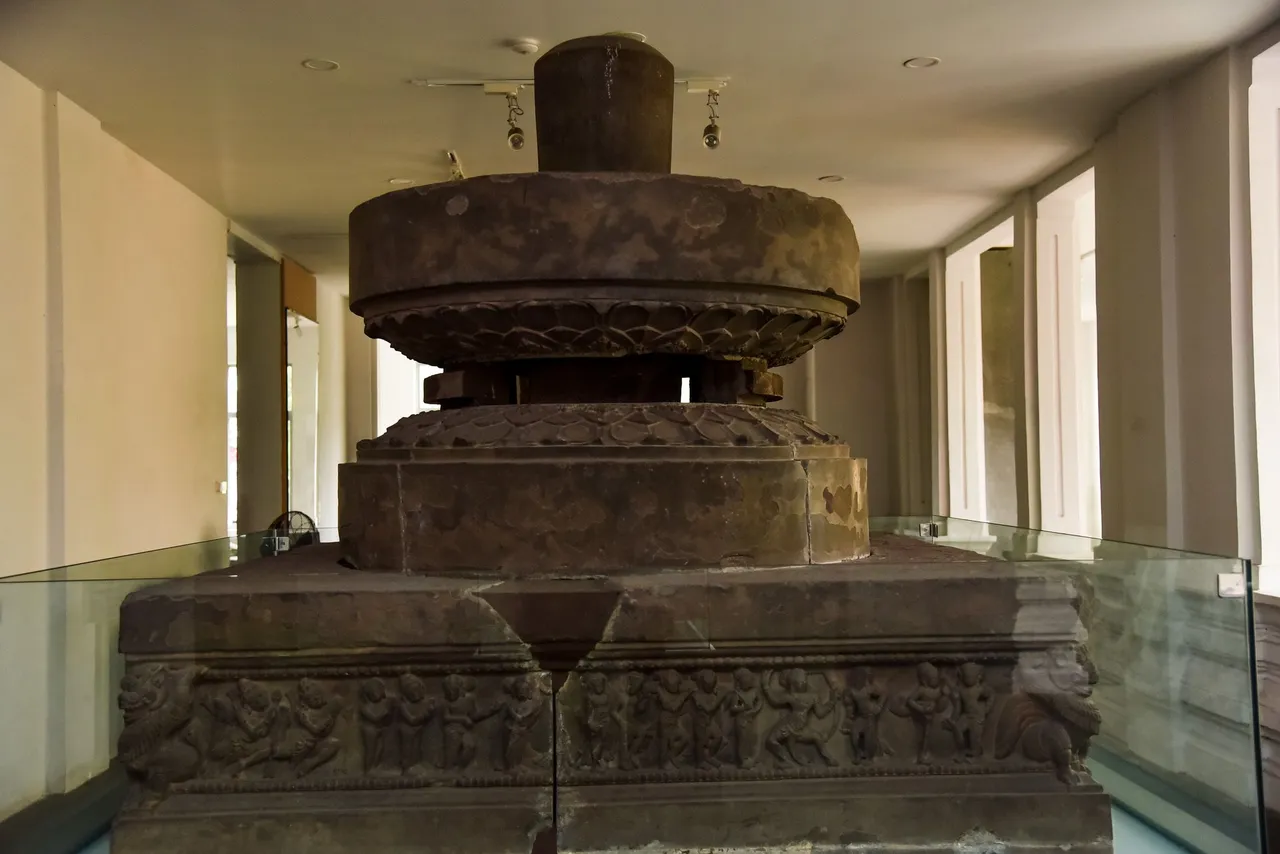
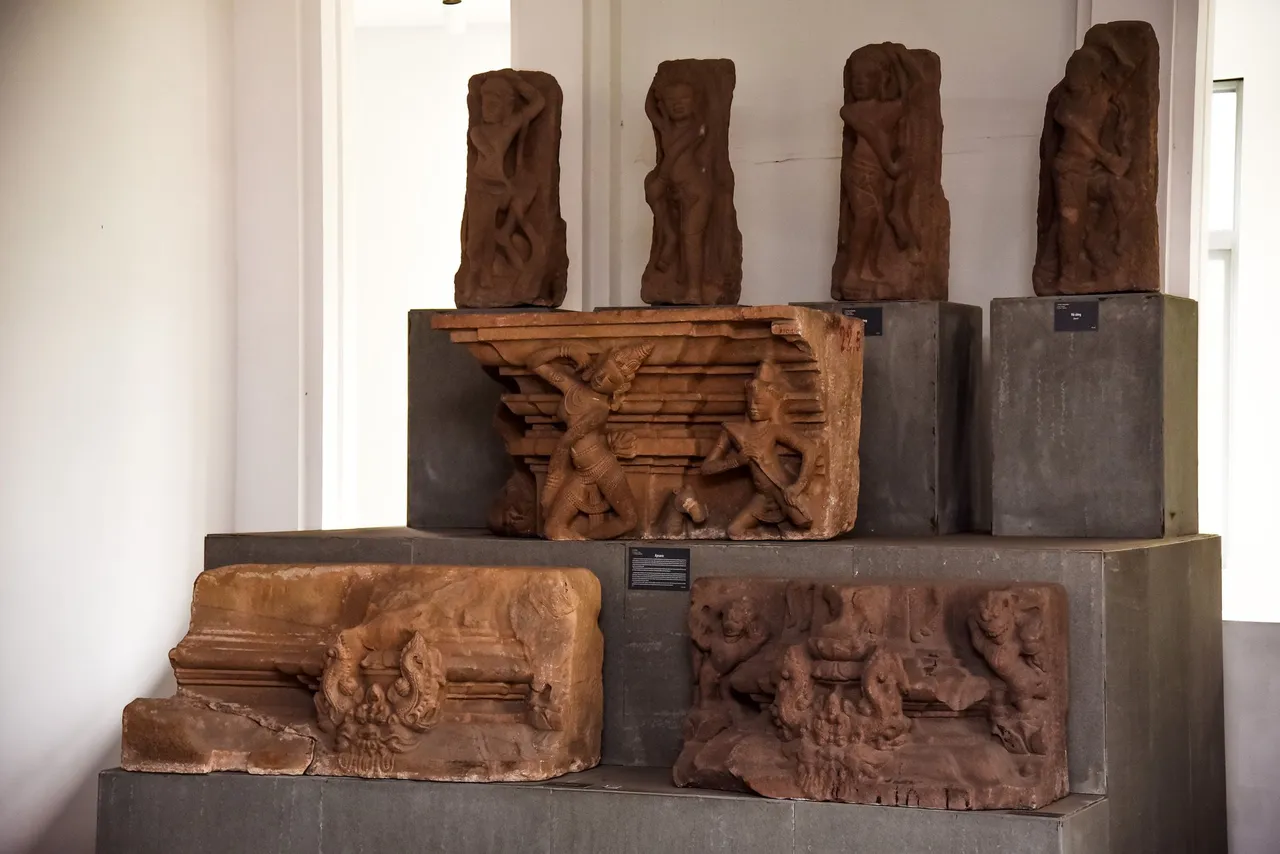
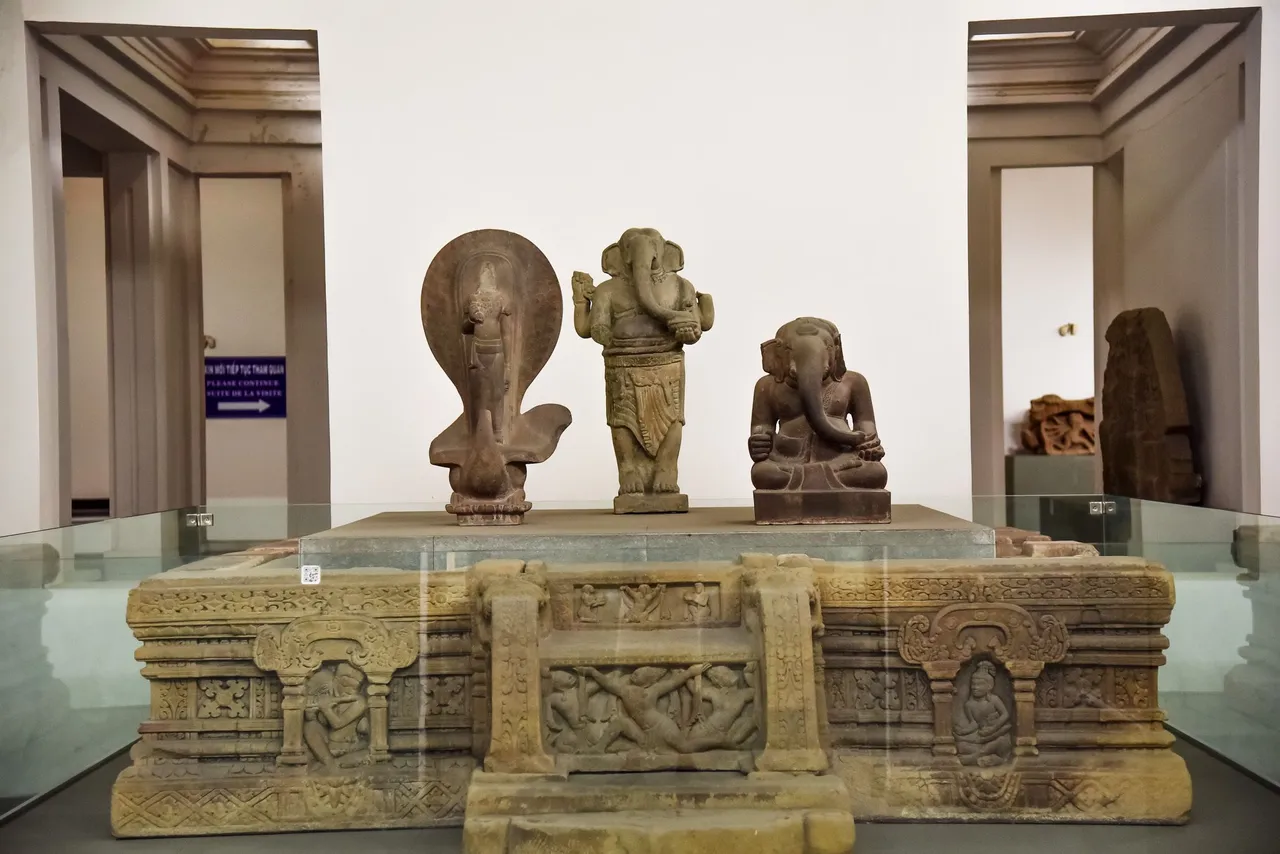
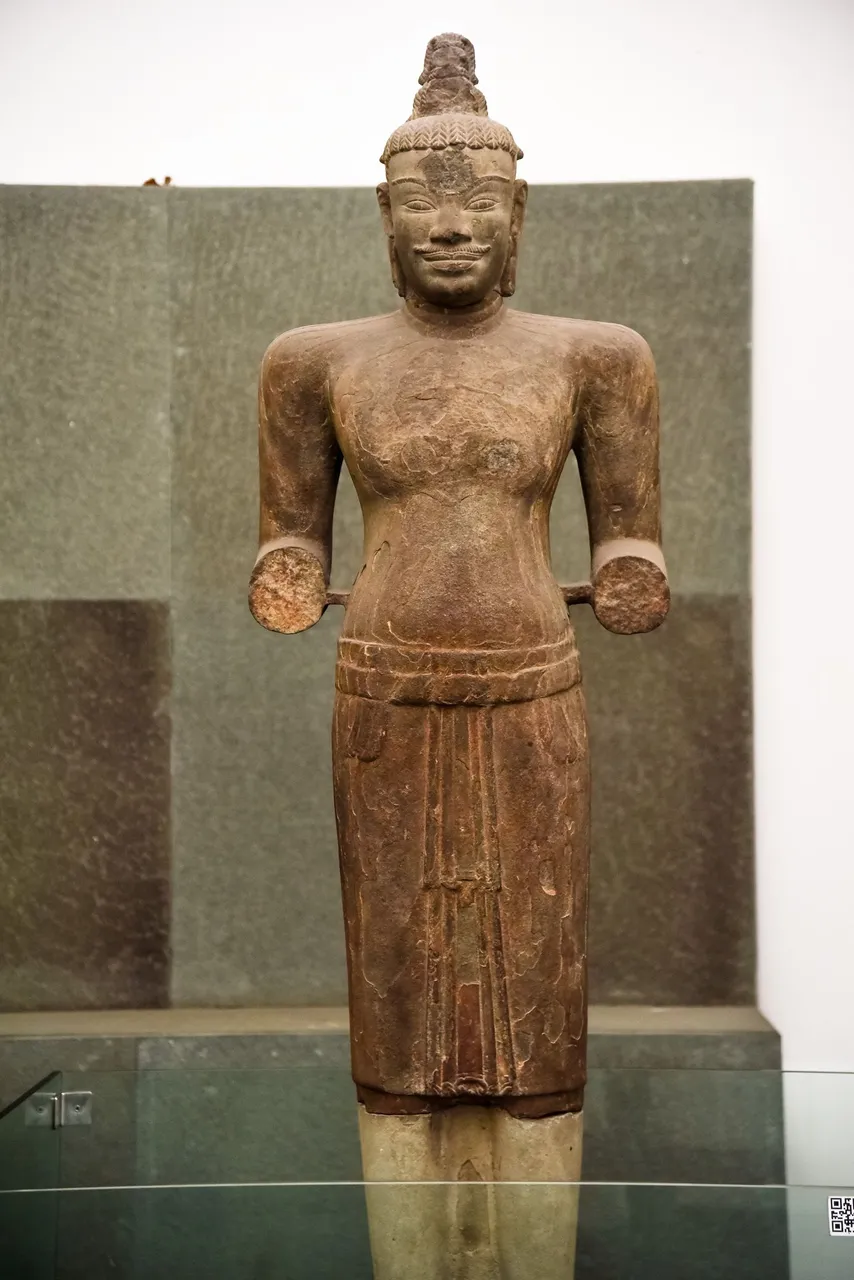
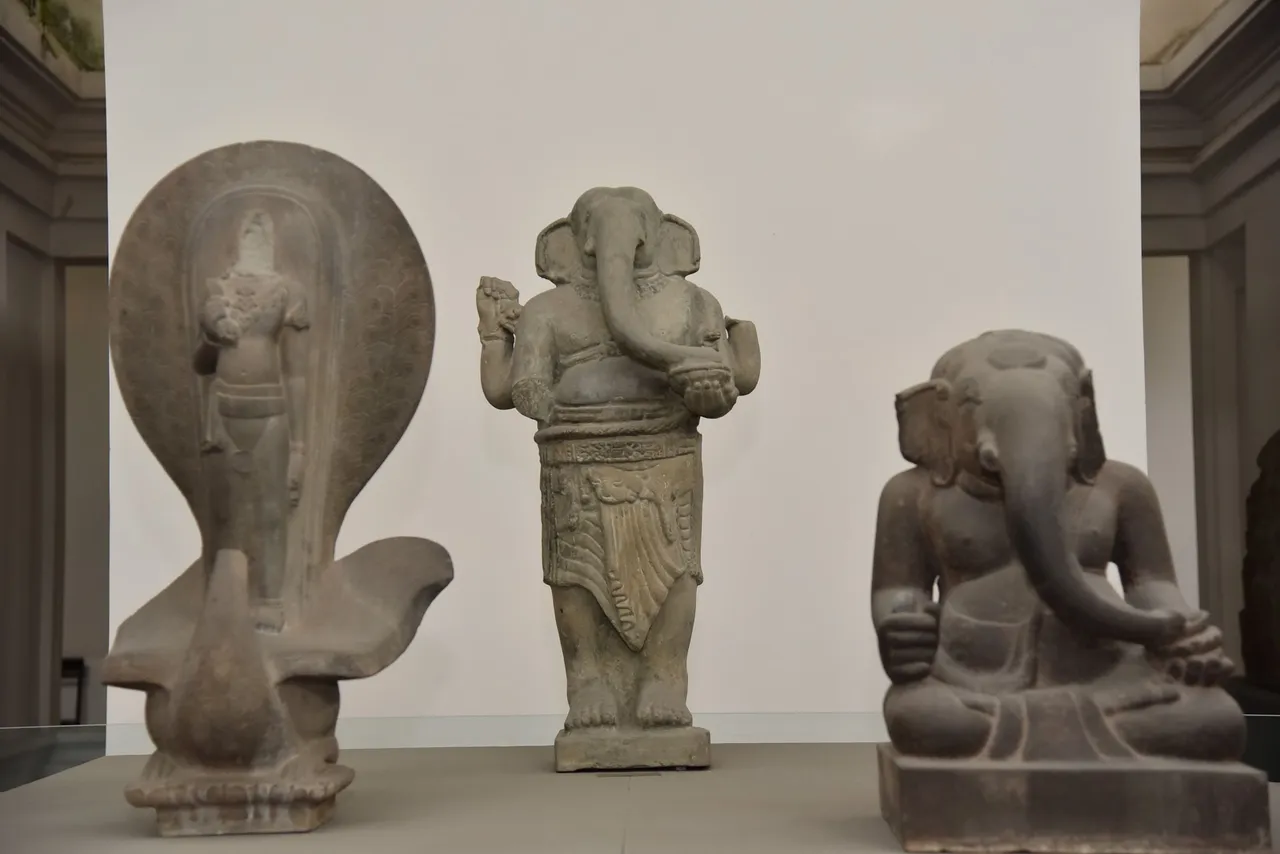
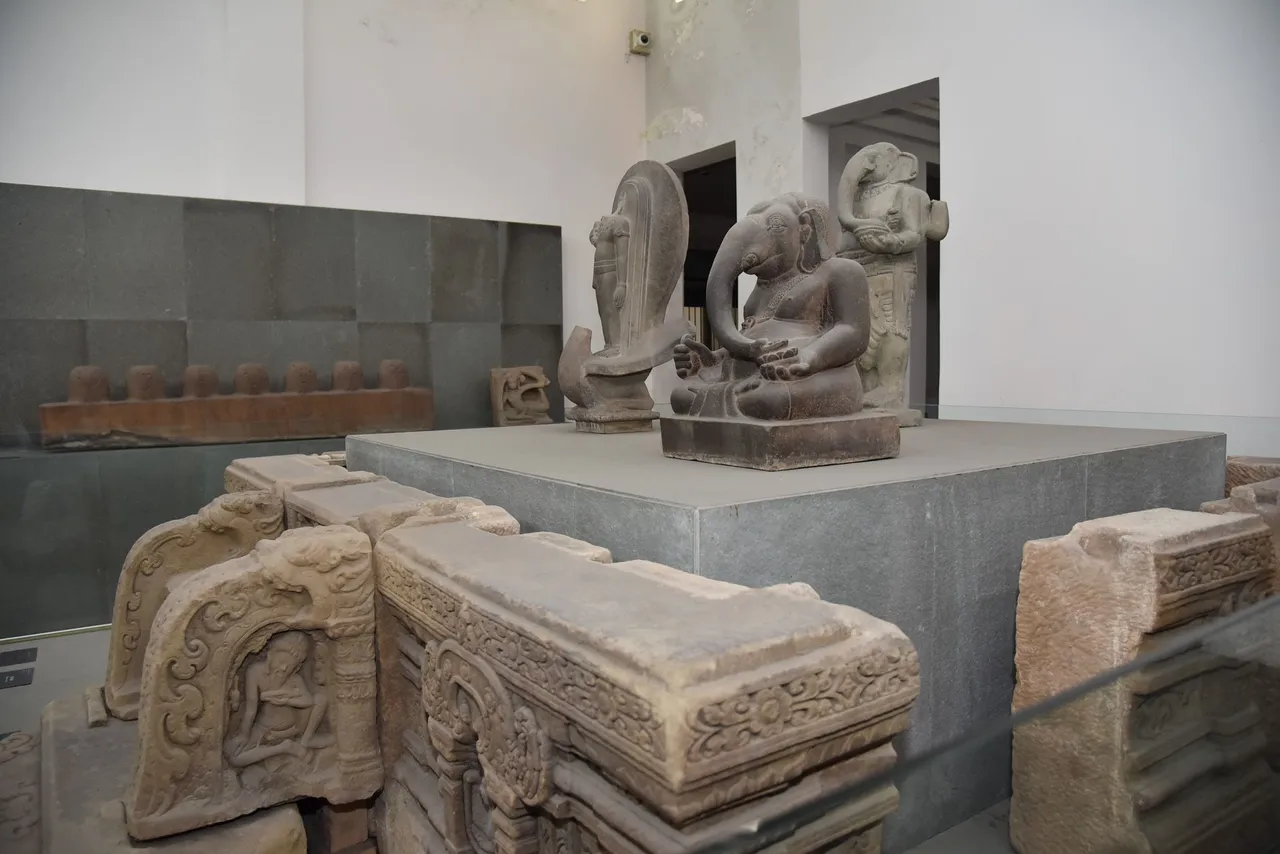

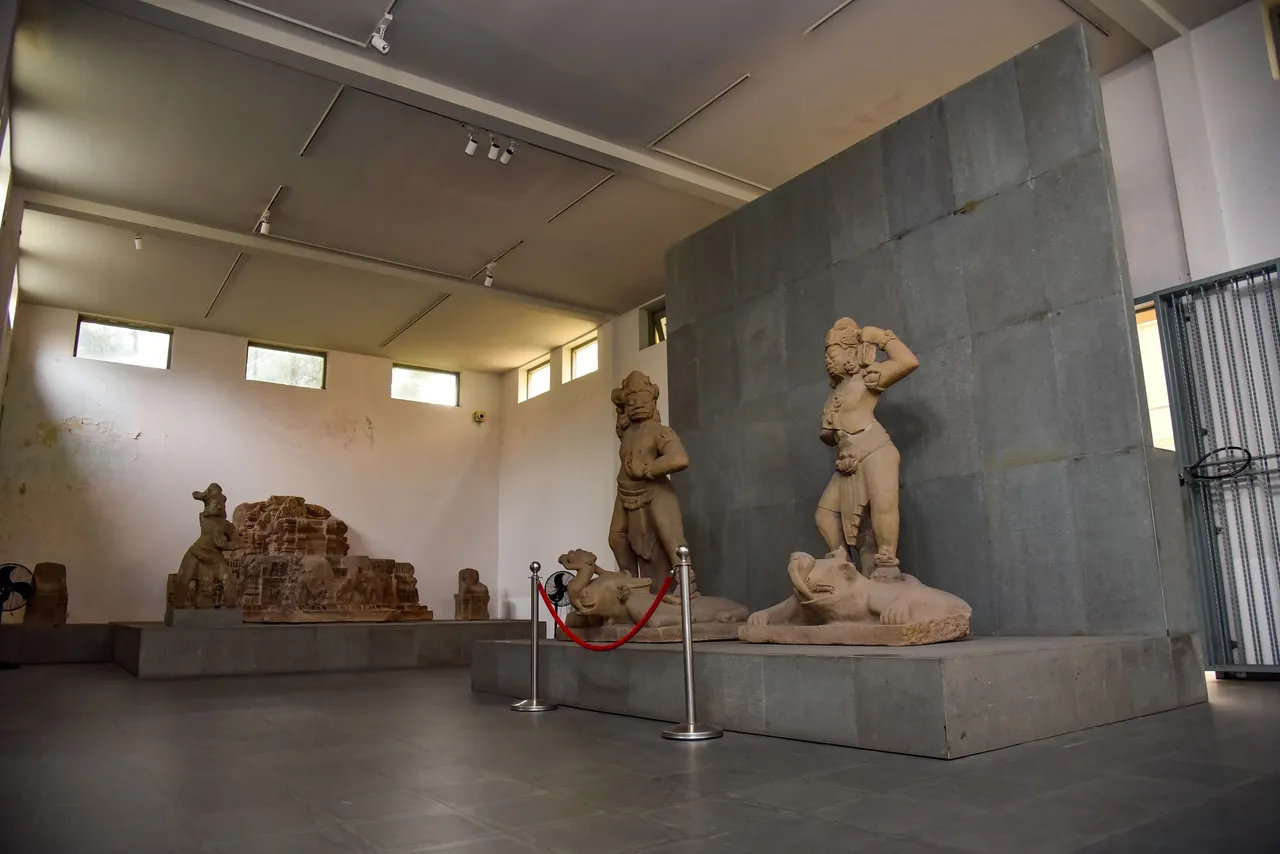


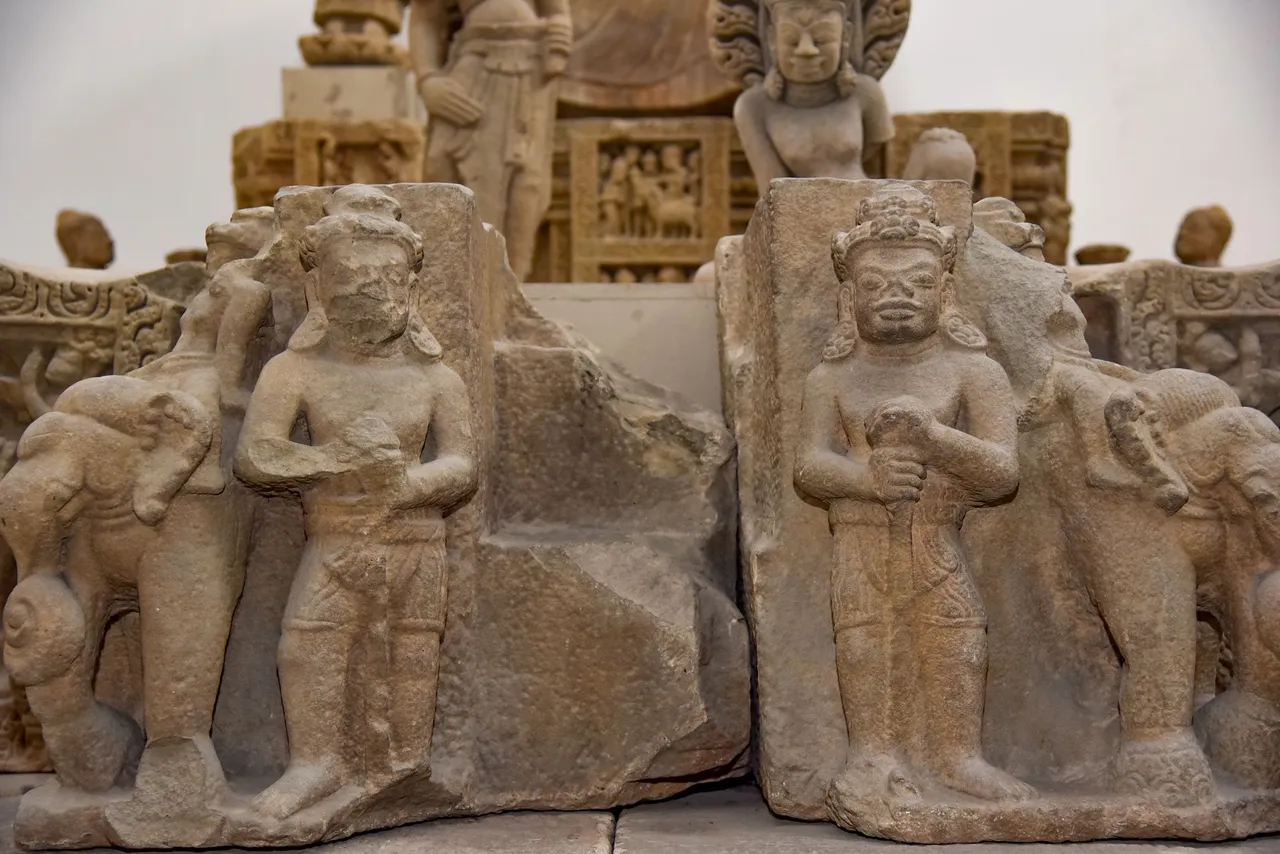
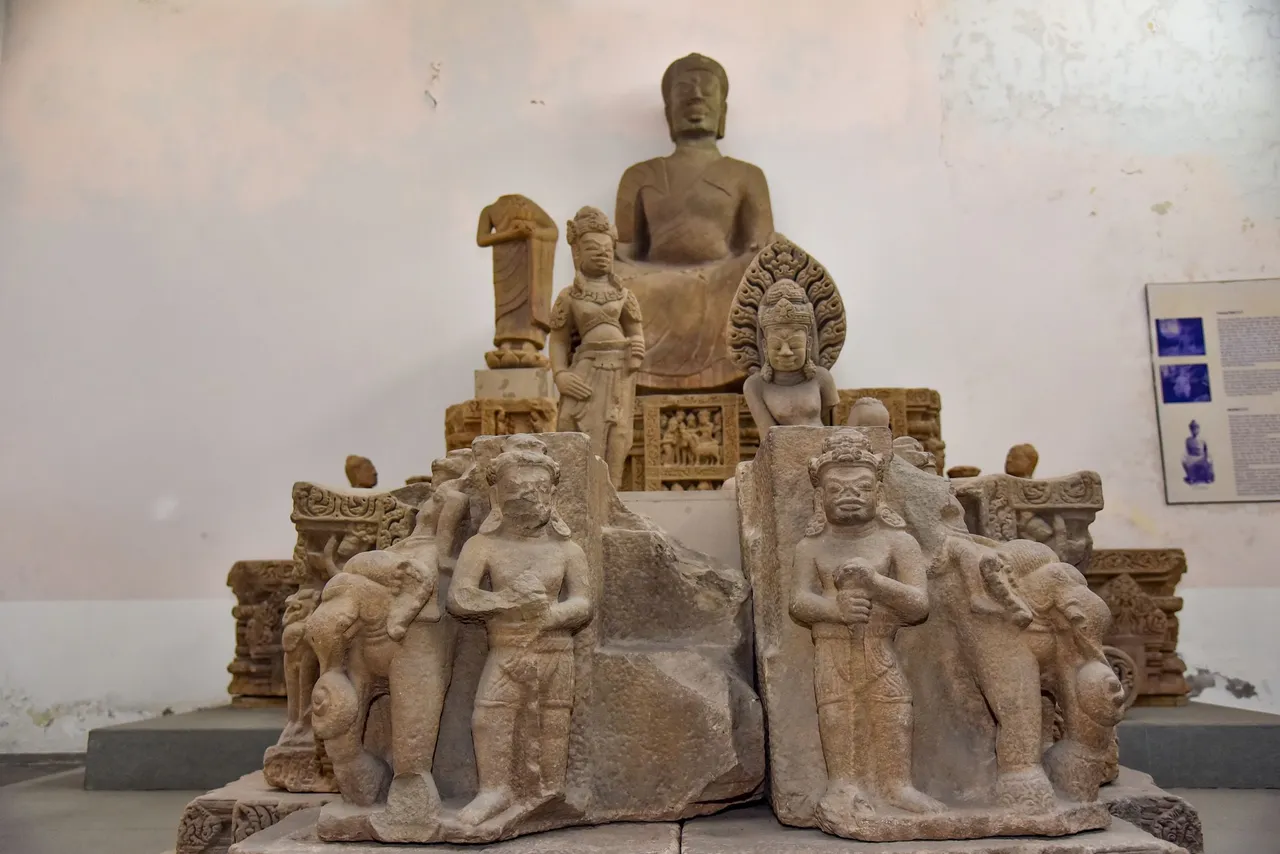
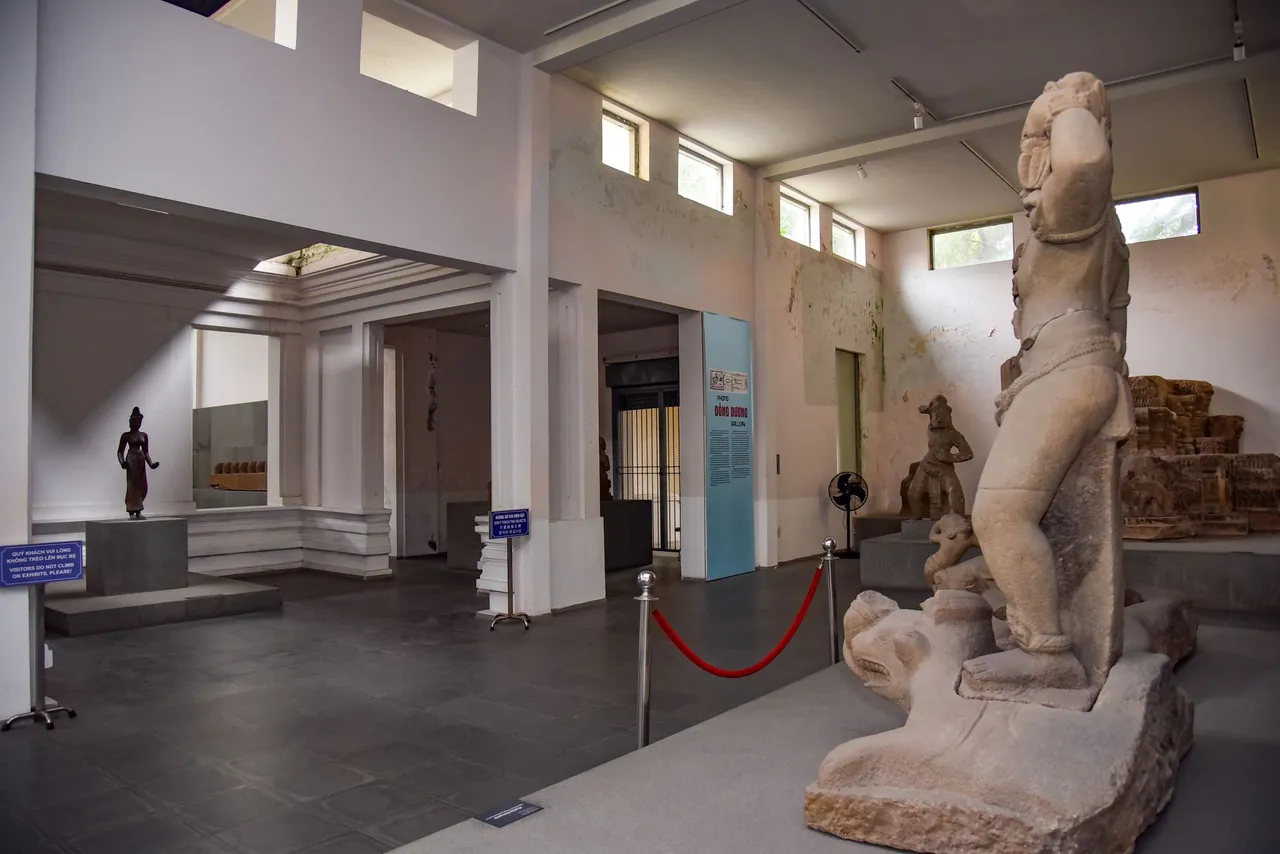
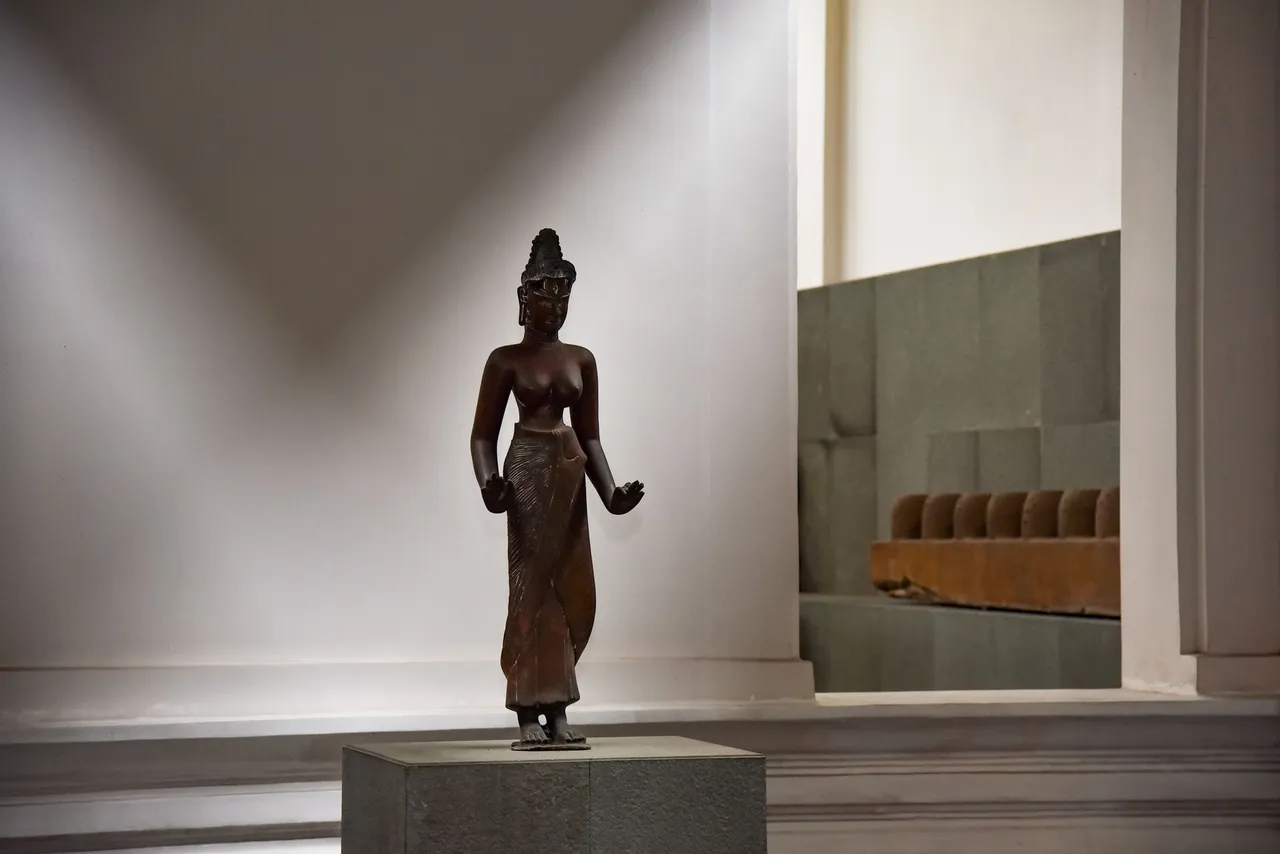
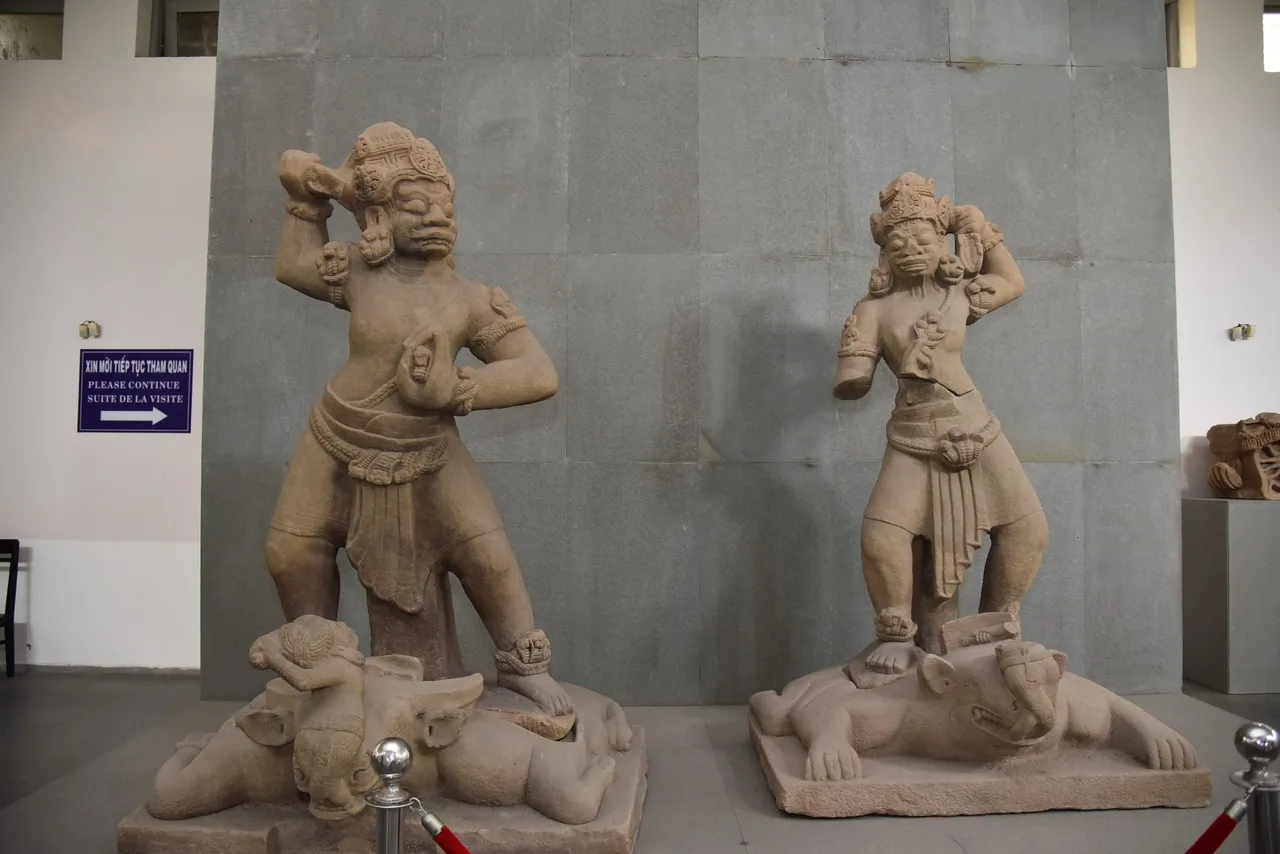
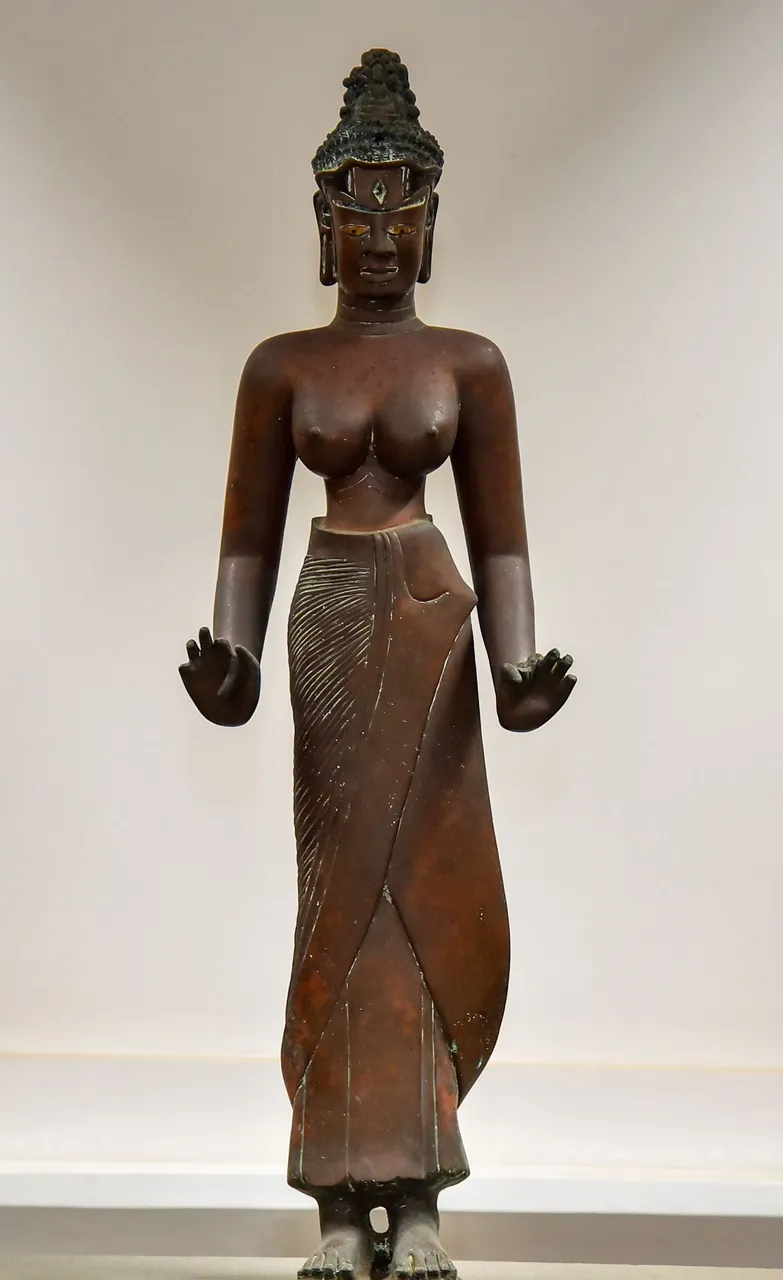
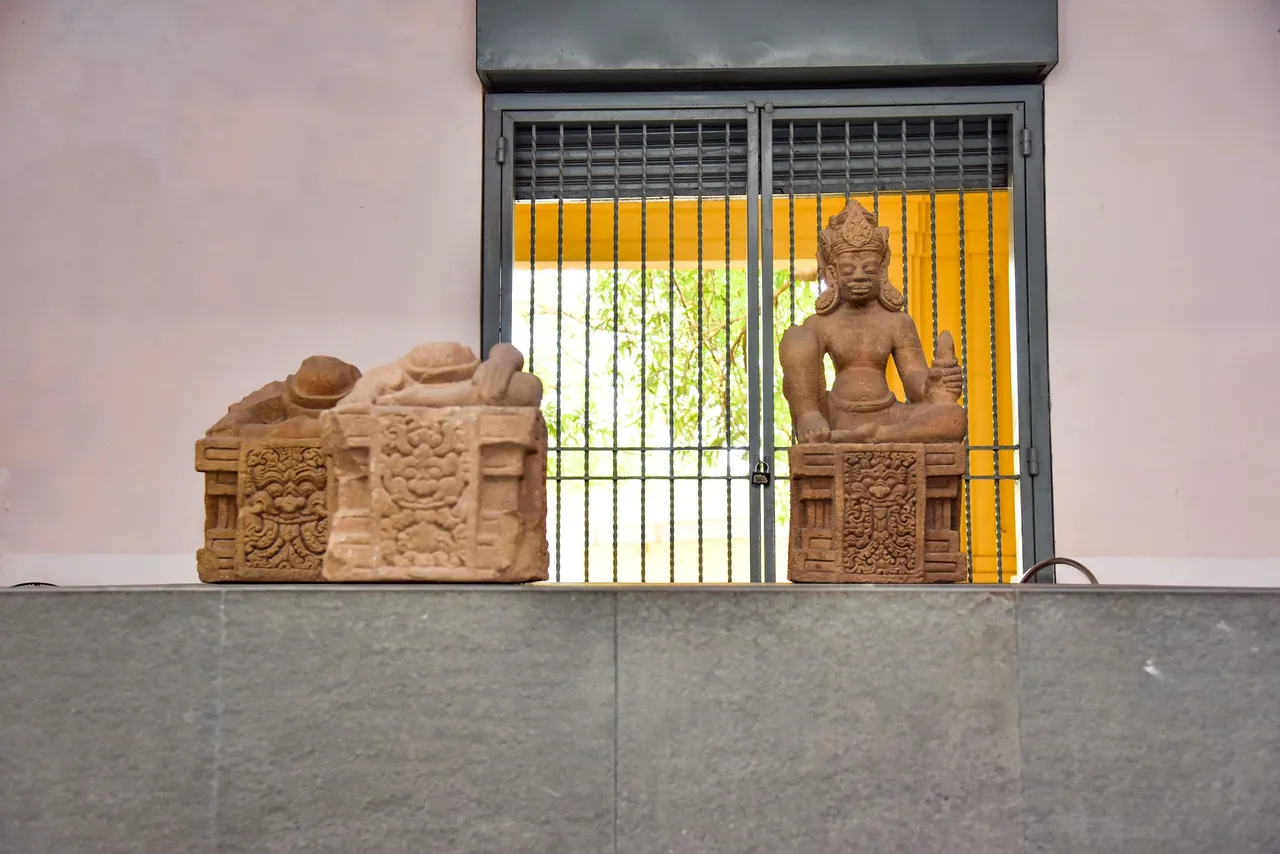

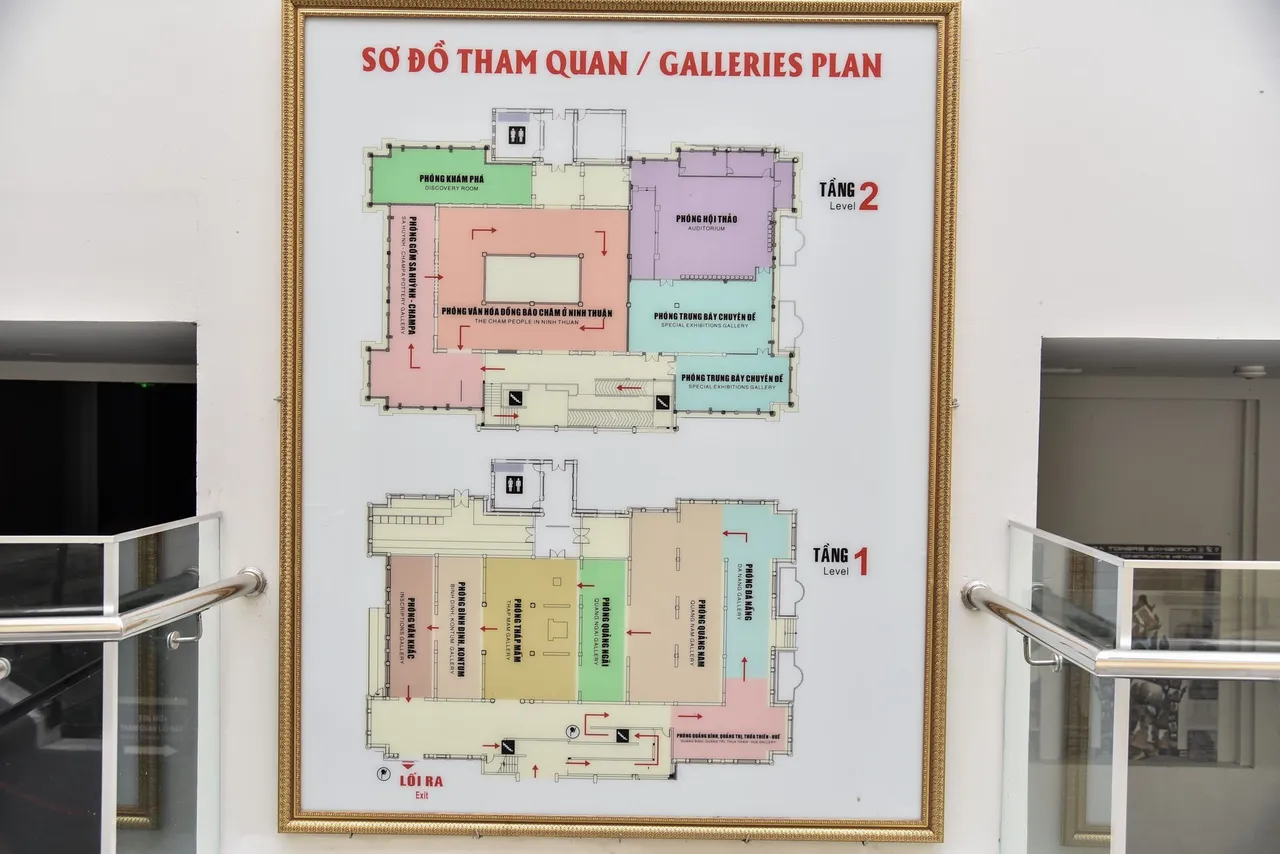
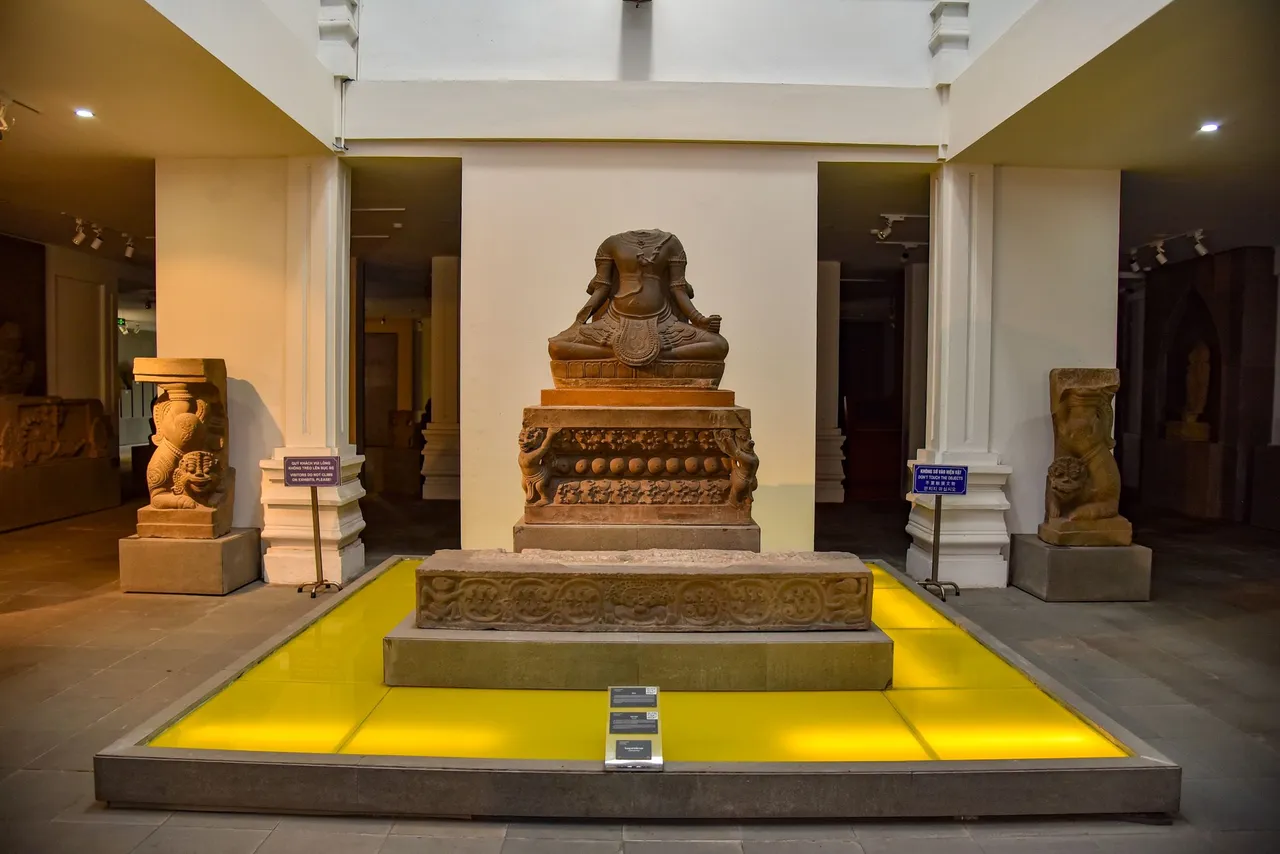
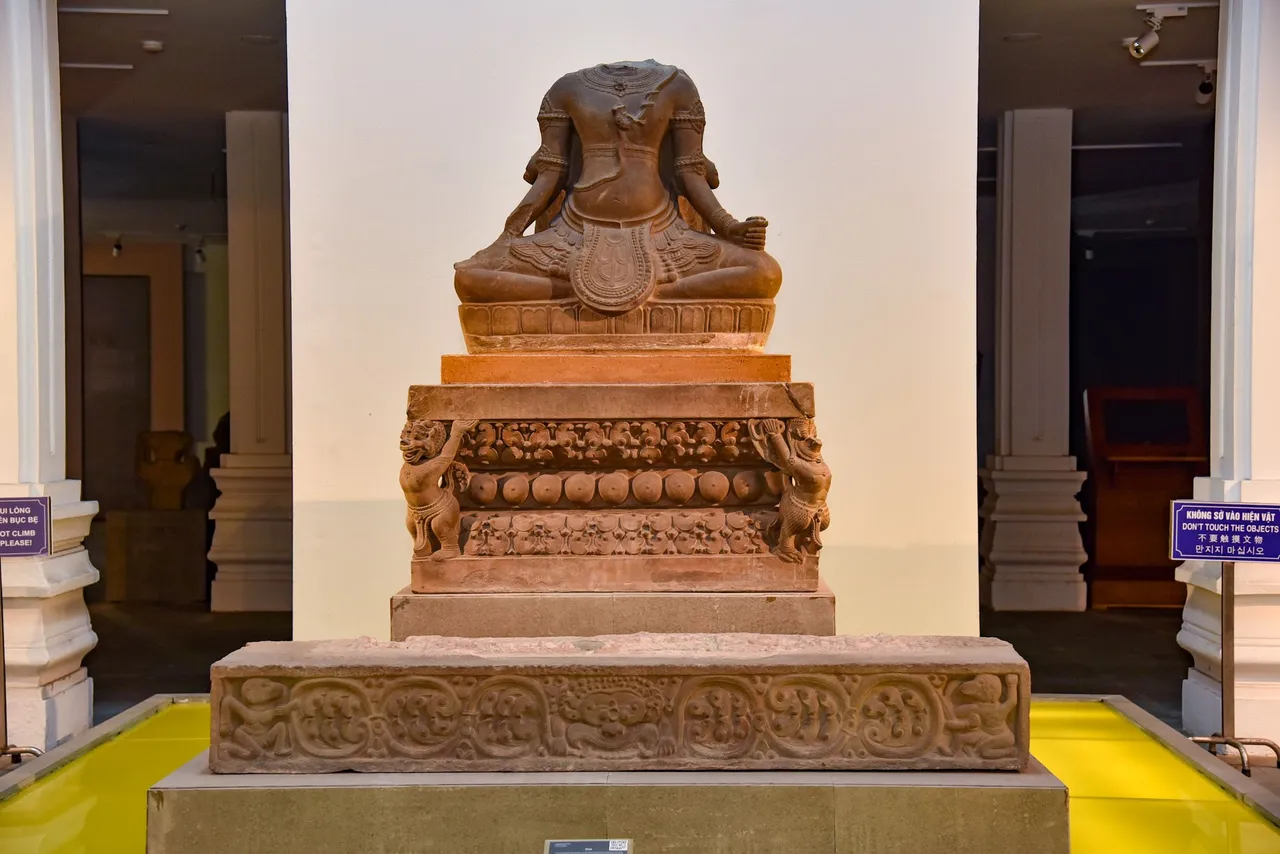
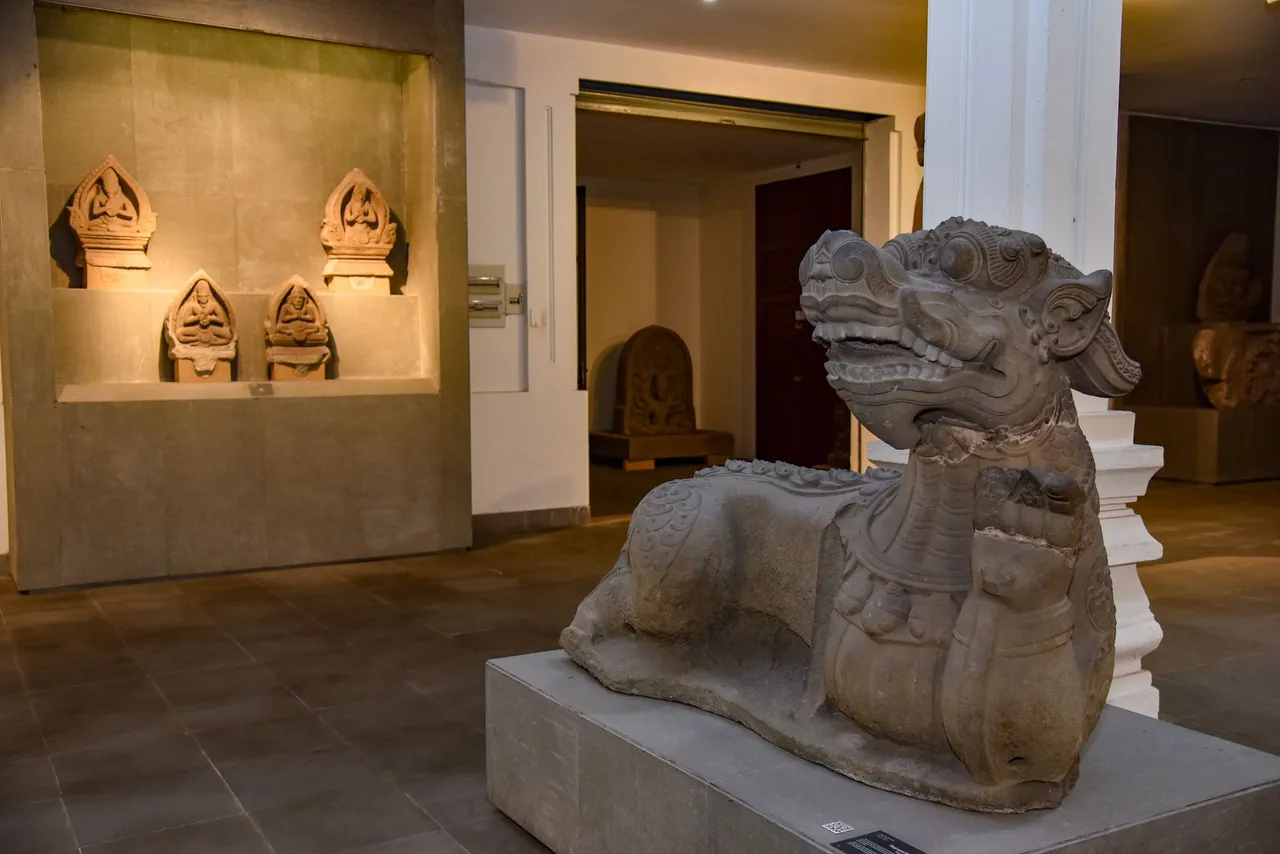
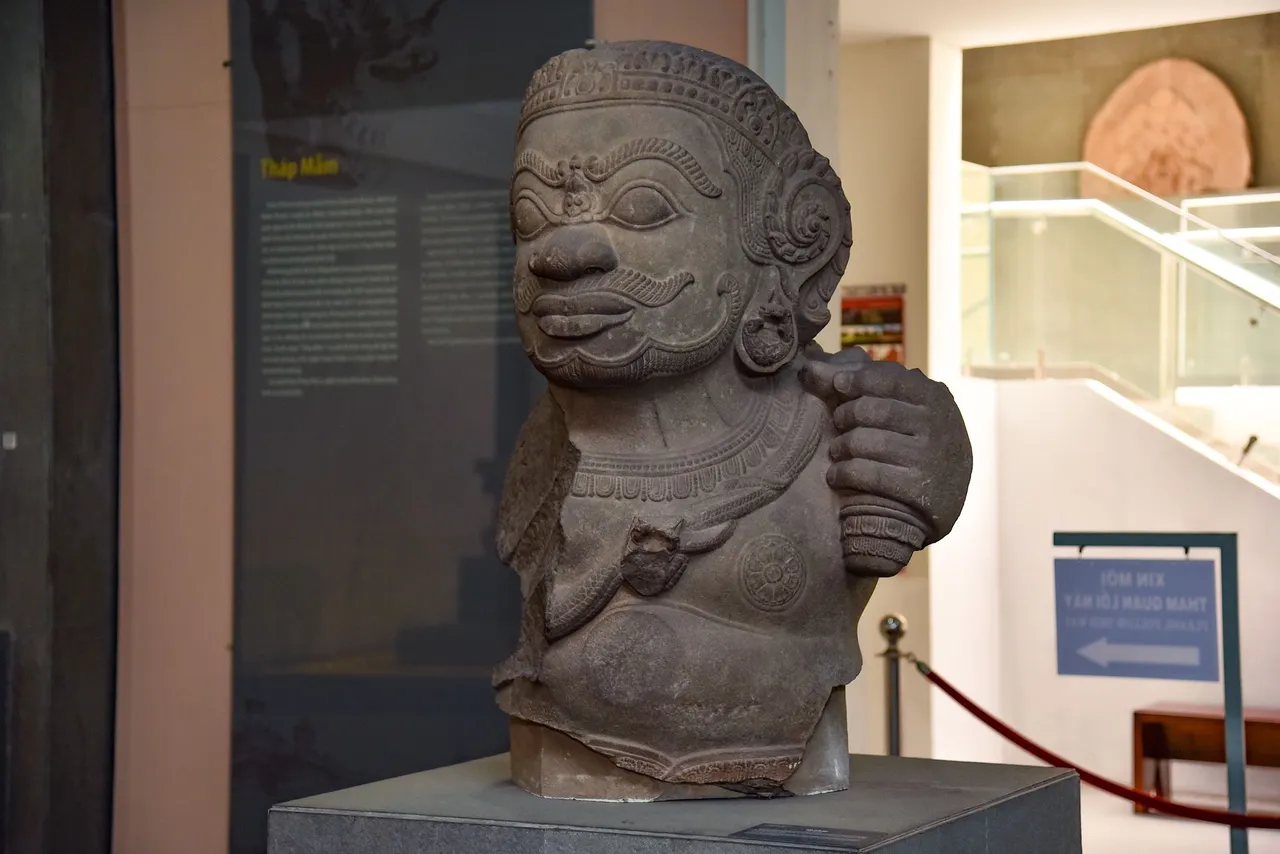
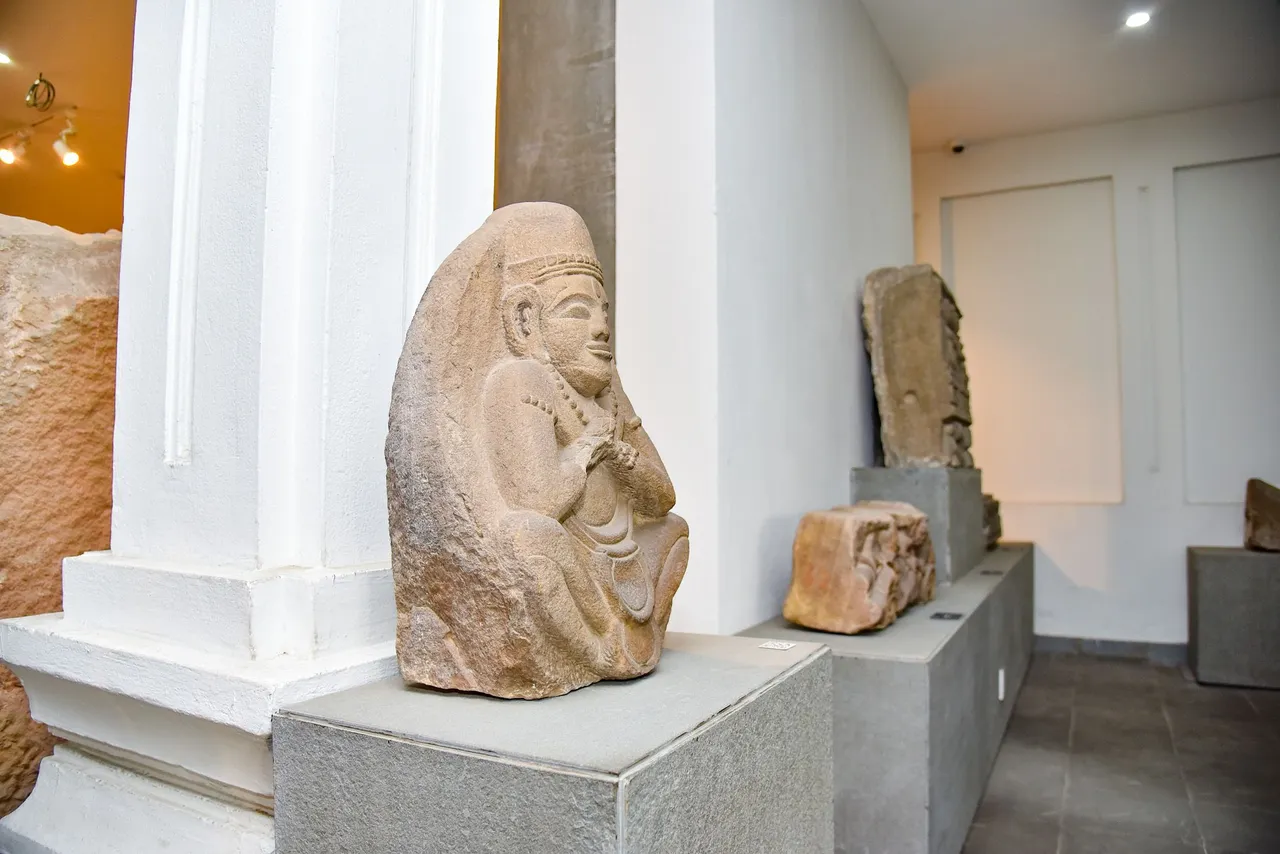
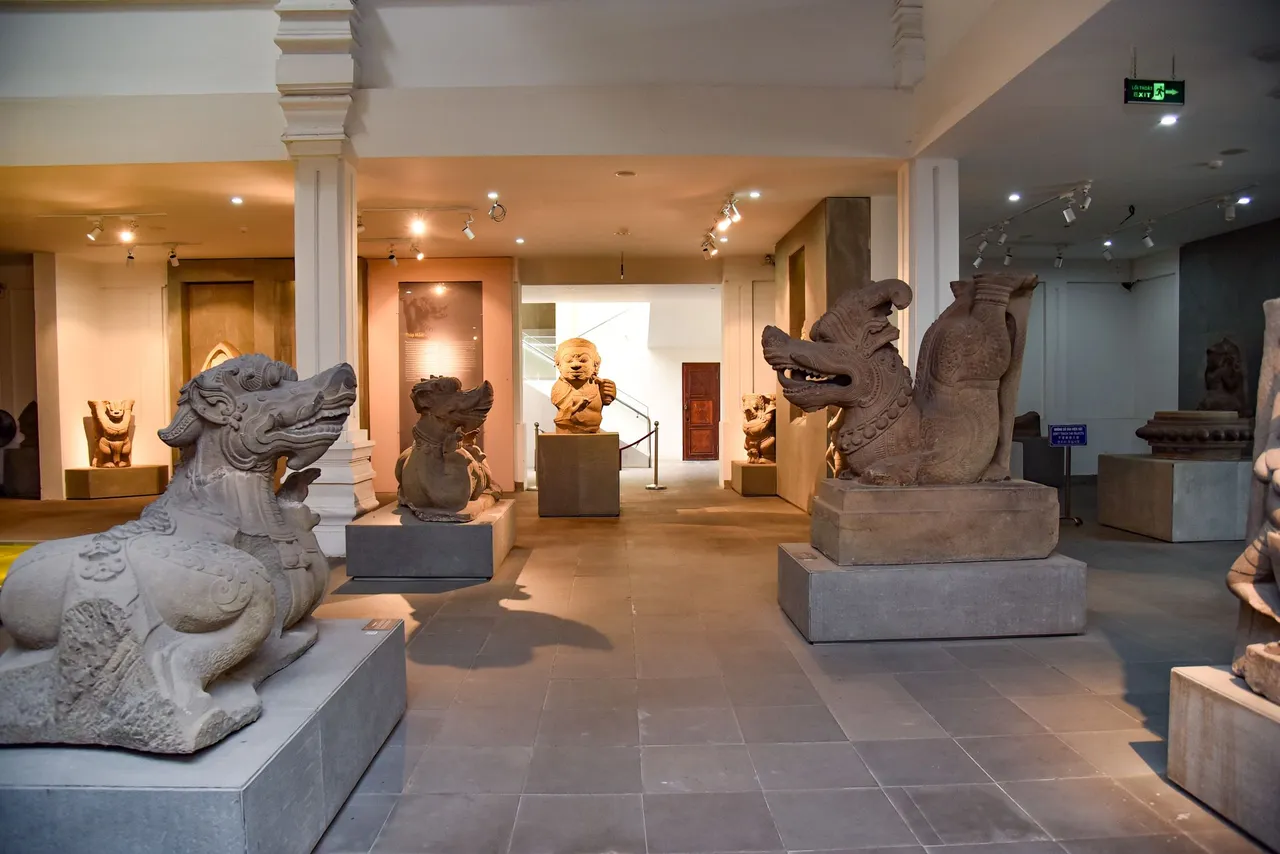
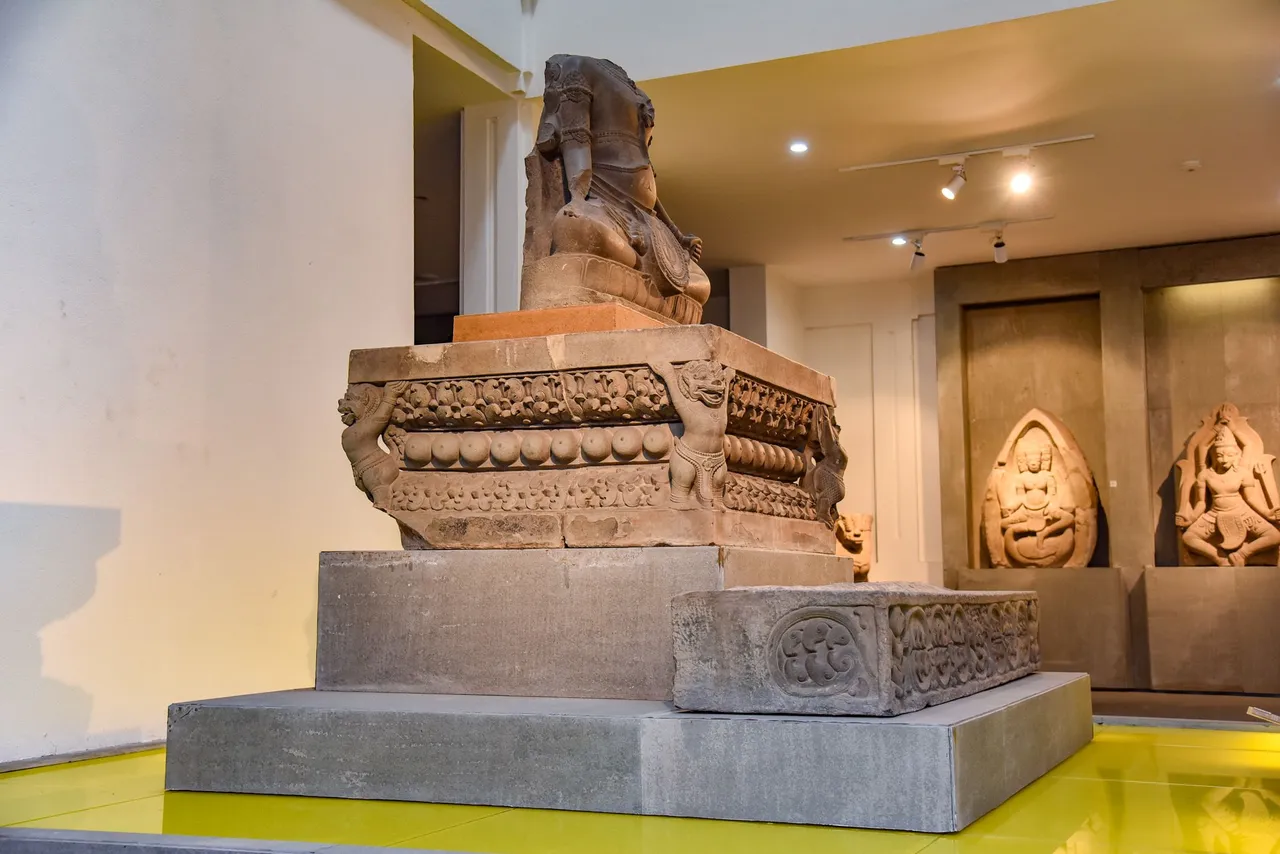
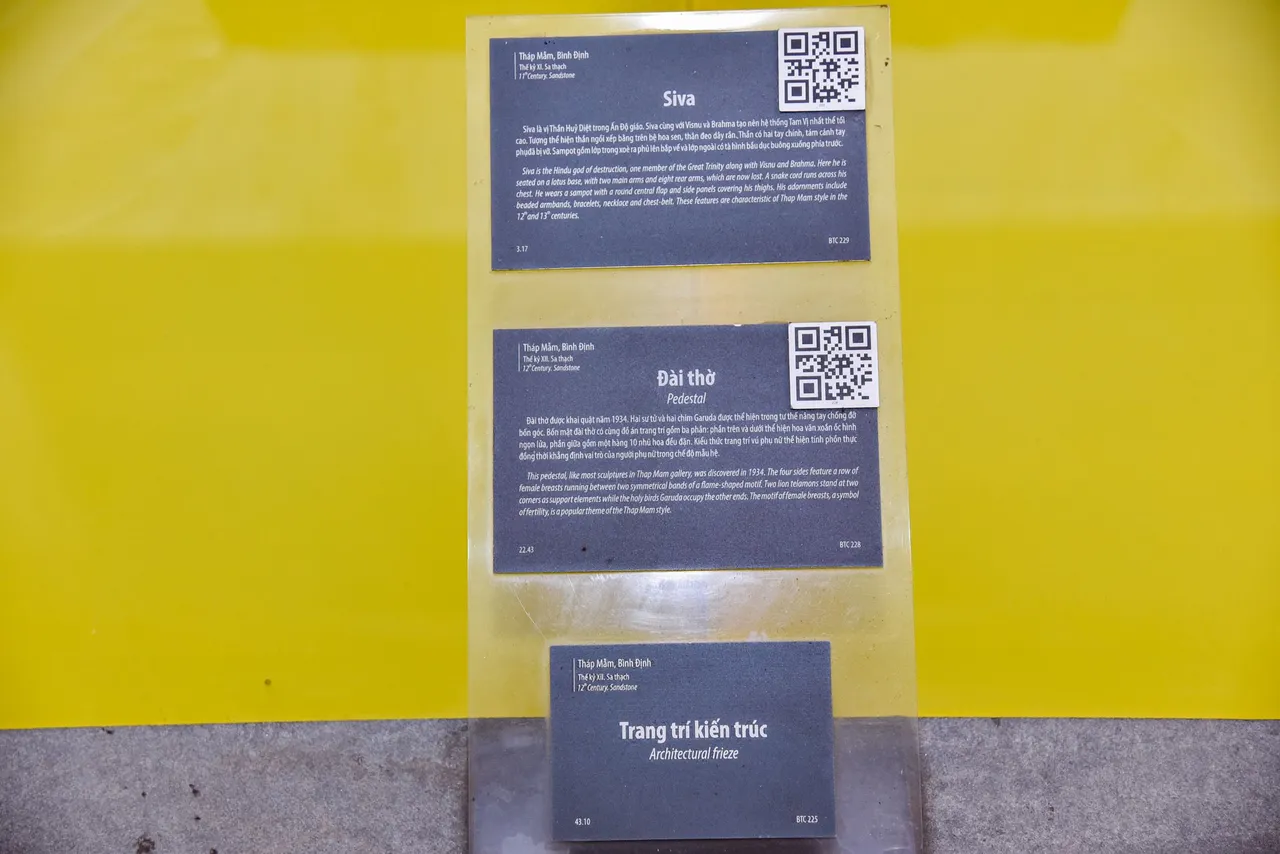
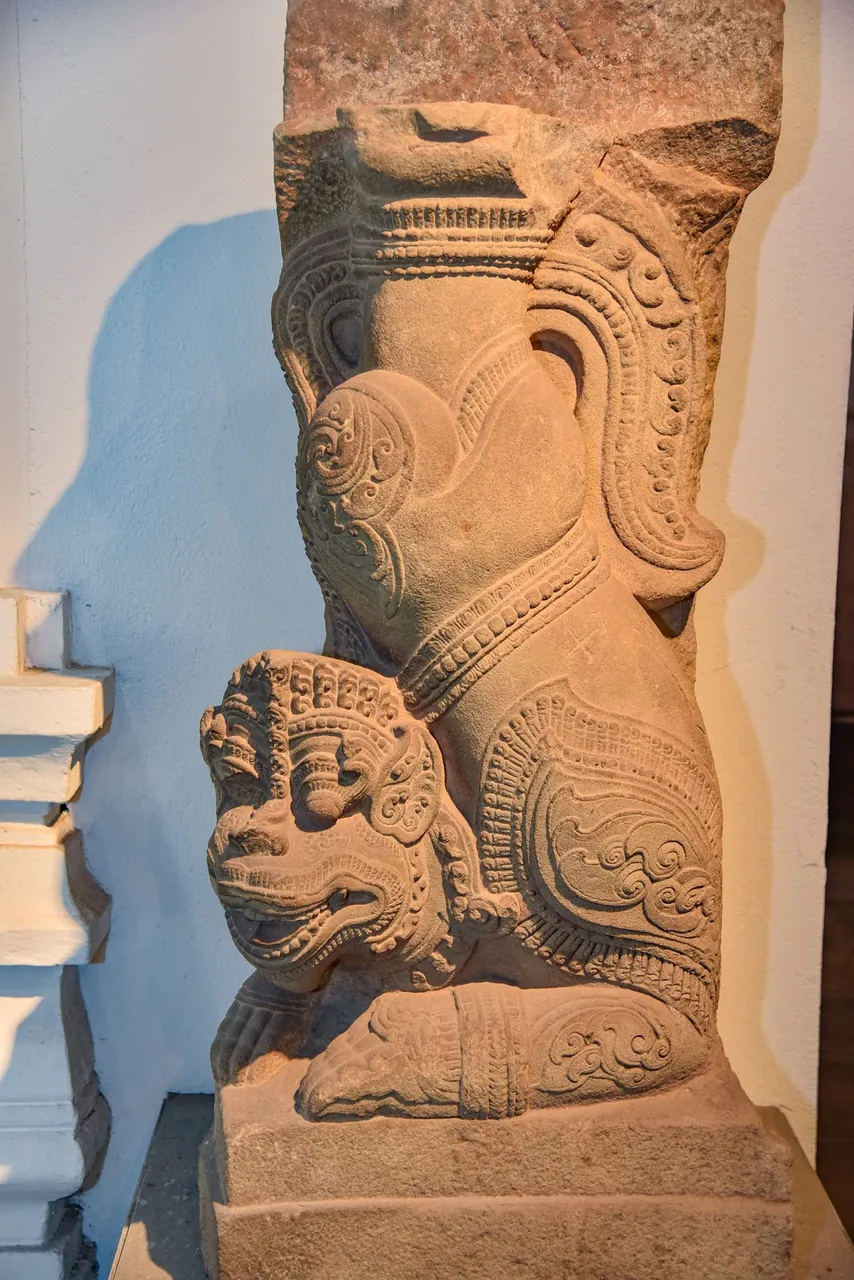
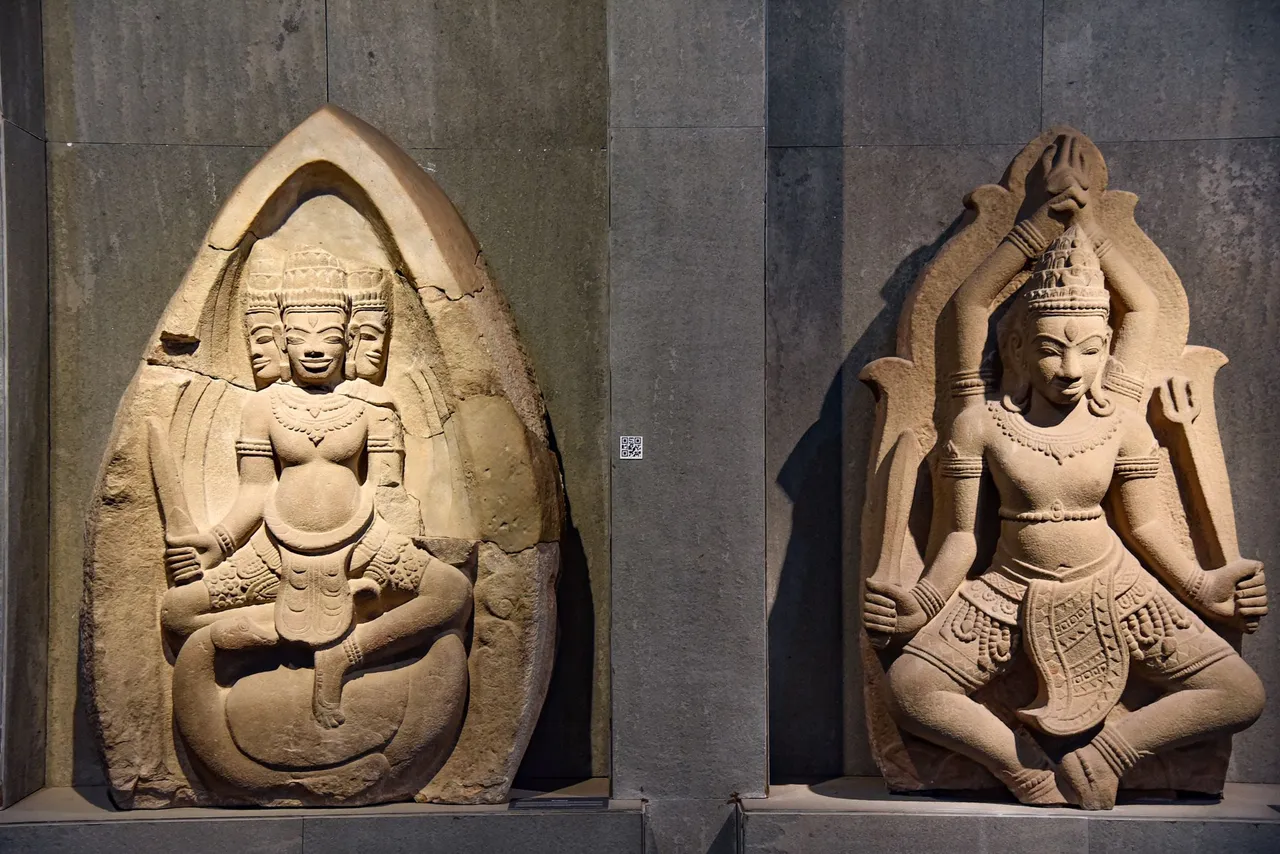
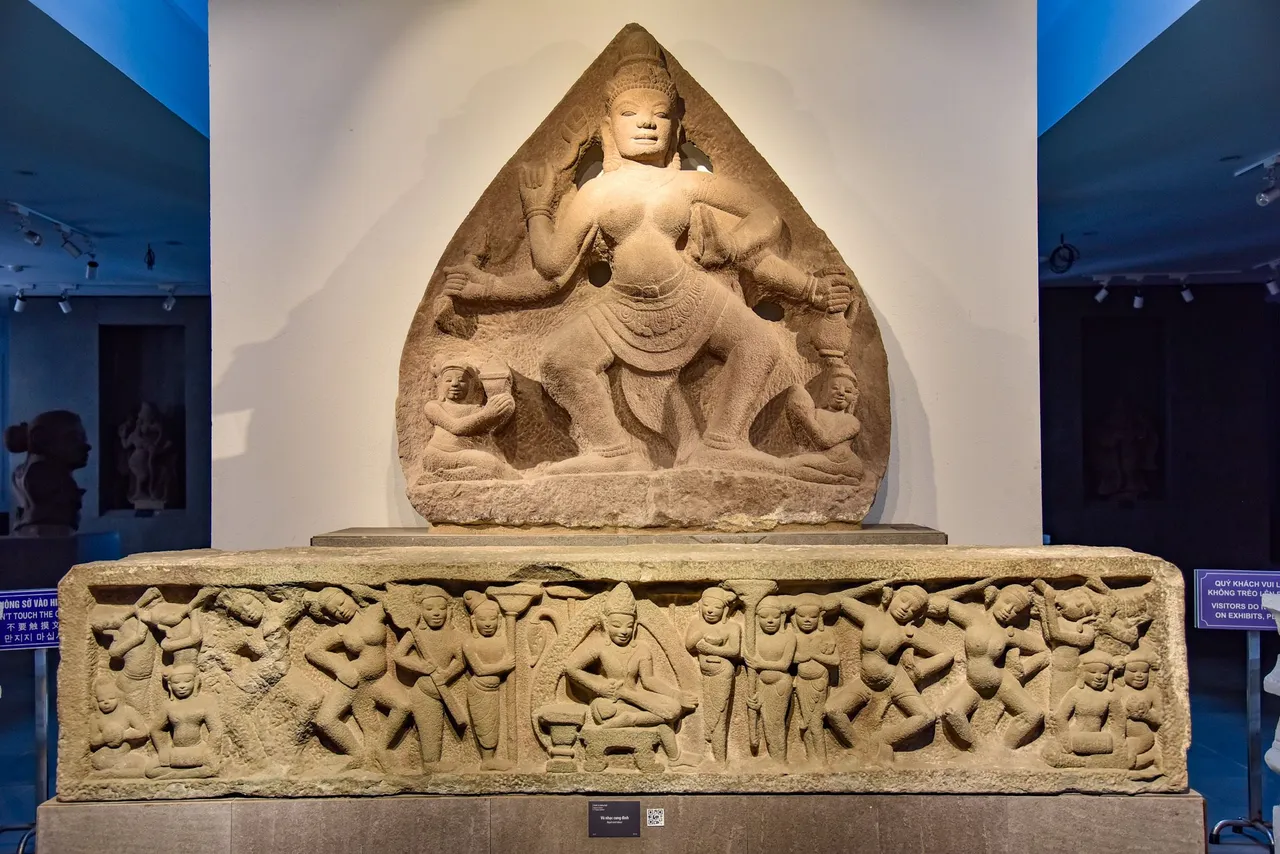
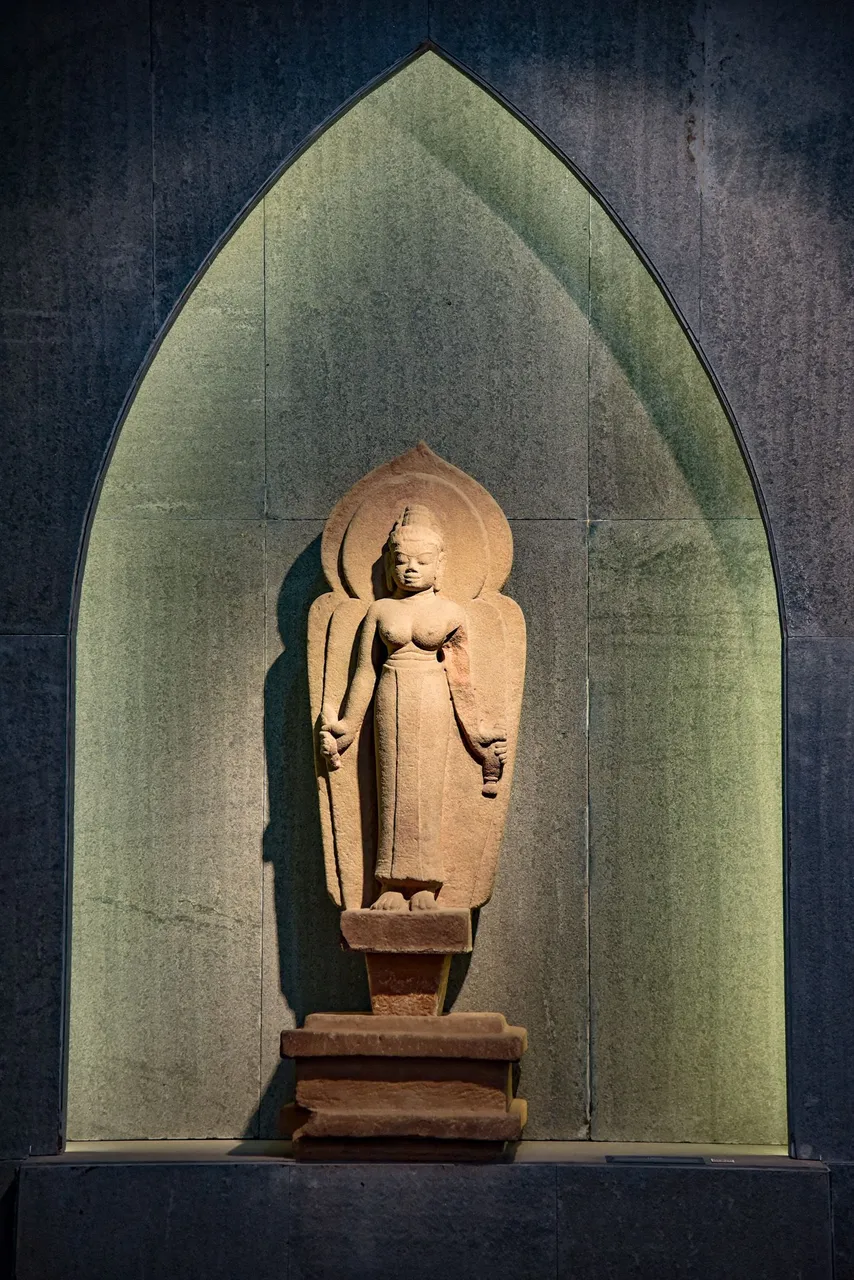
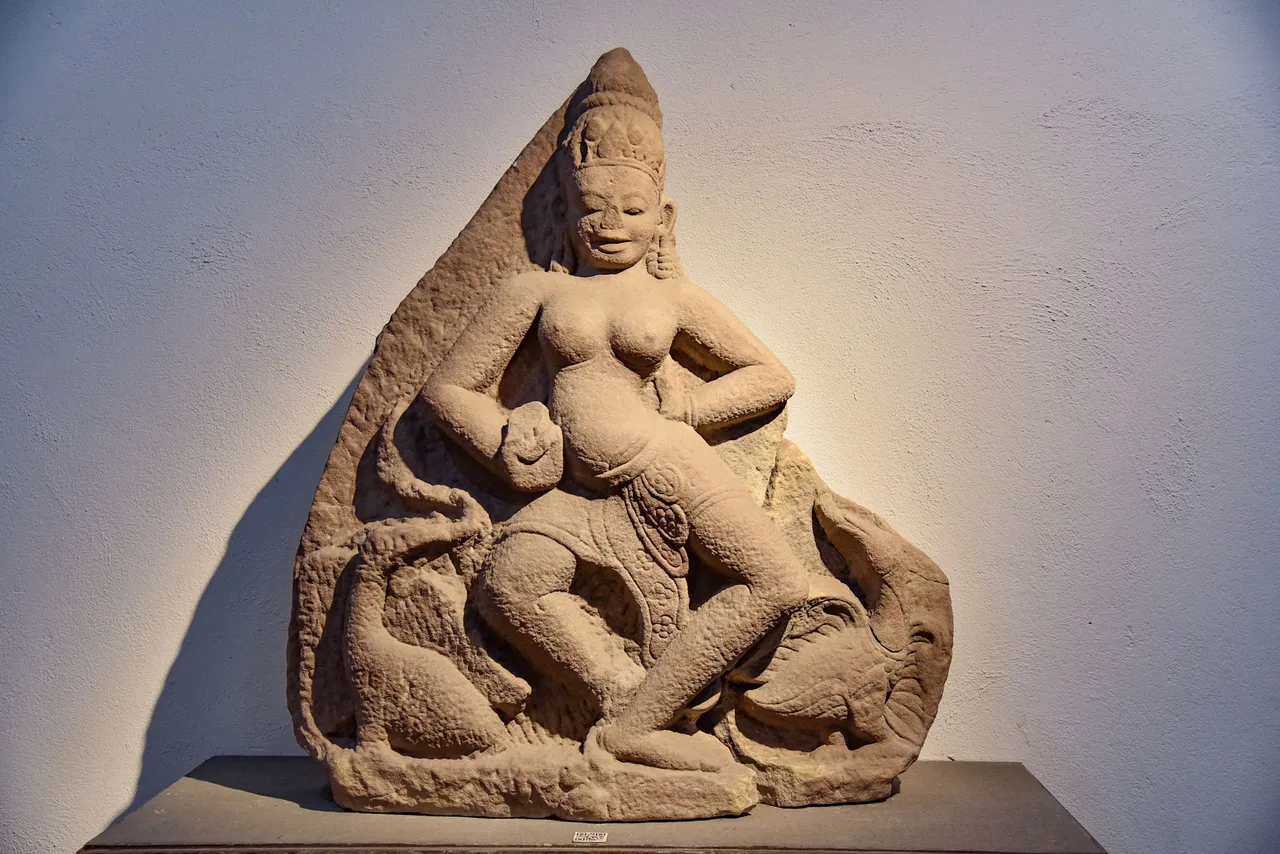
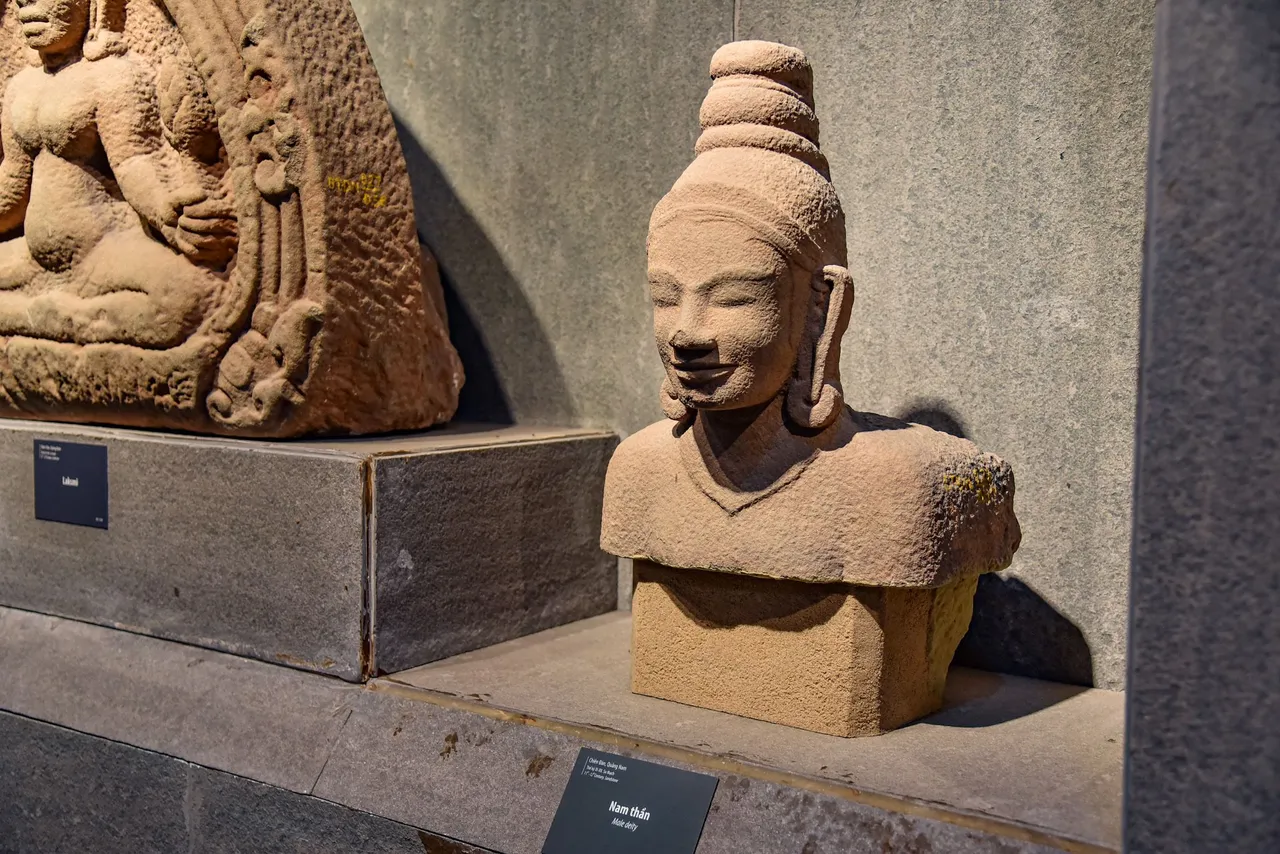

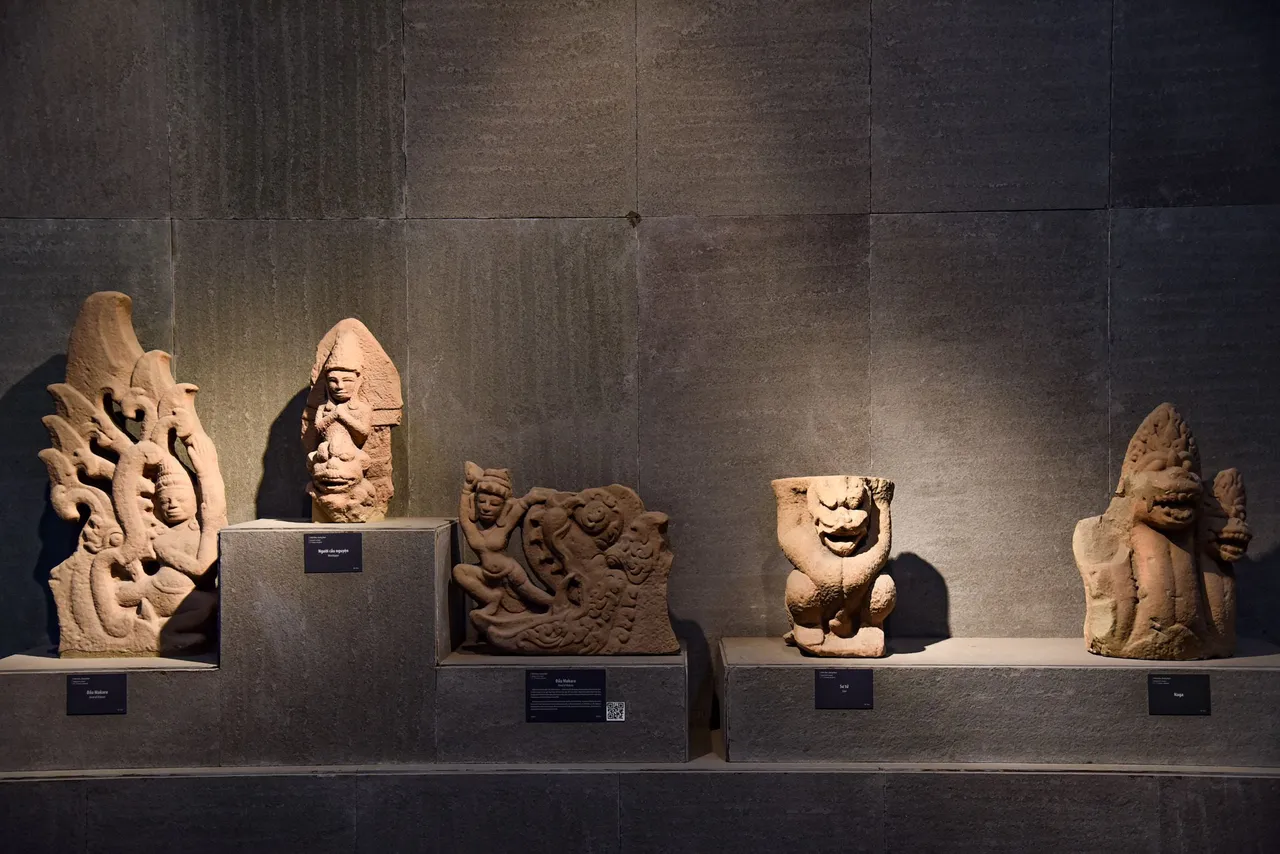
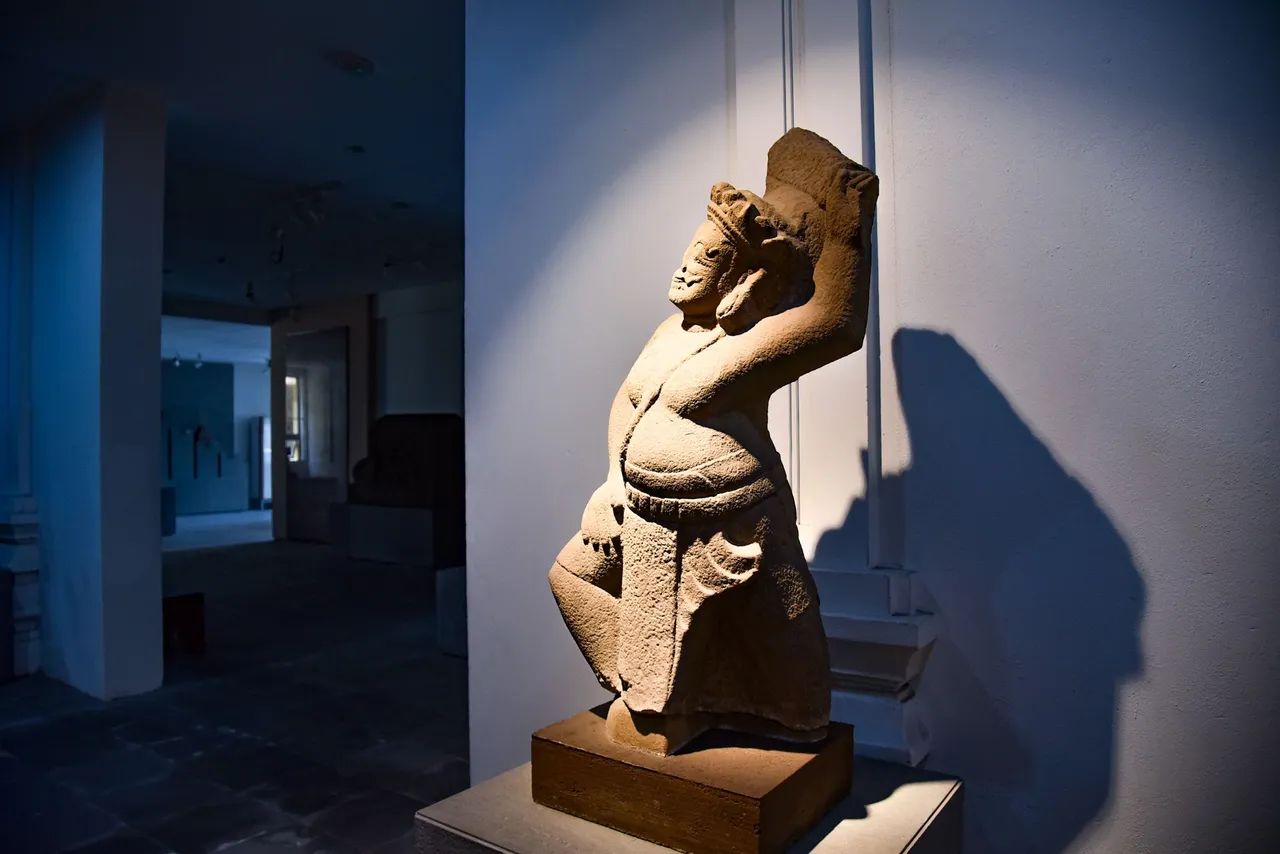
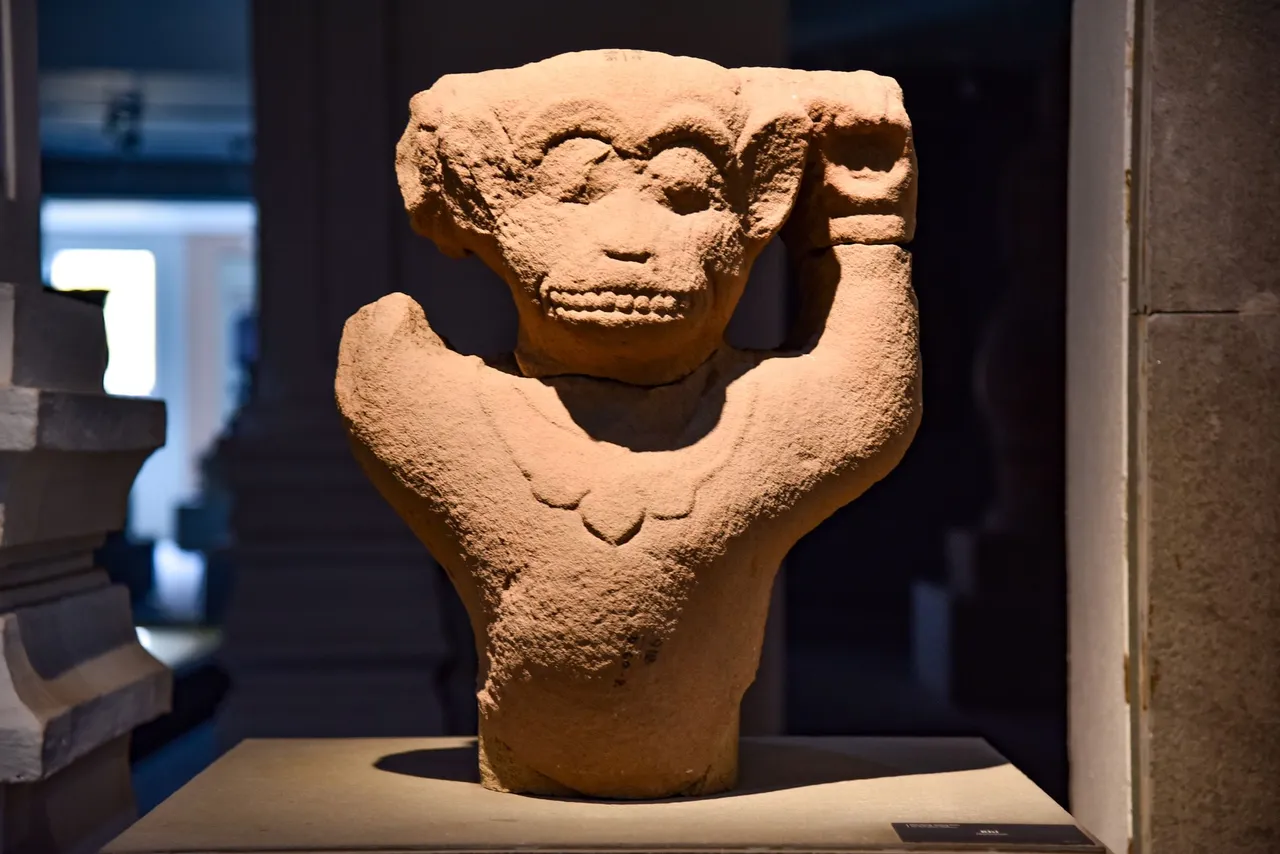
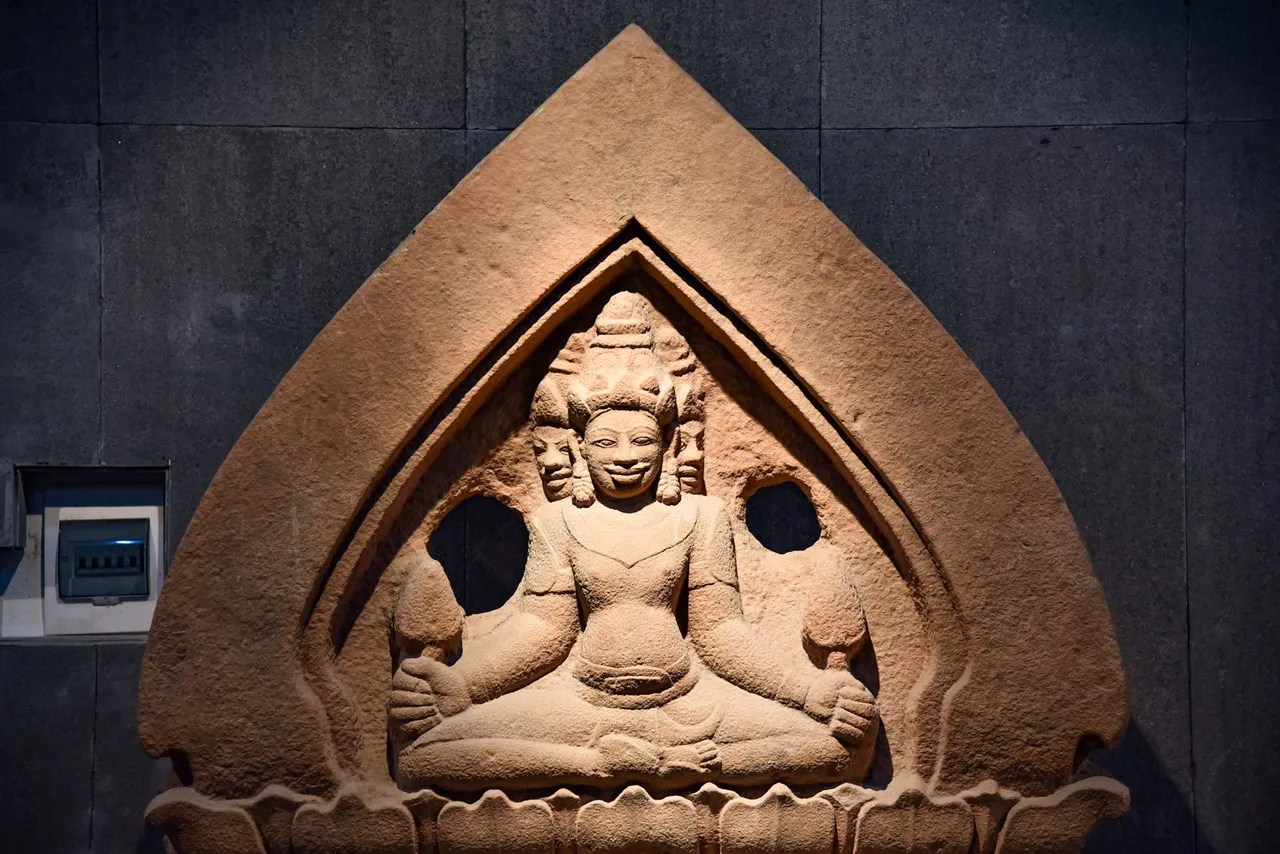

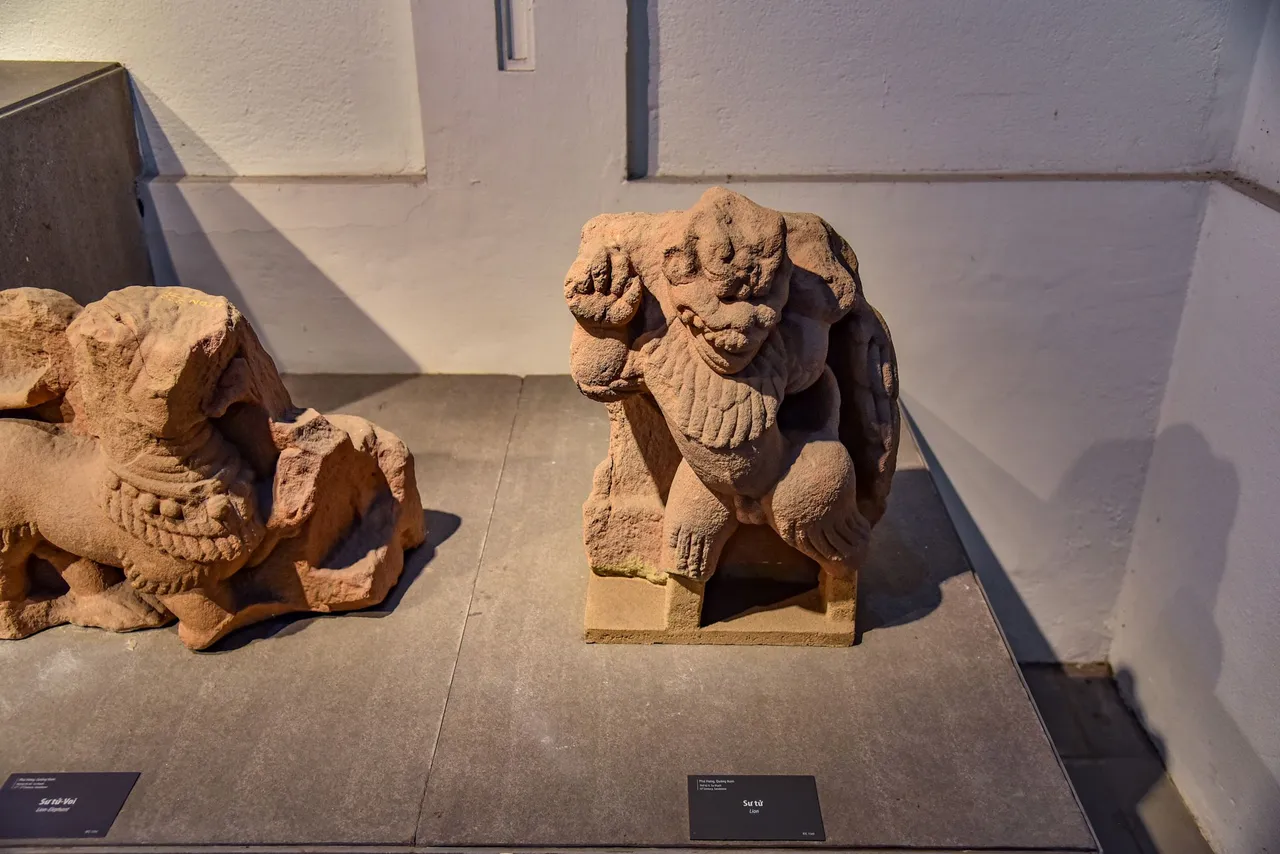
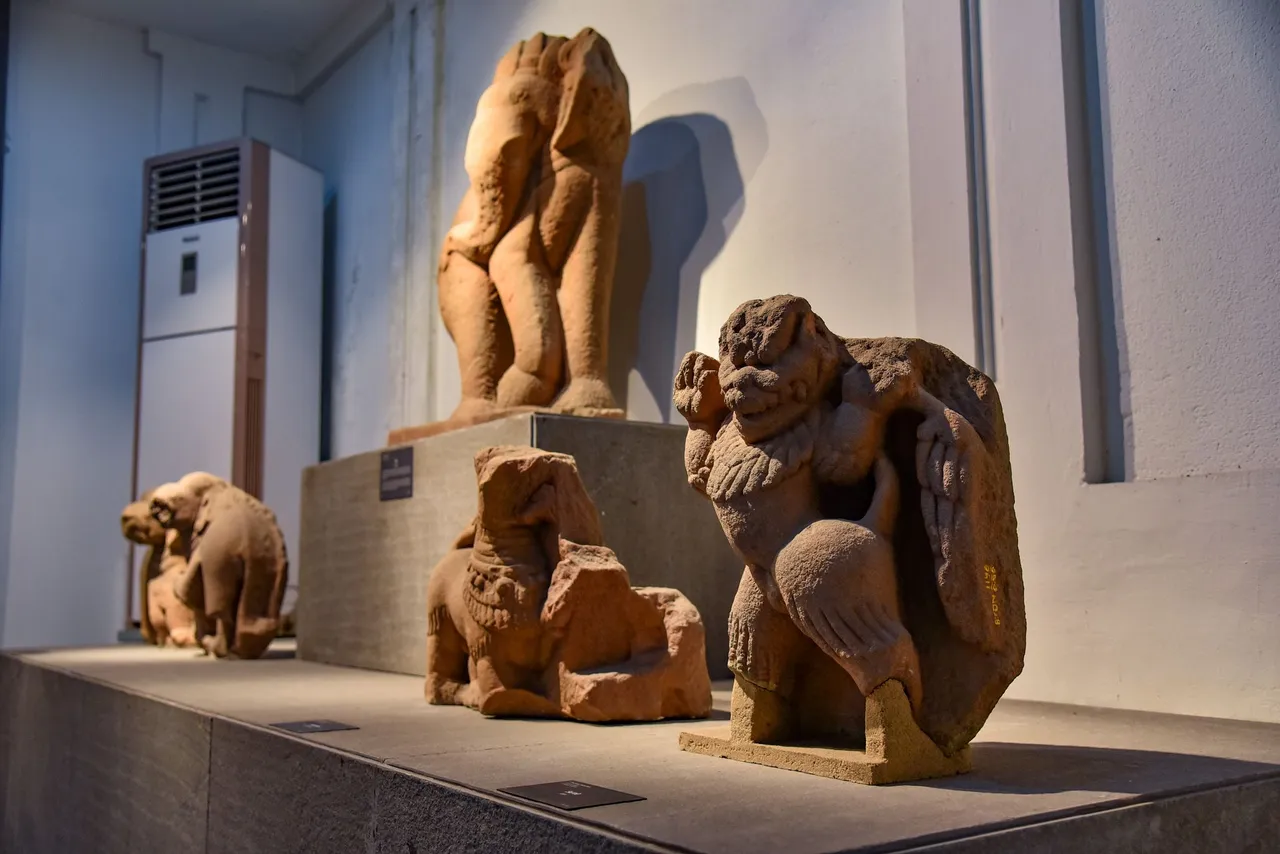
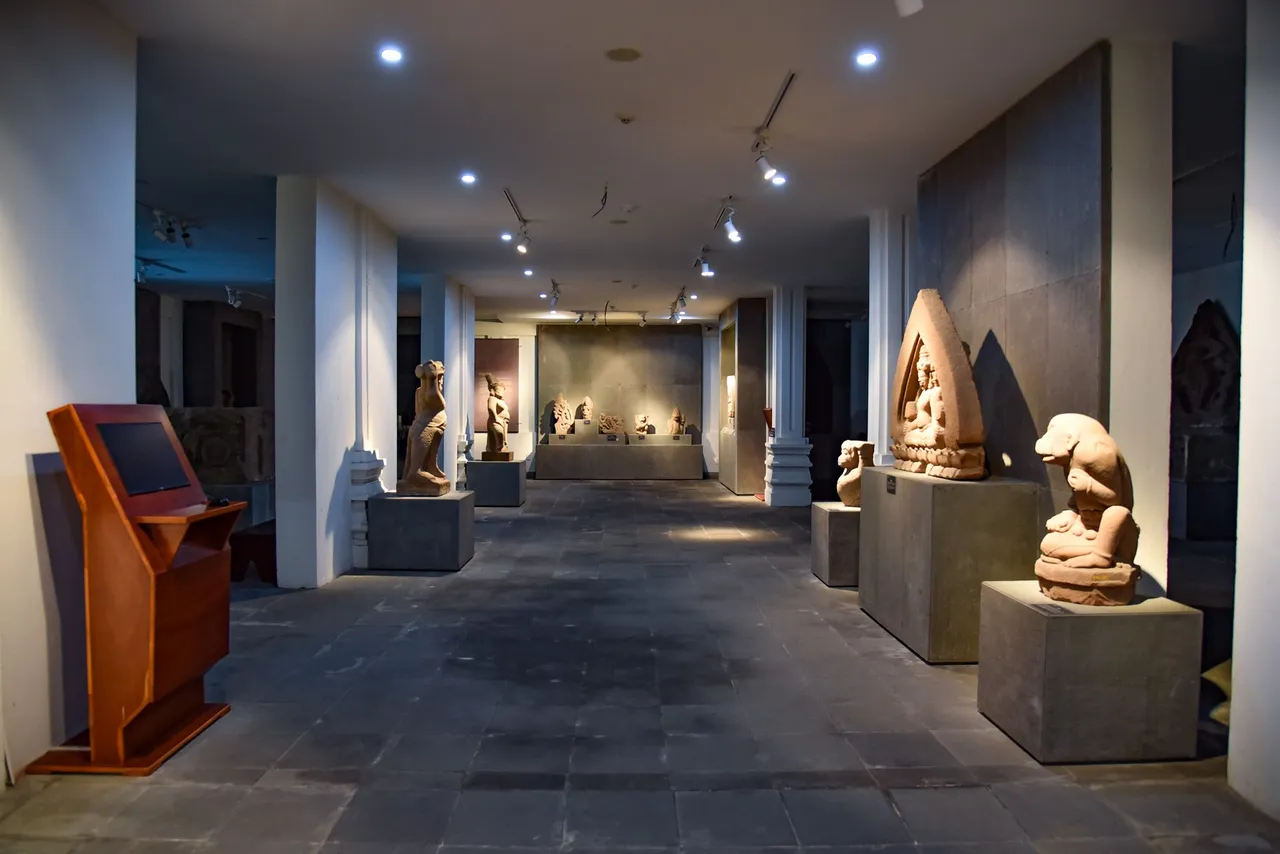
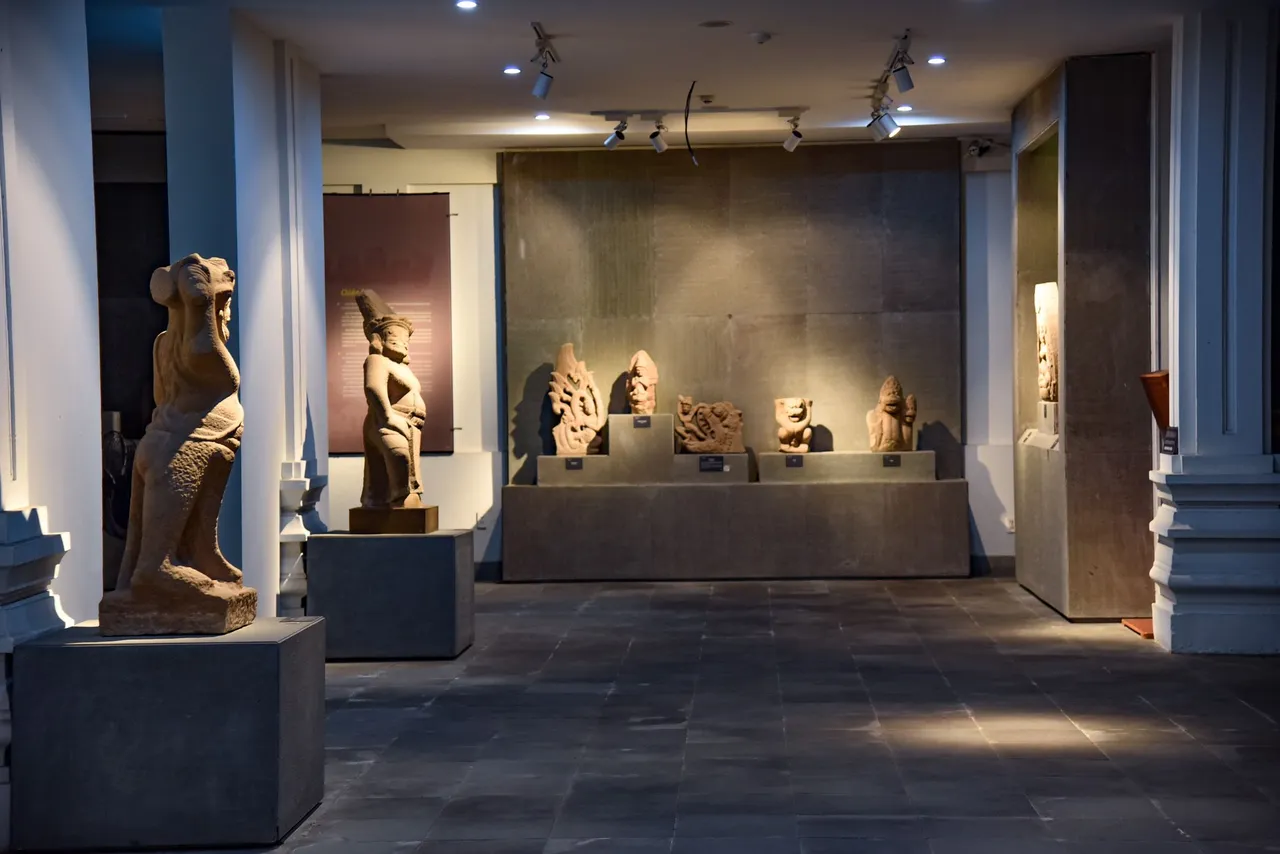
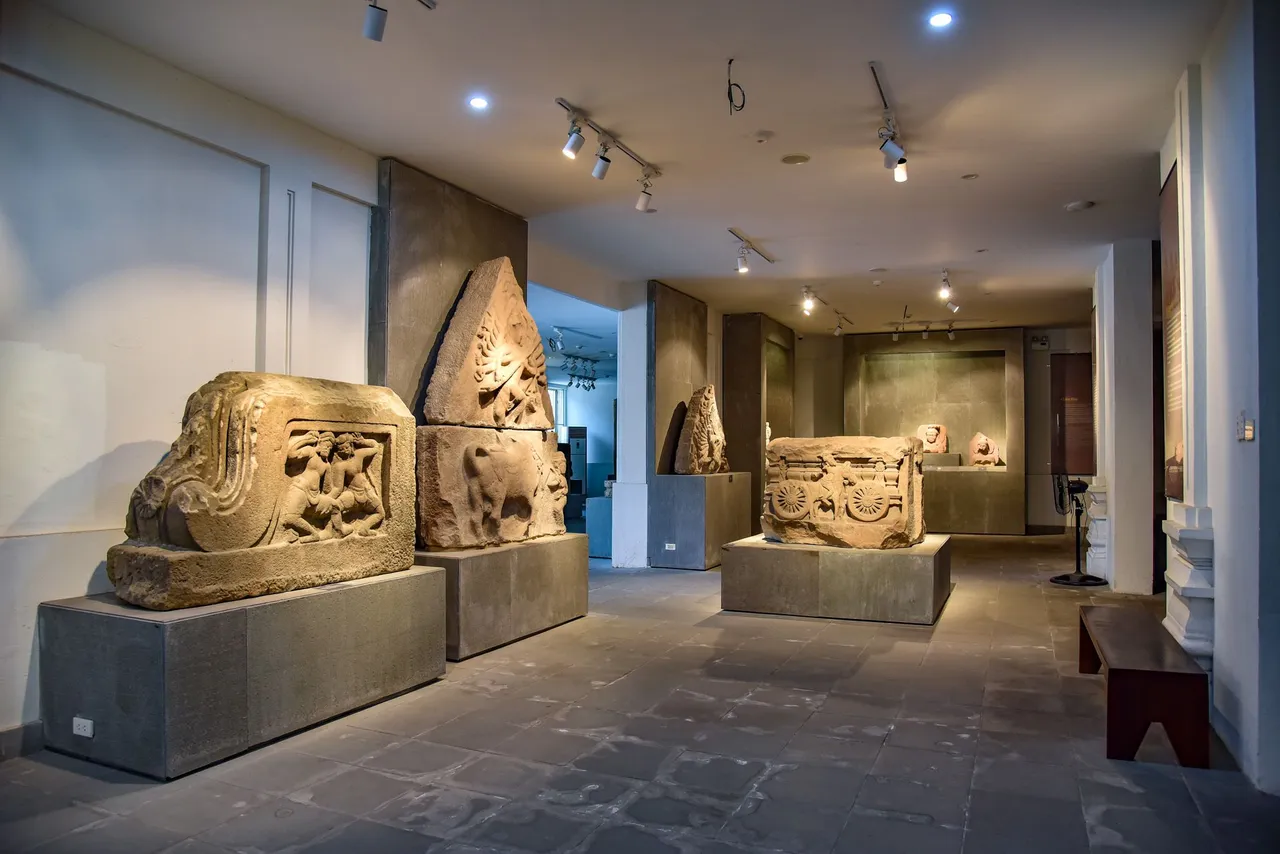
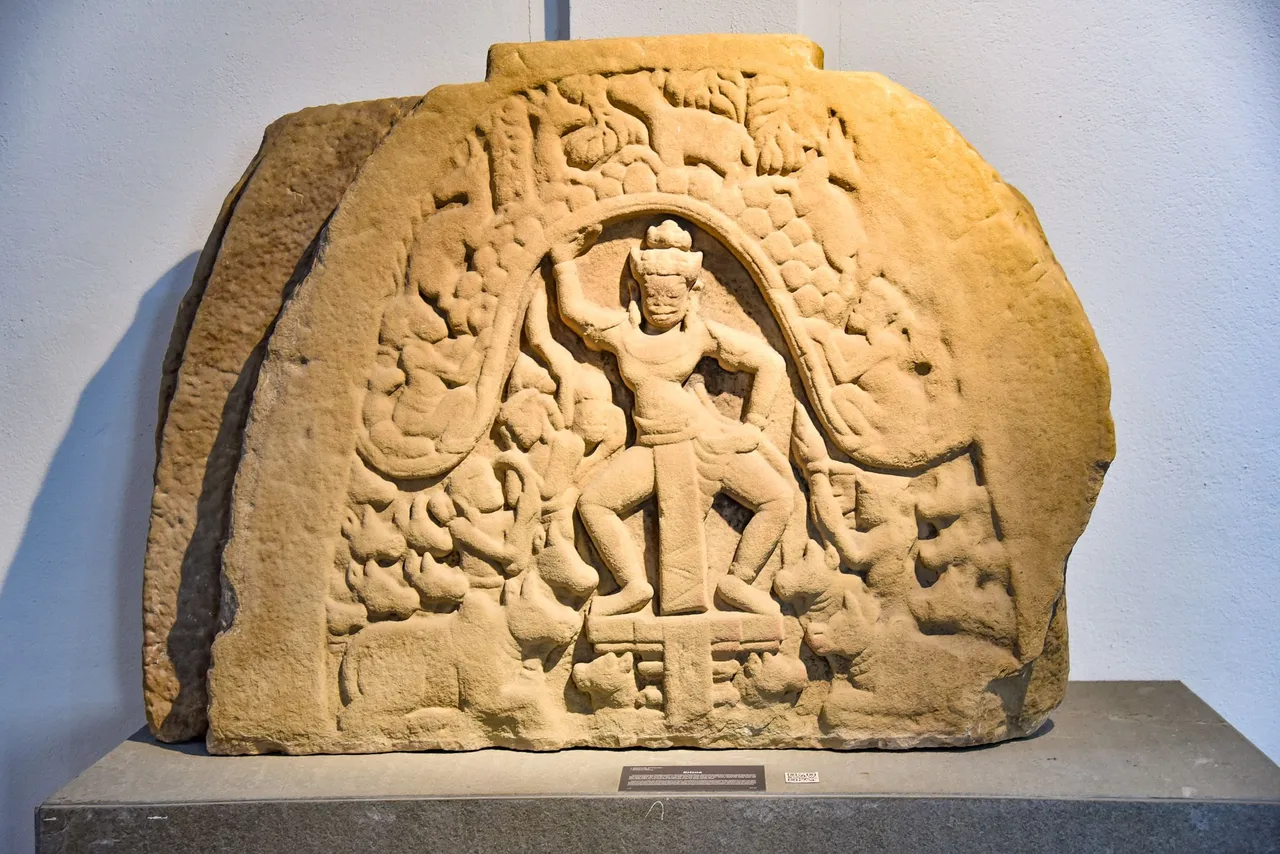
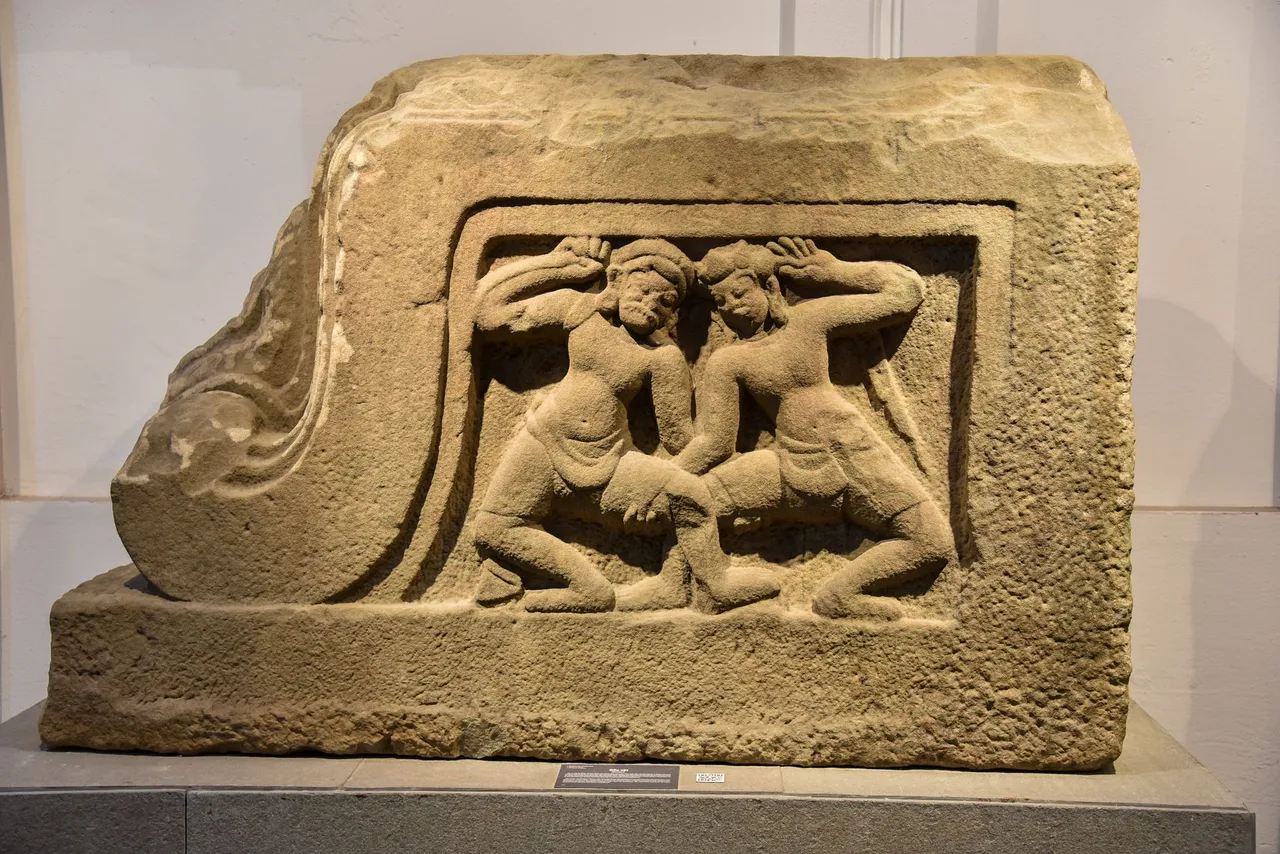
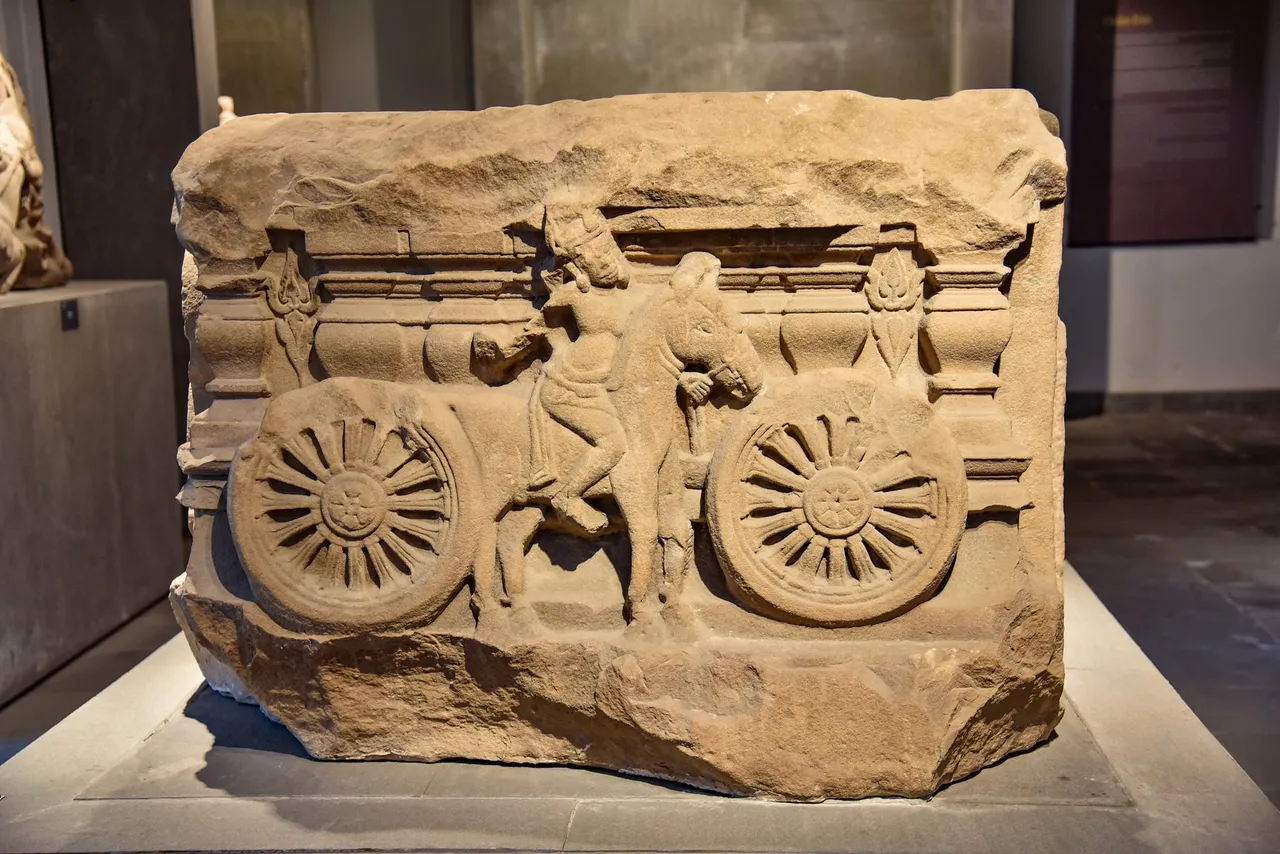


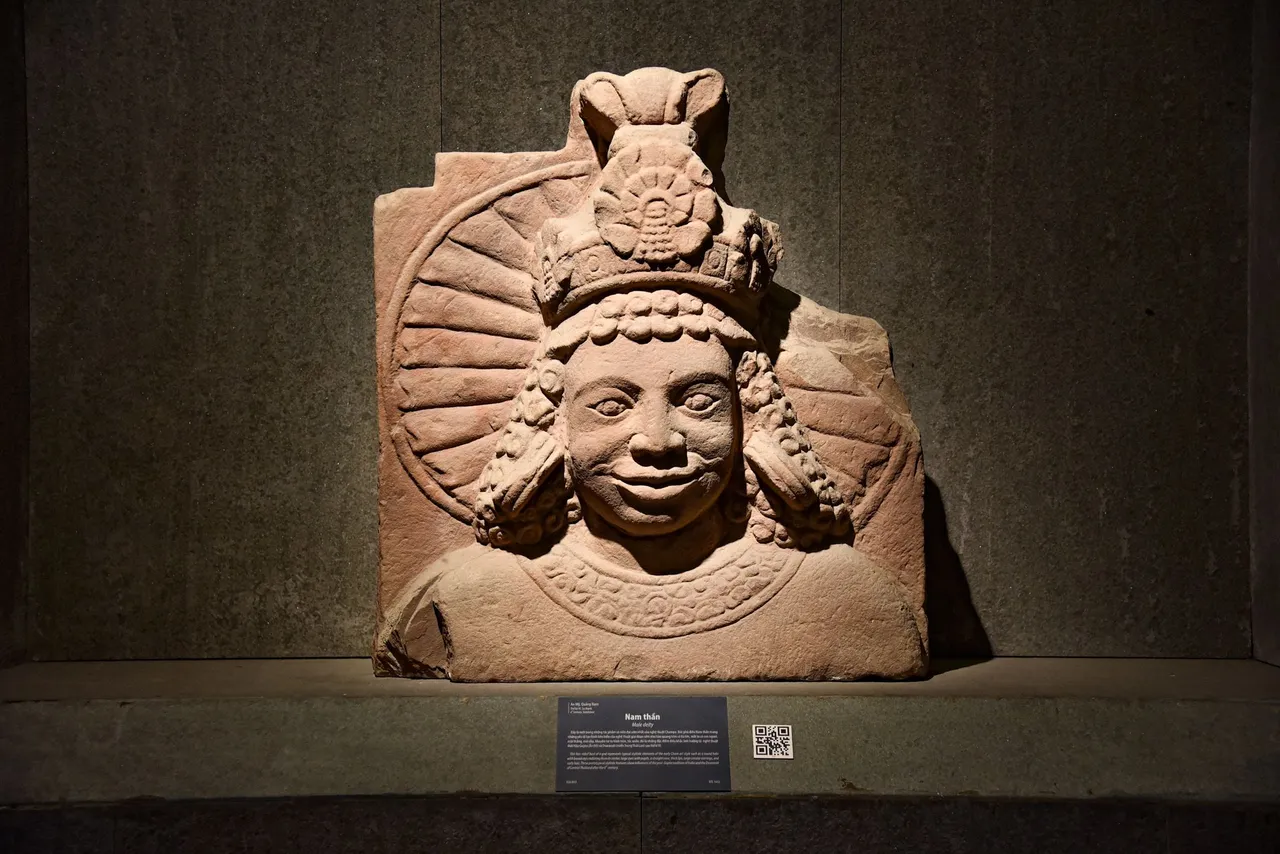
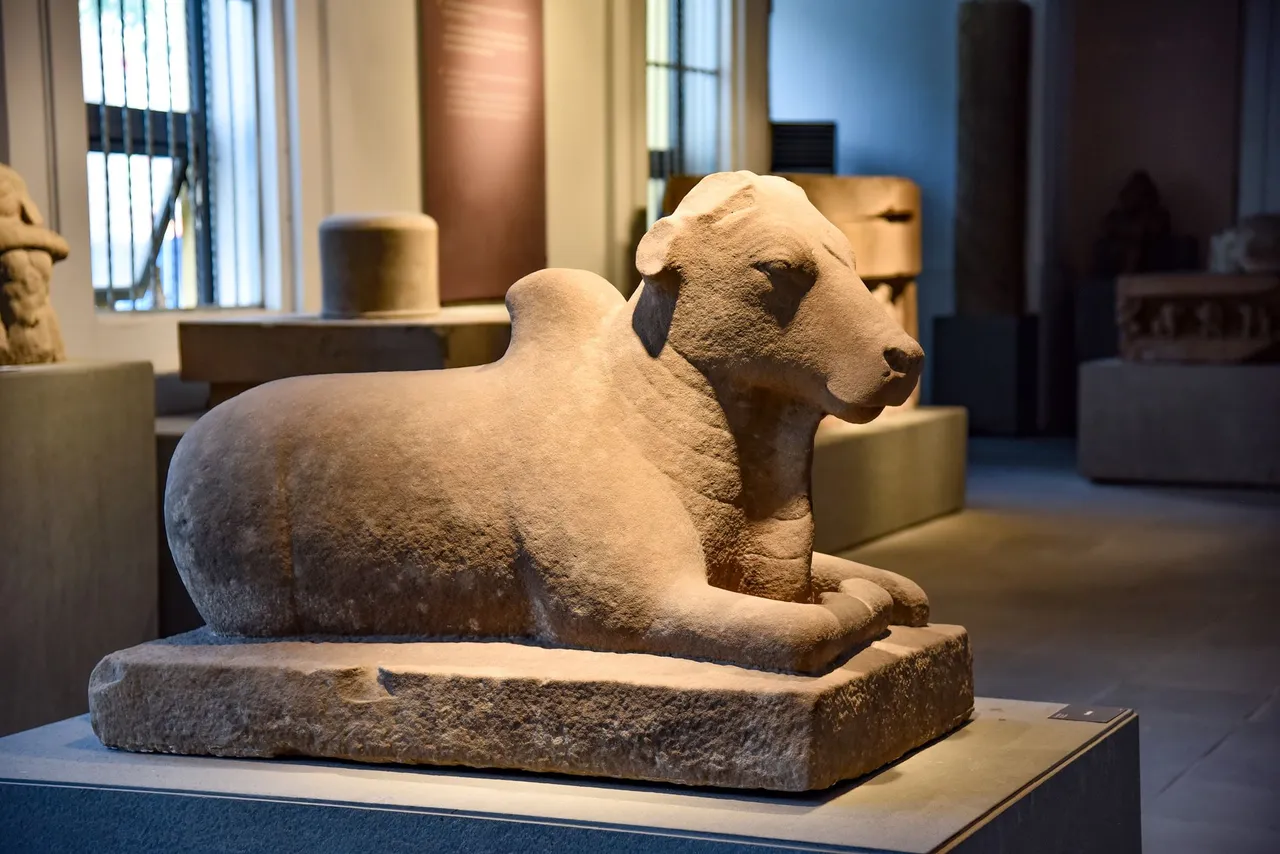
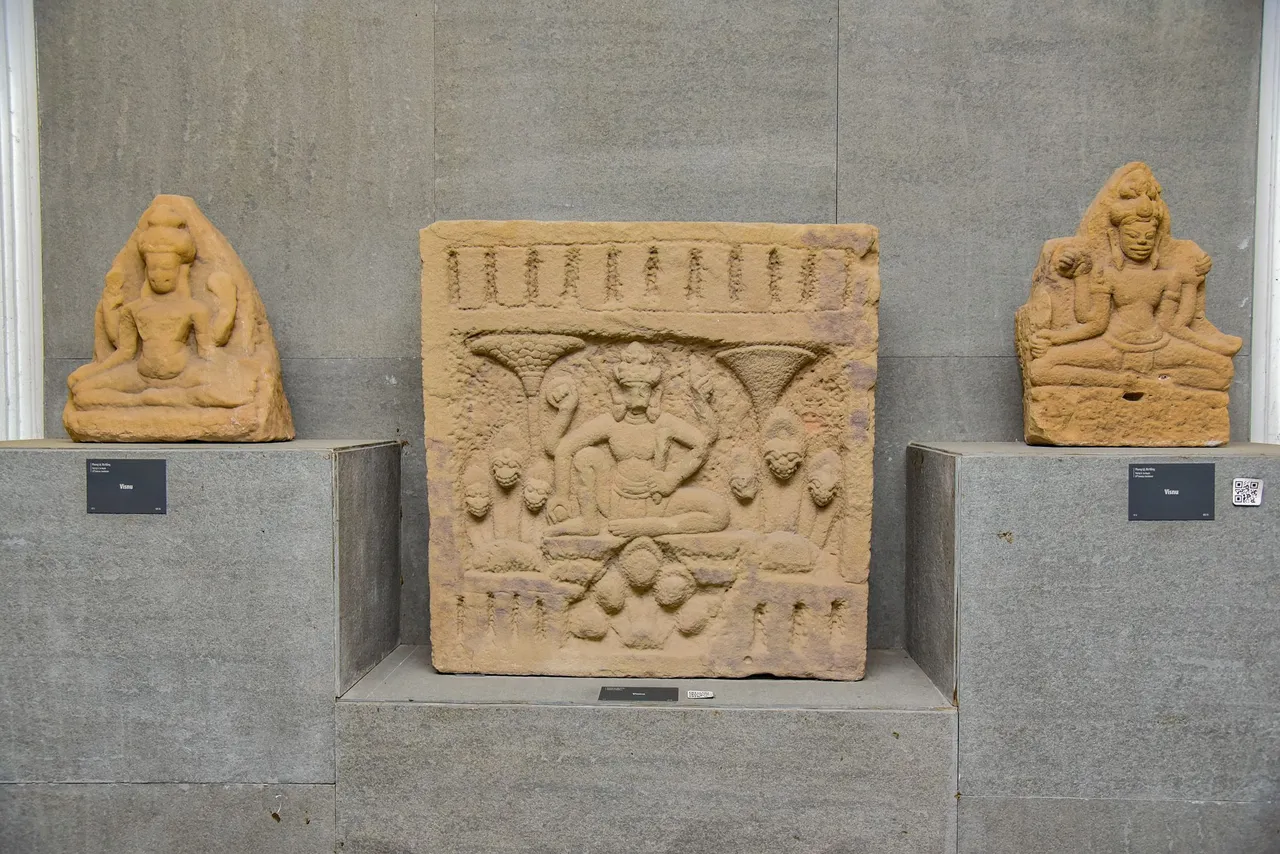
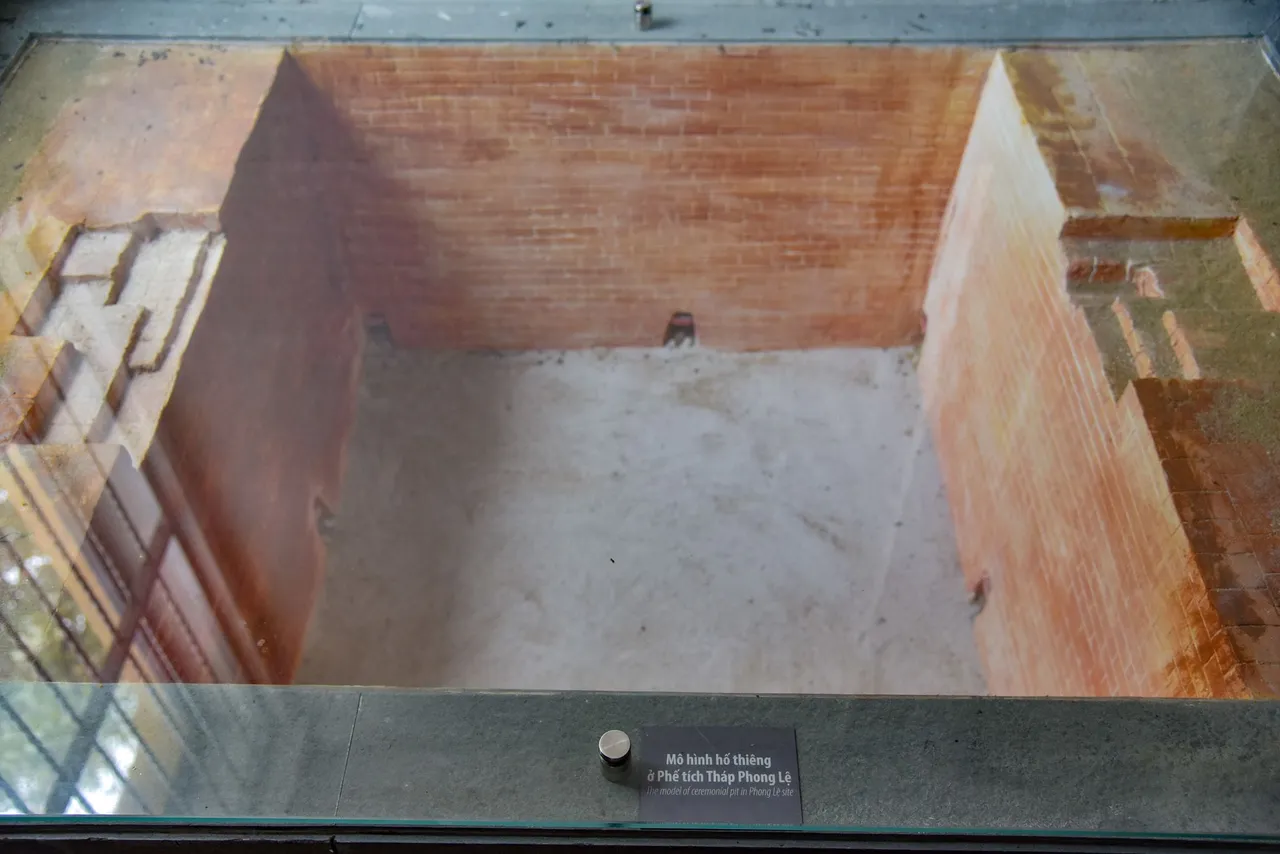
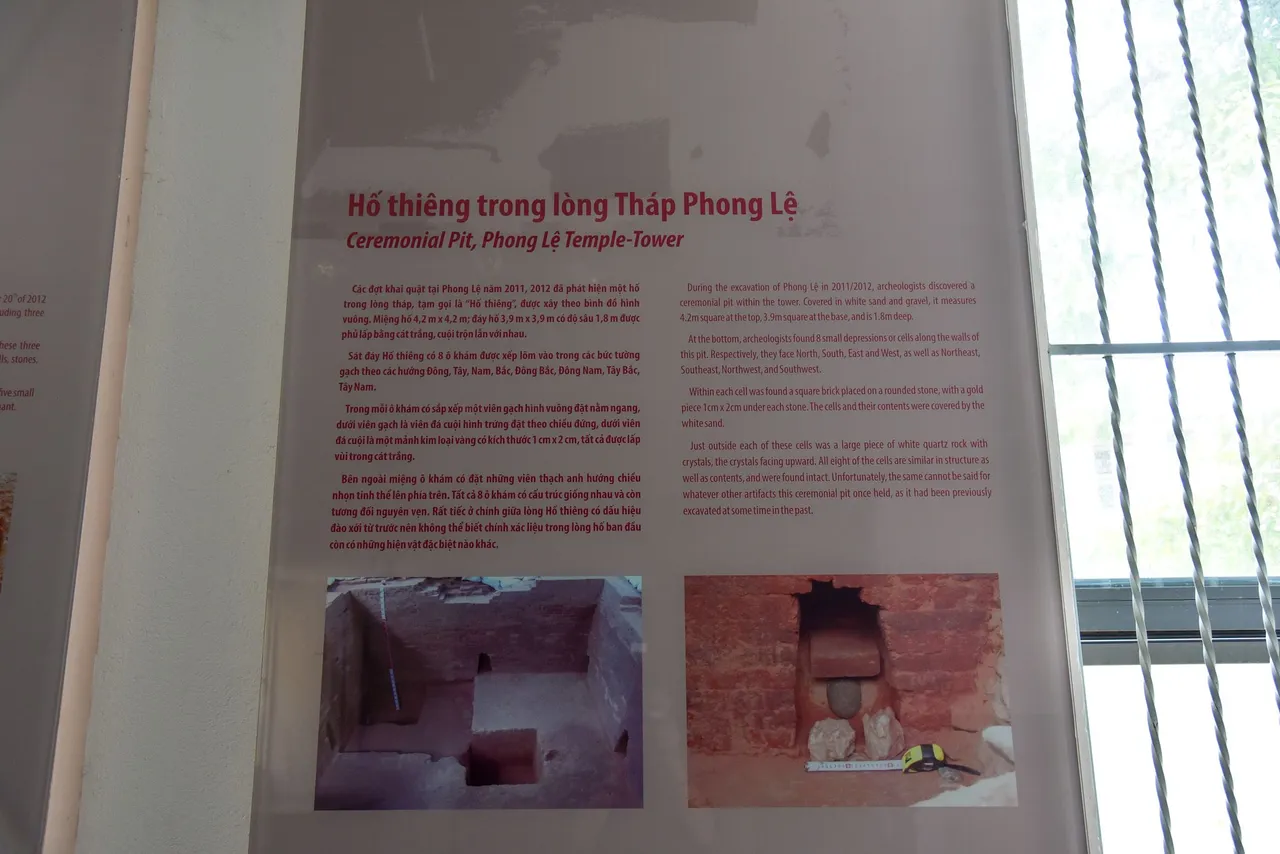
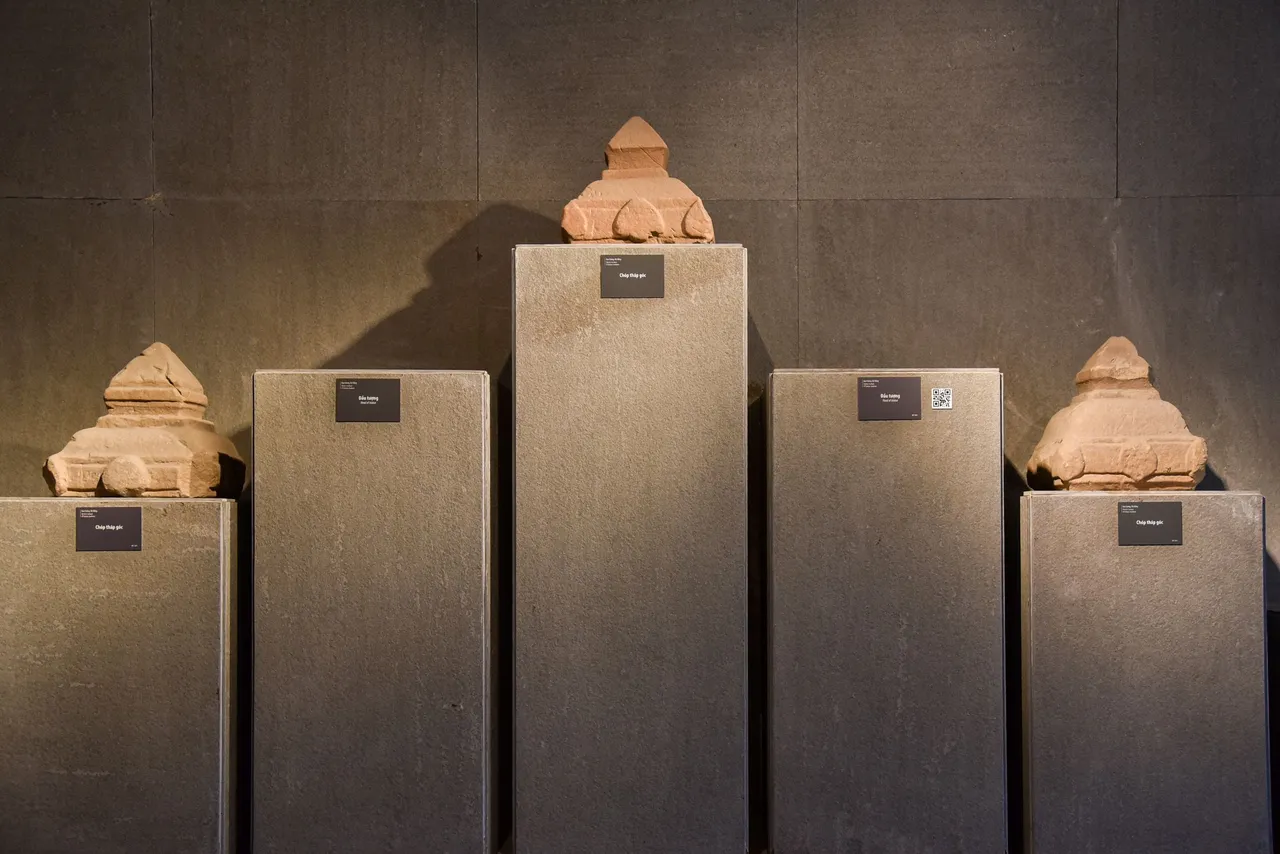
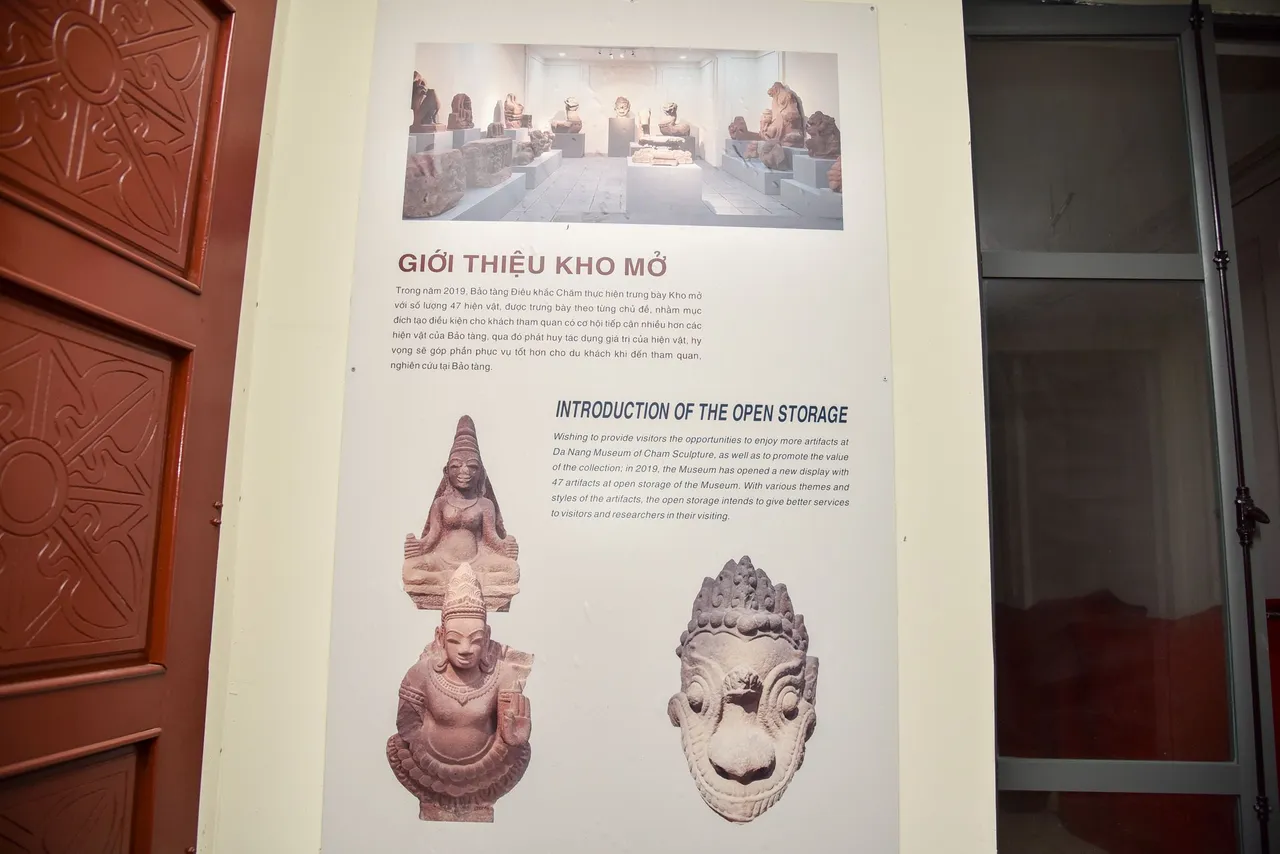
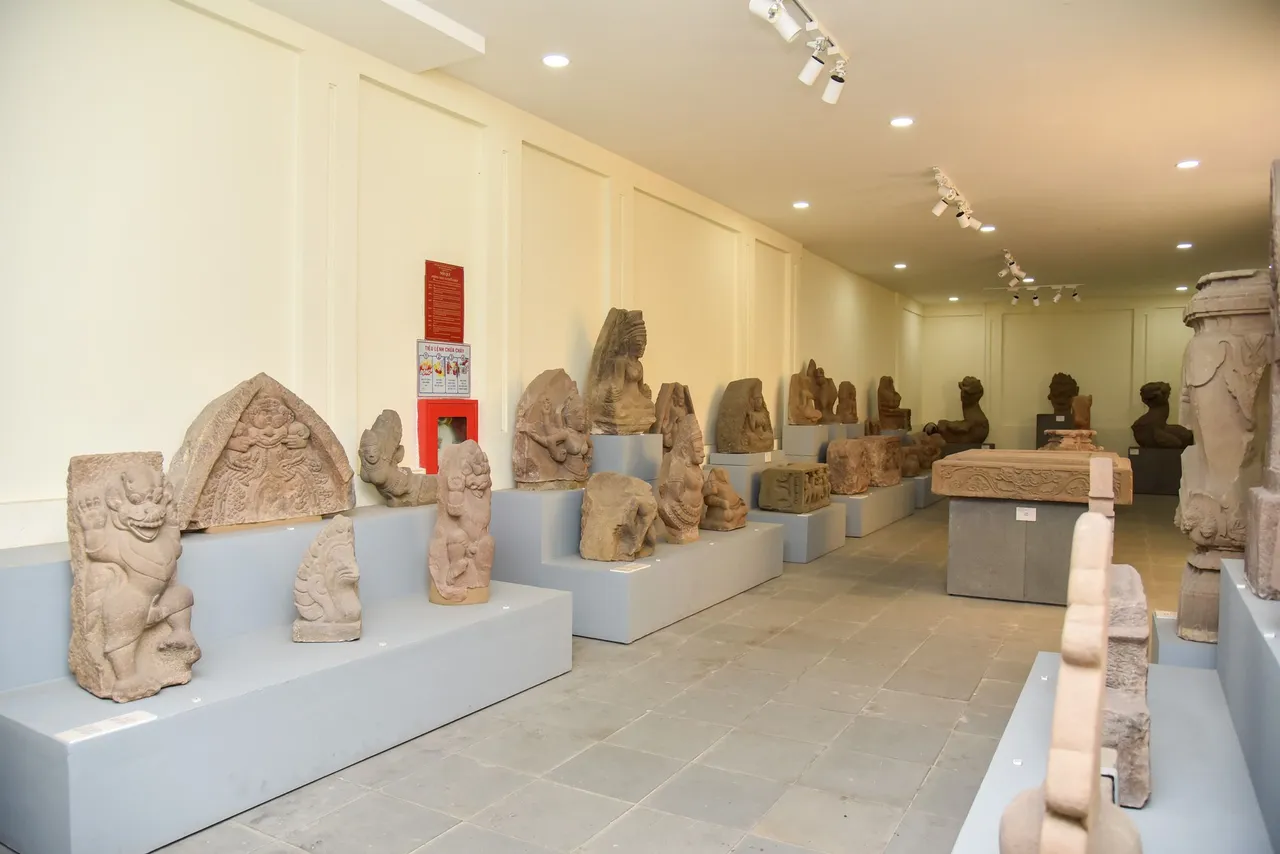
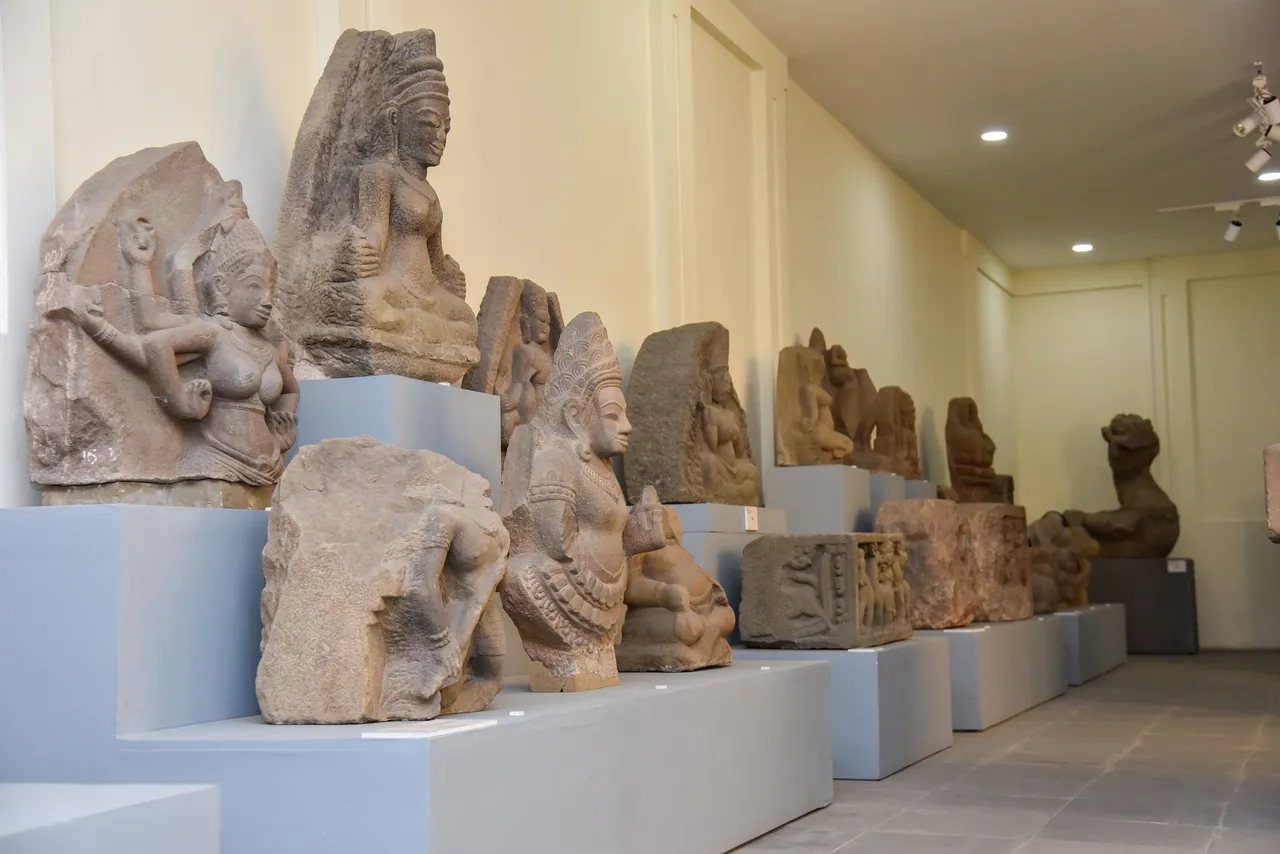

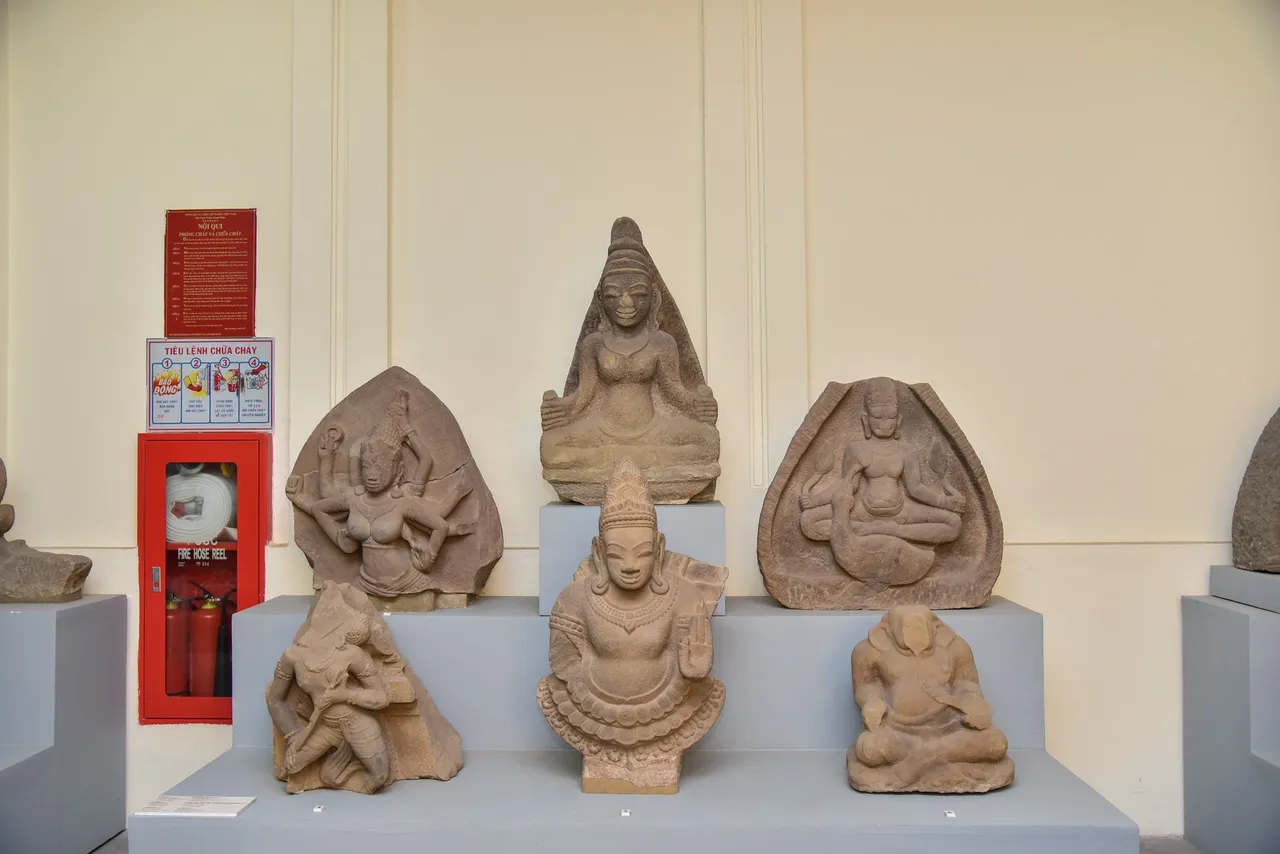
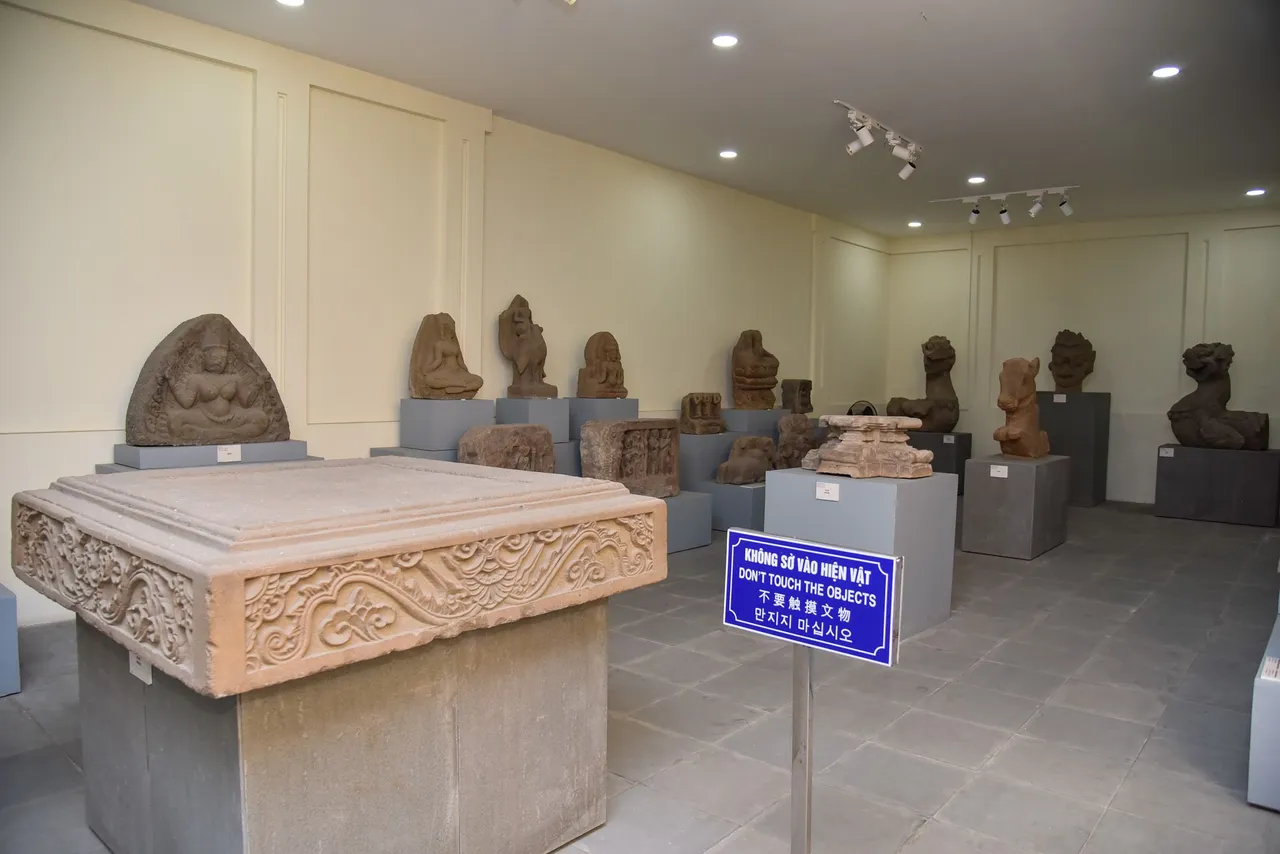
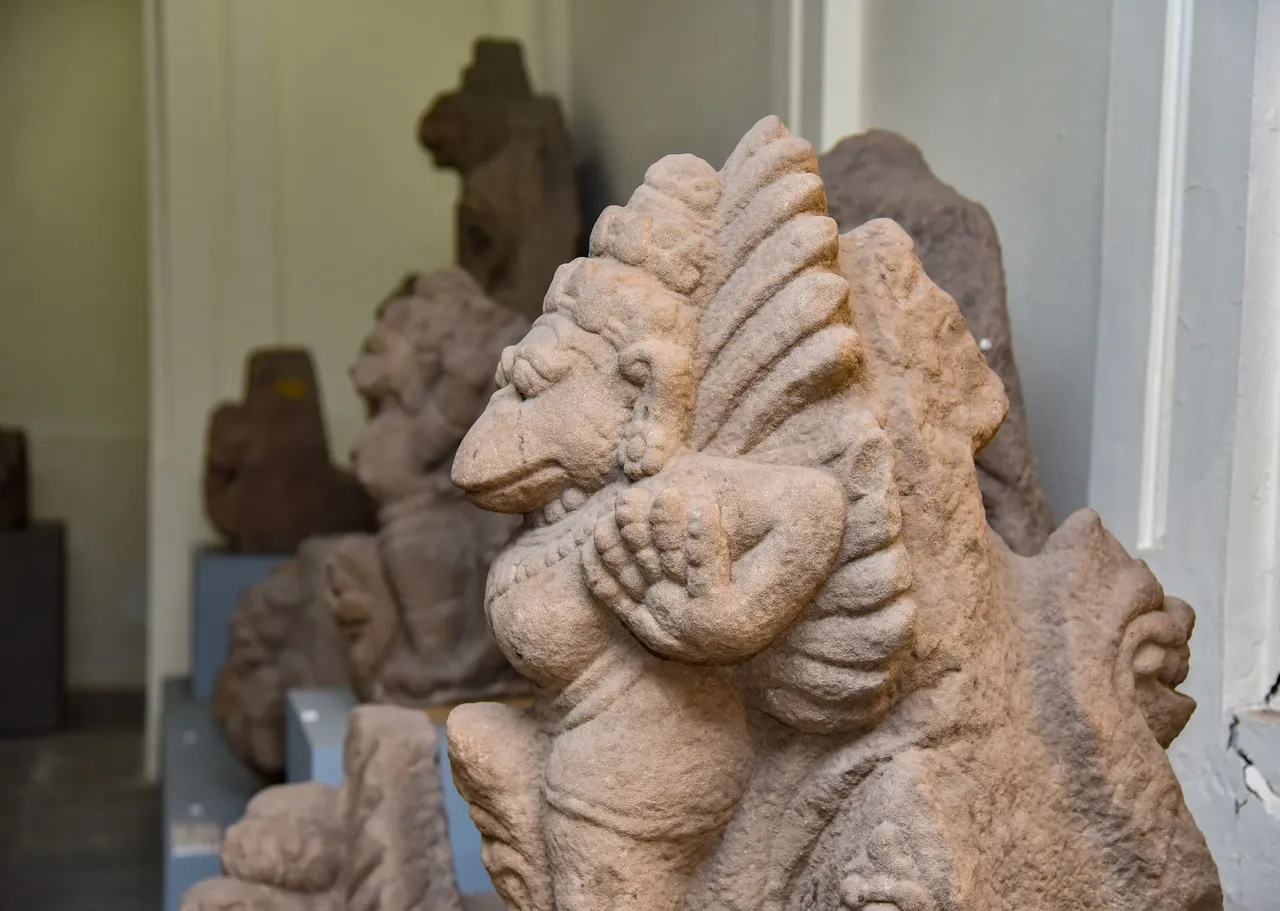

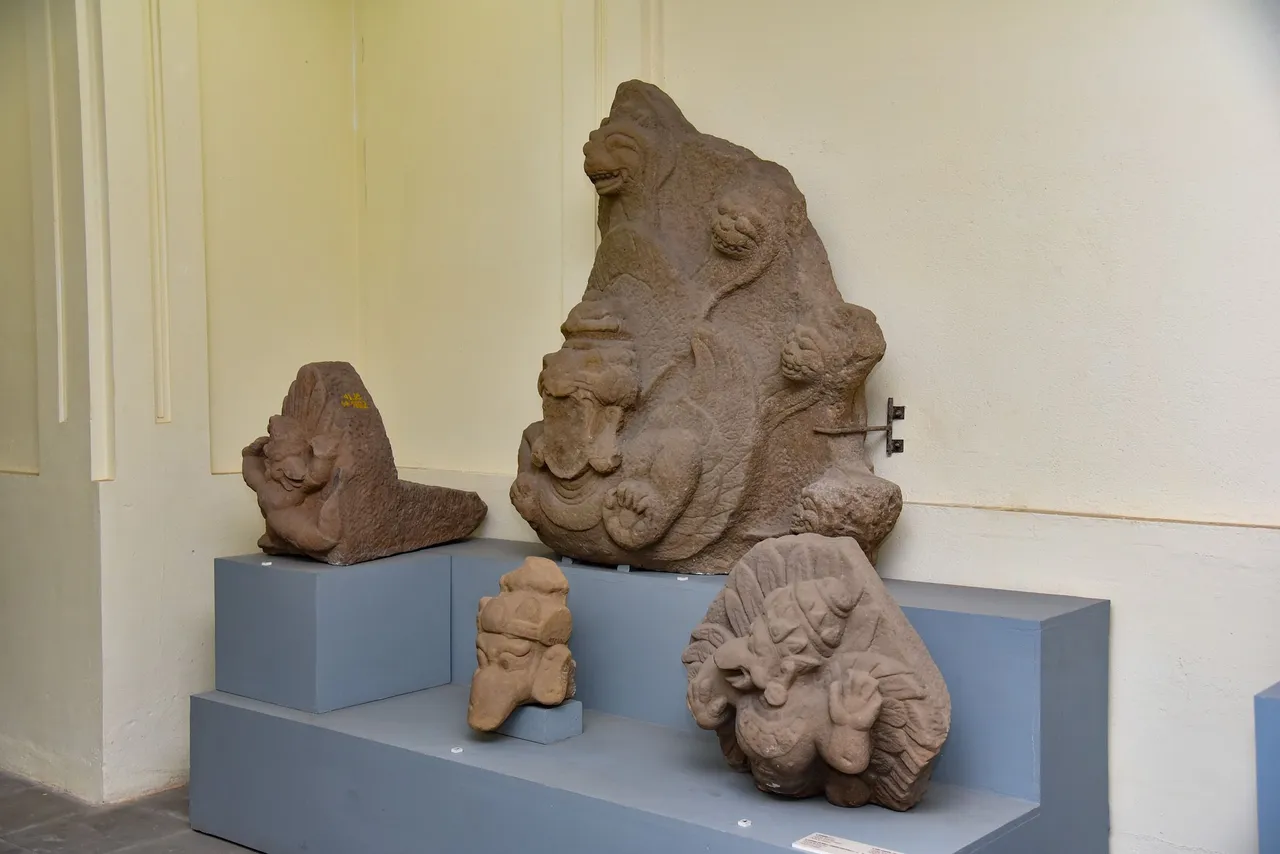

In the statues visitors will admire the statue of the god Garuda, in Indian legend, Garuda is the mount of the god Vishnu, including a rare and very unique dragon statue. This statue is nearly 1 meter high, made of sandstone material dating from the 12th century. This statue has two hind legs raised in the sky, the big head compared to the size looks very funny.
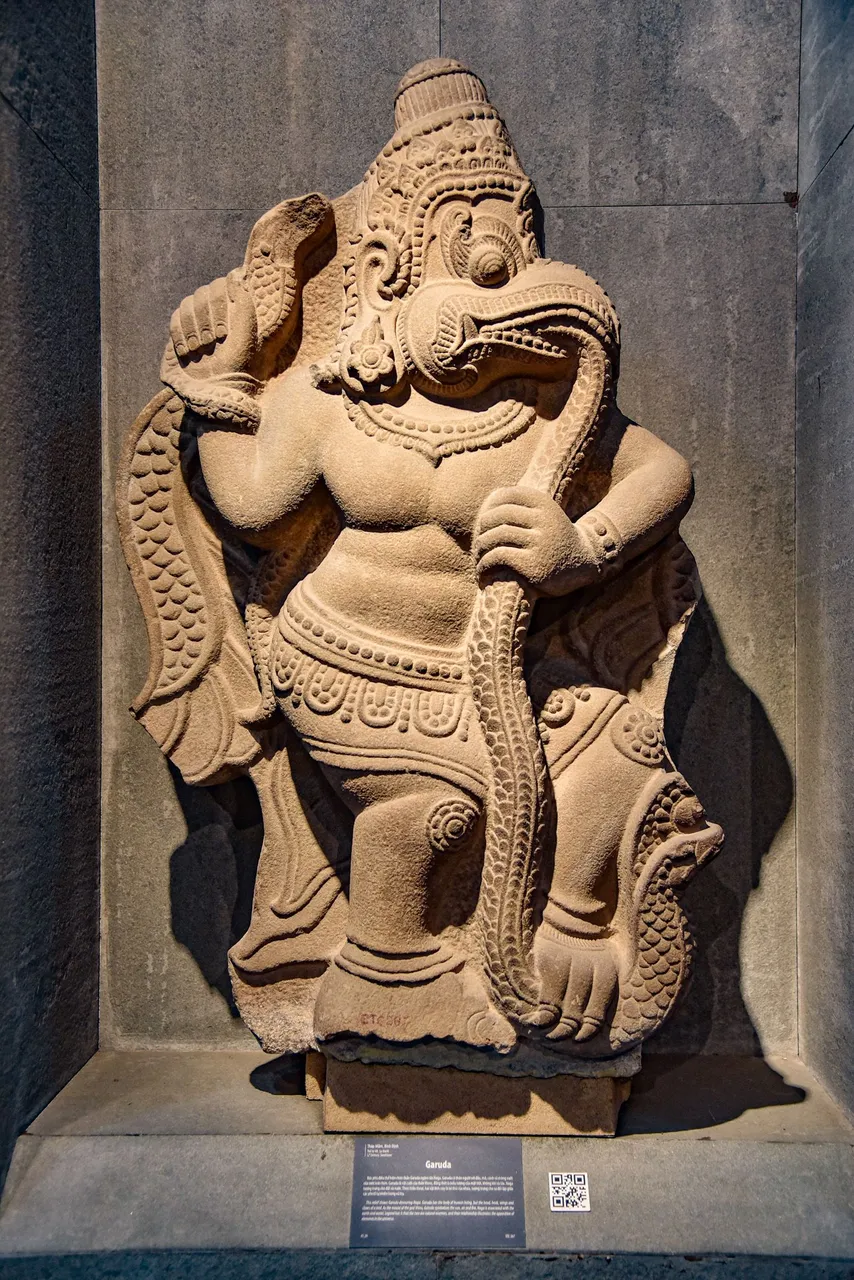
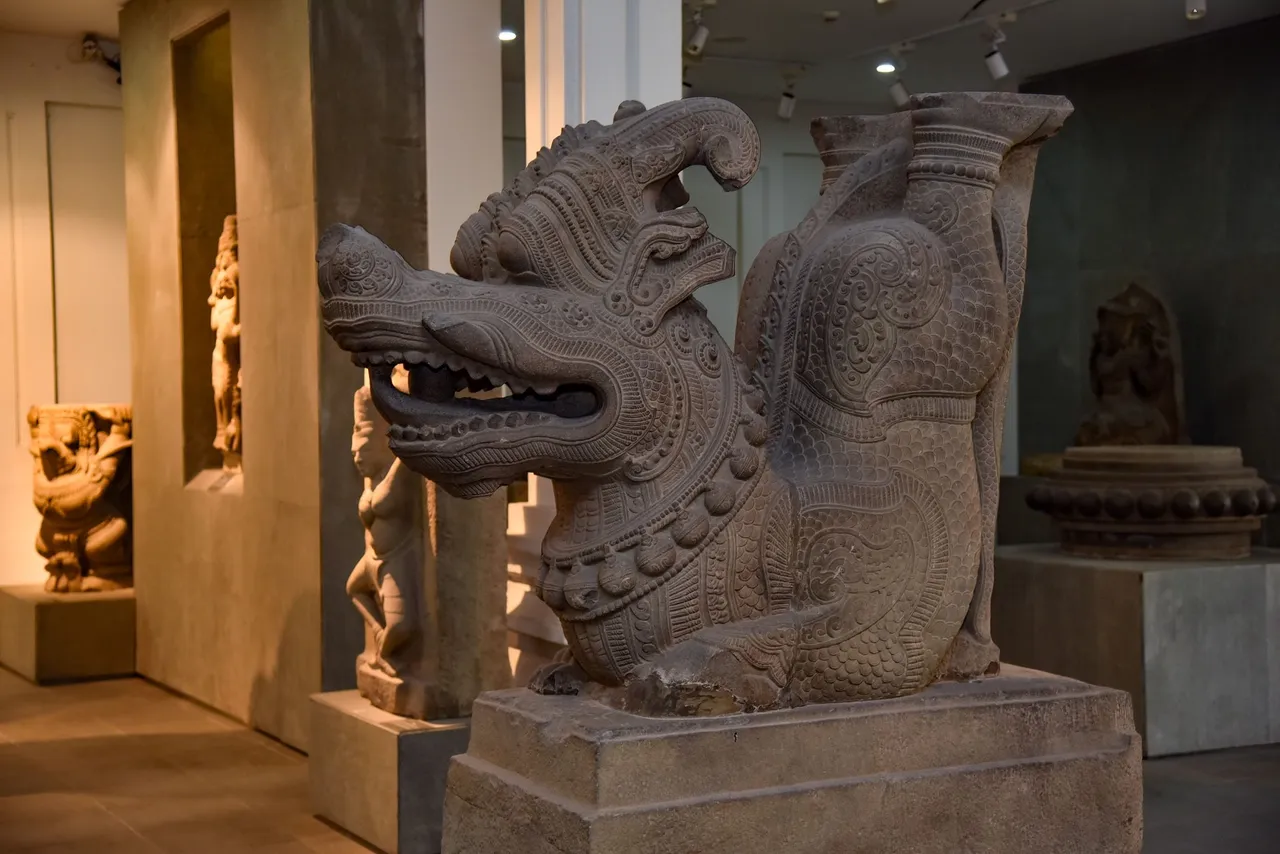
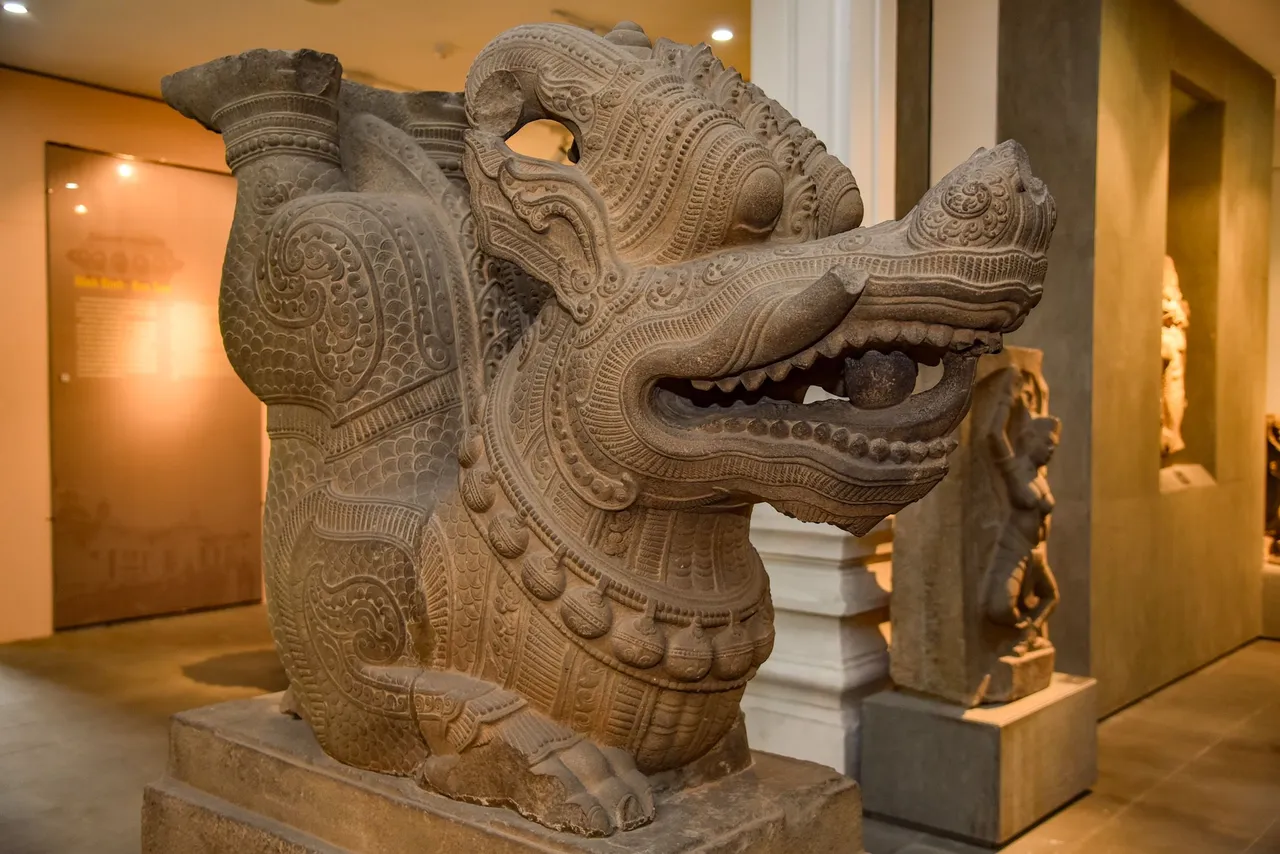
Nandi is the riding mascot of Lord Shiva.
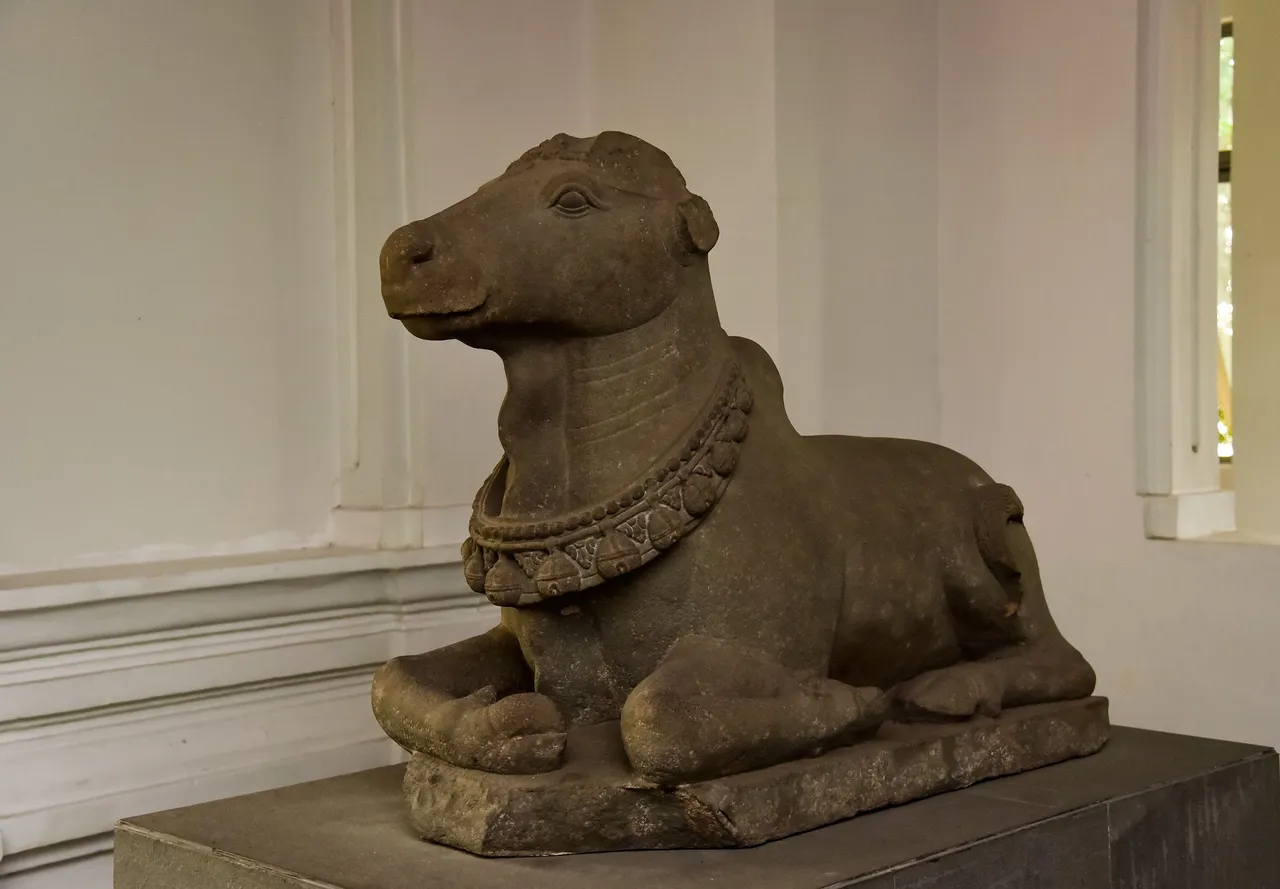
God Ganesha, this is a revered god of Hinduism, god Ganesha is the son of goddess Parvati and God Shiva
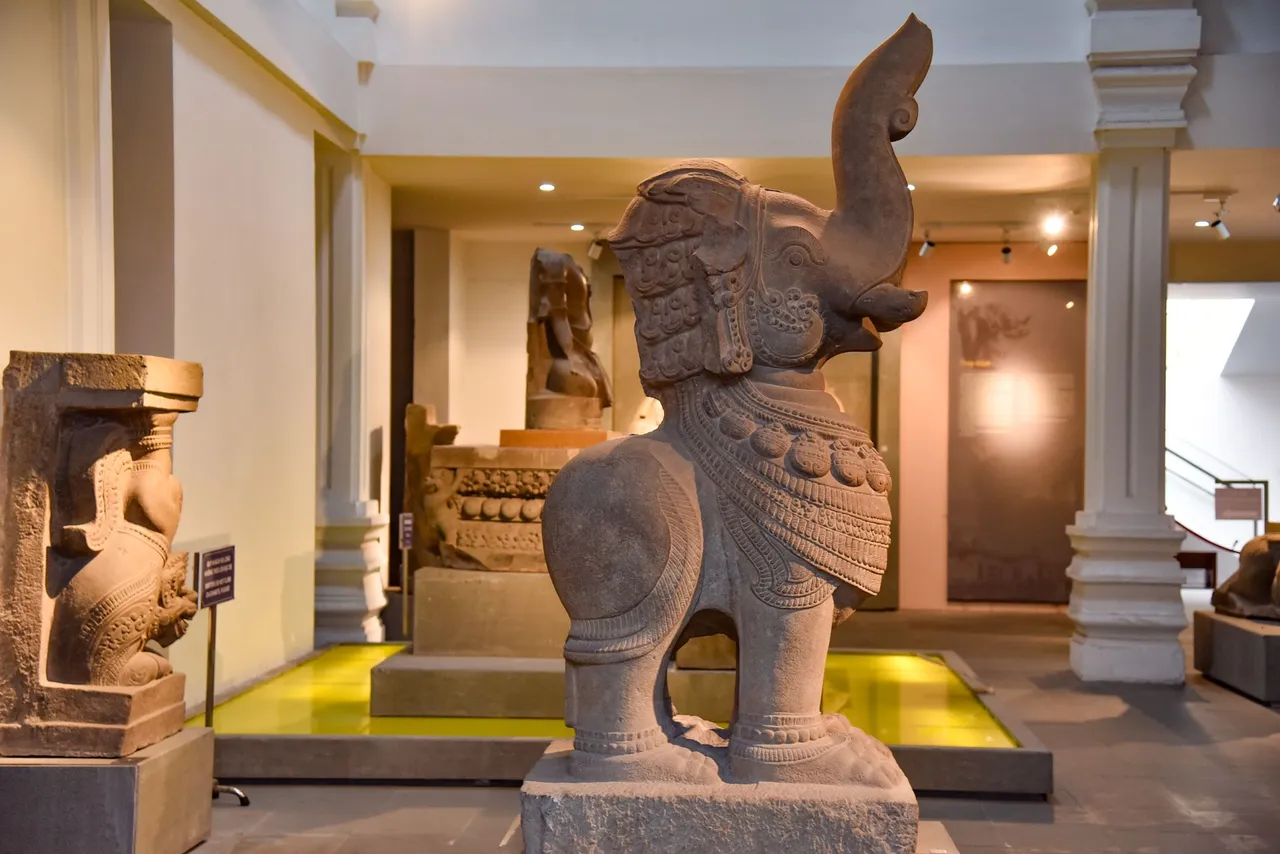
The Cham-Pa Sculpture Museum consists of 2 floors, if the first floor is the place to store Cham sculptures, the second floor is the Cham gallery today. In addition, the second floor is also a place to keep a room of Sa Huynh ceramics, Sa Huynh ceramics are all made of terracotta, although the works have been damaged over time, ancient Cham-Pa ceramics today still exist. passed on to future generations. Today, Cham culture is still preserved in Ninh Thuan province, on the second floor there is an image gallery, where visitors can look back on past images, during the development period of the museum here. In today's article, I only briefly introduce the museum's artworks. I will have an article about the gods of the Champa people and the My Son holy site, which is one of the world's cultural heritages recognized by Unesco in 1999. Hope everyone will like it. this post, see you all in my next post.
